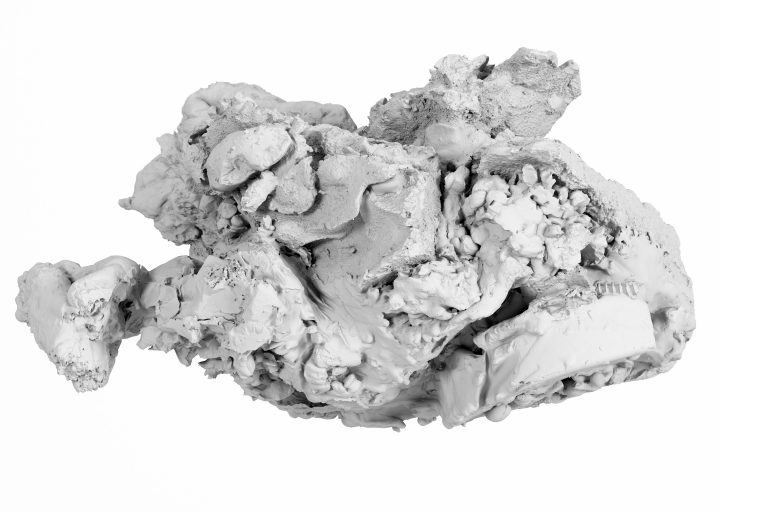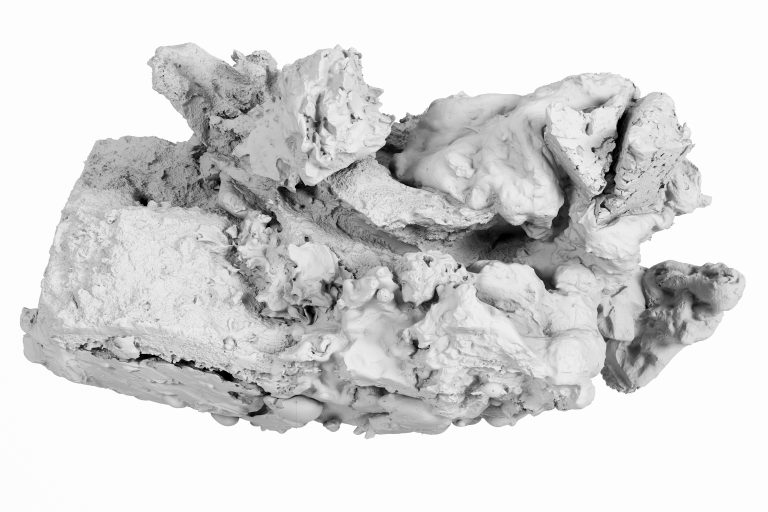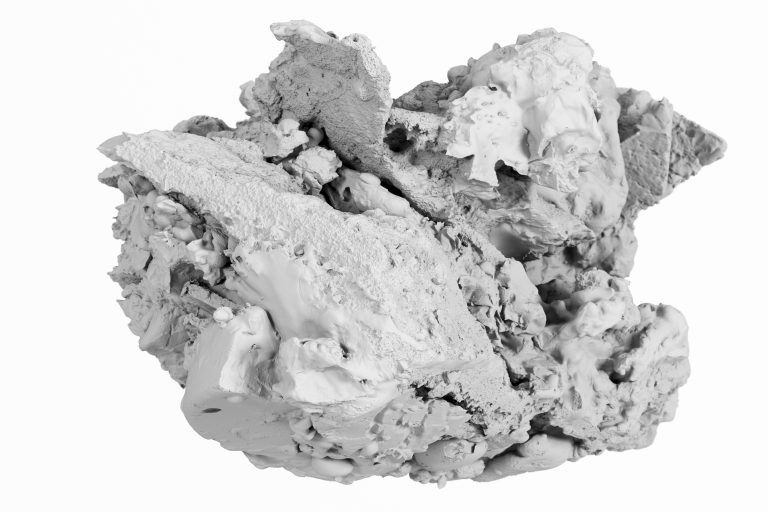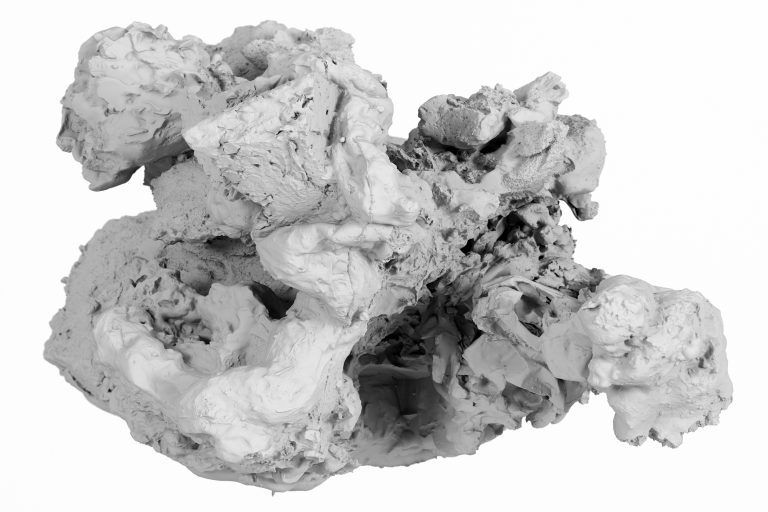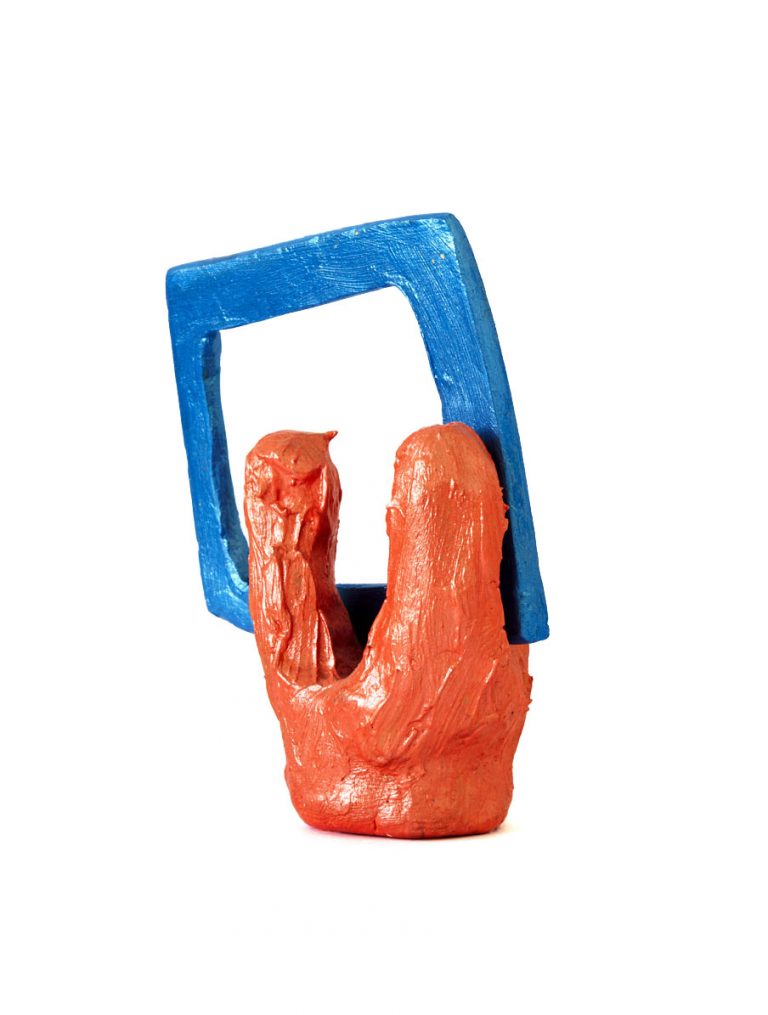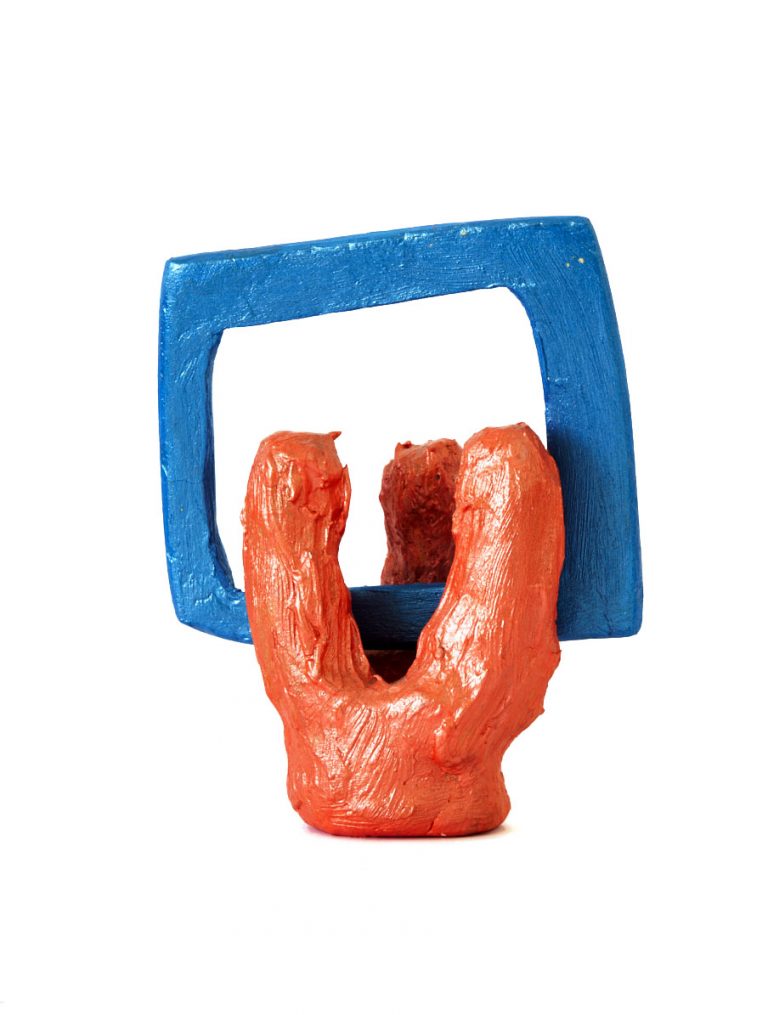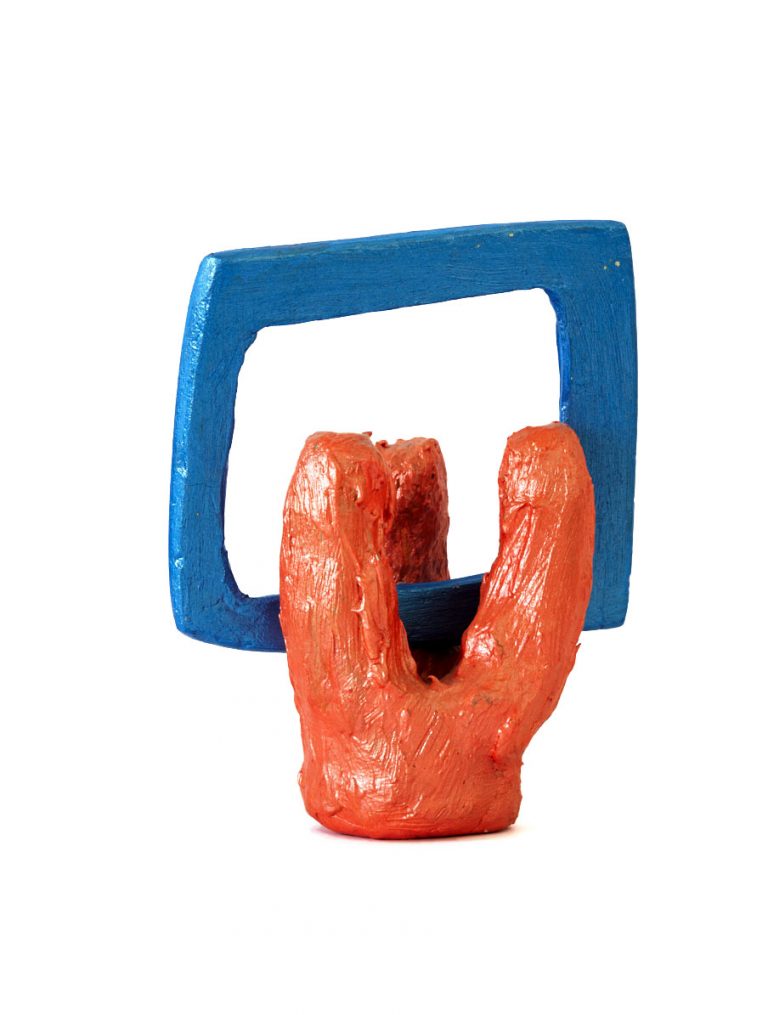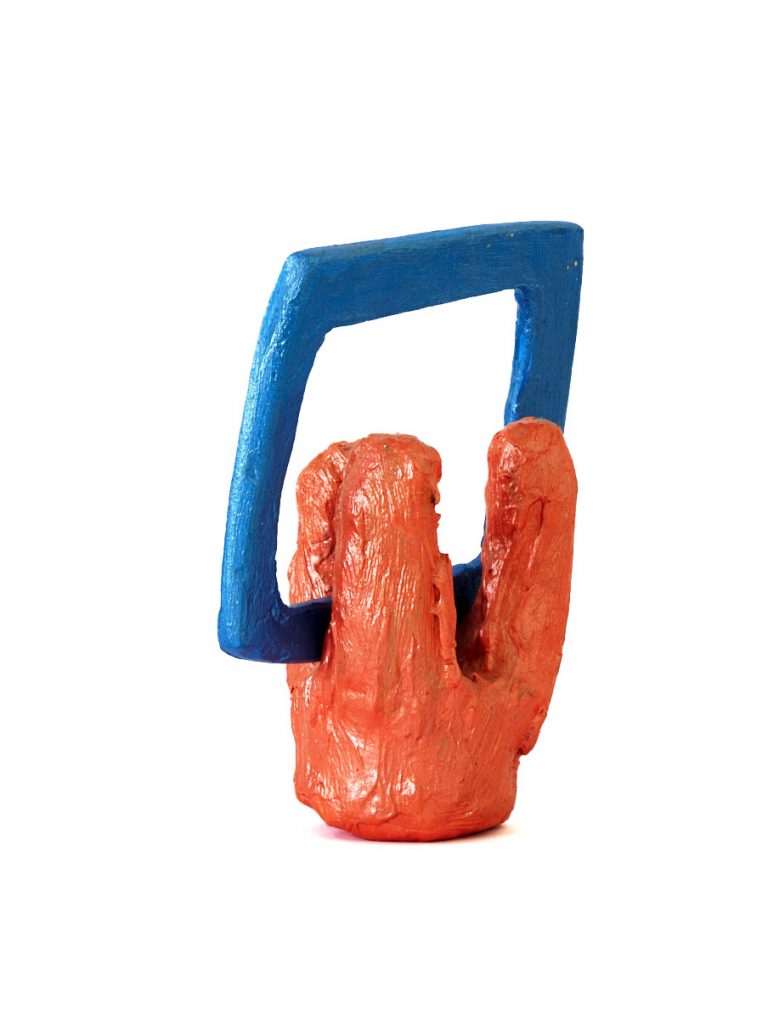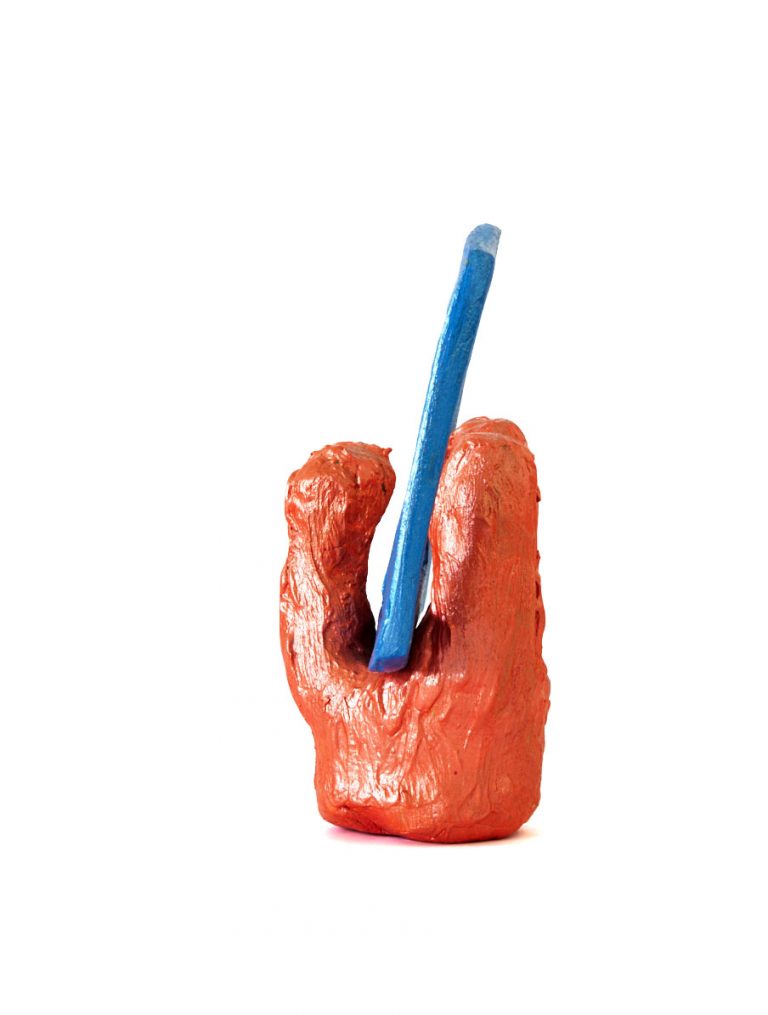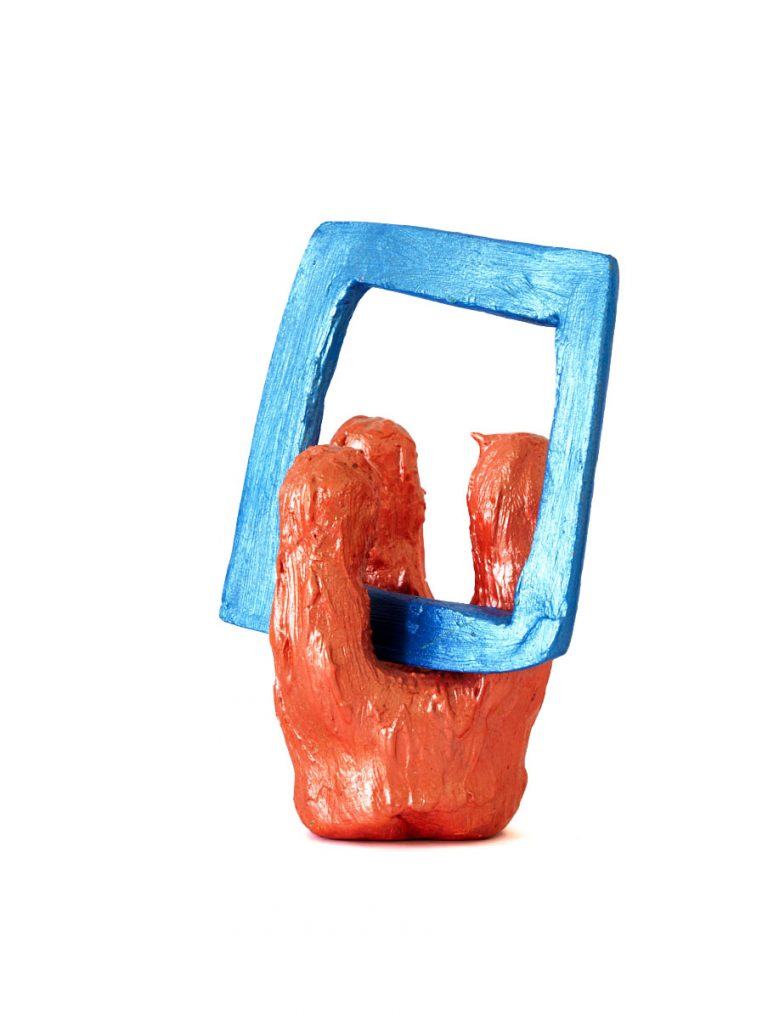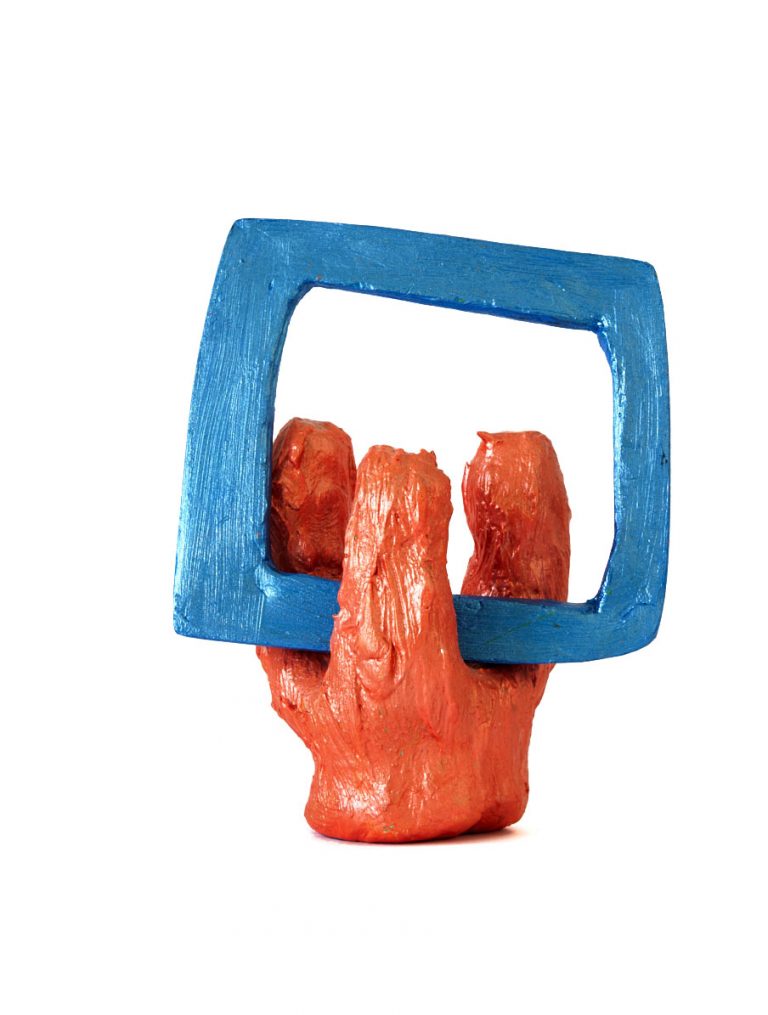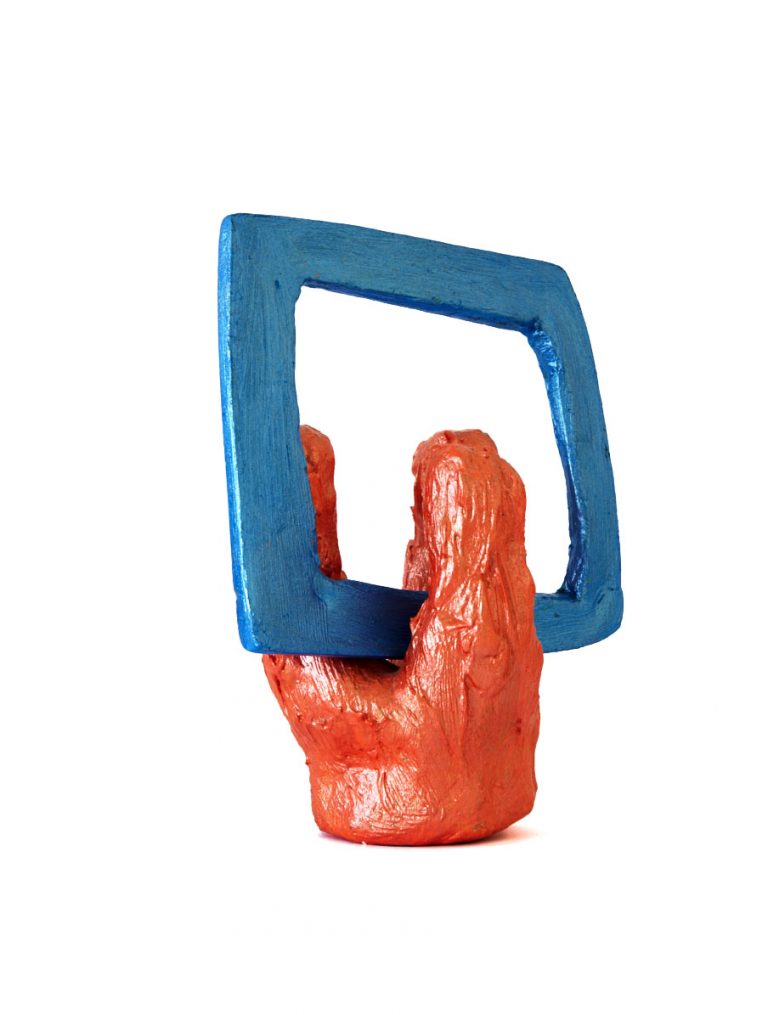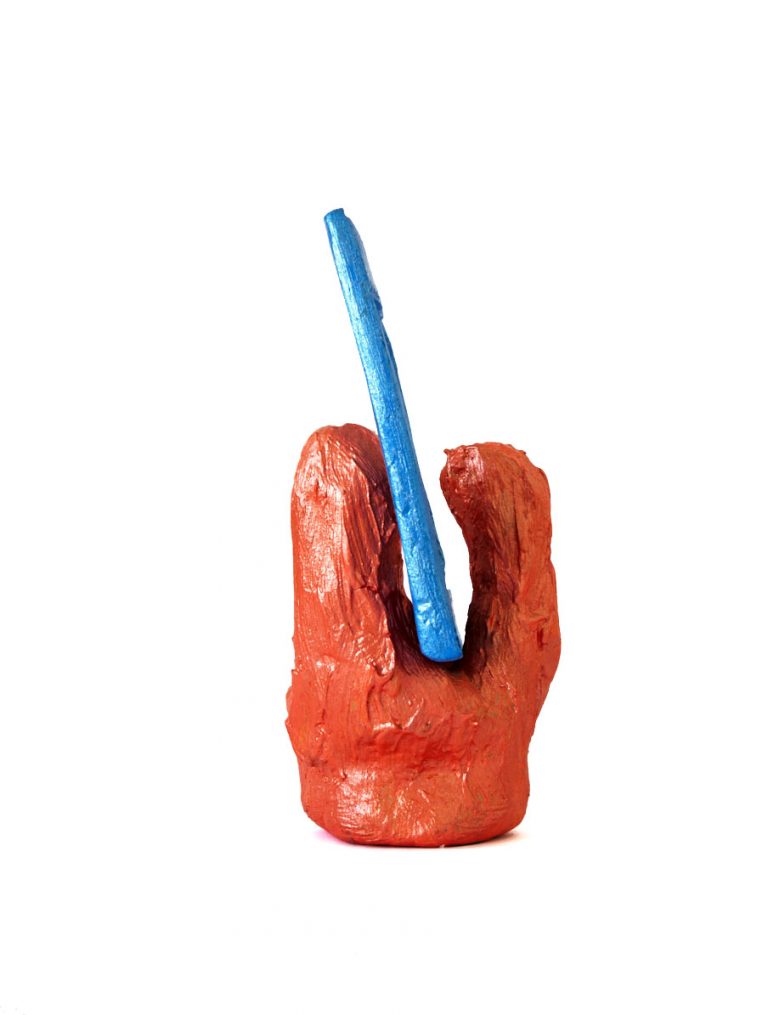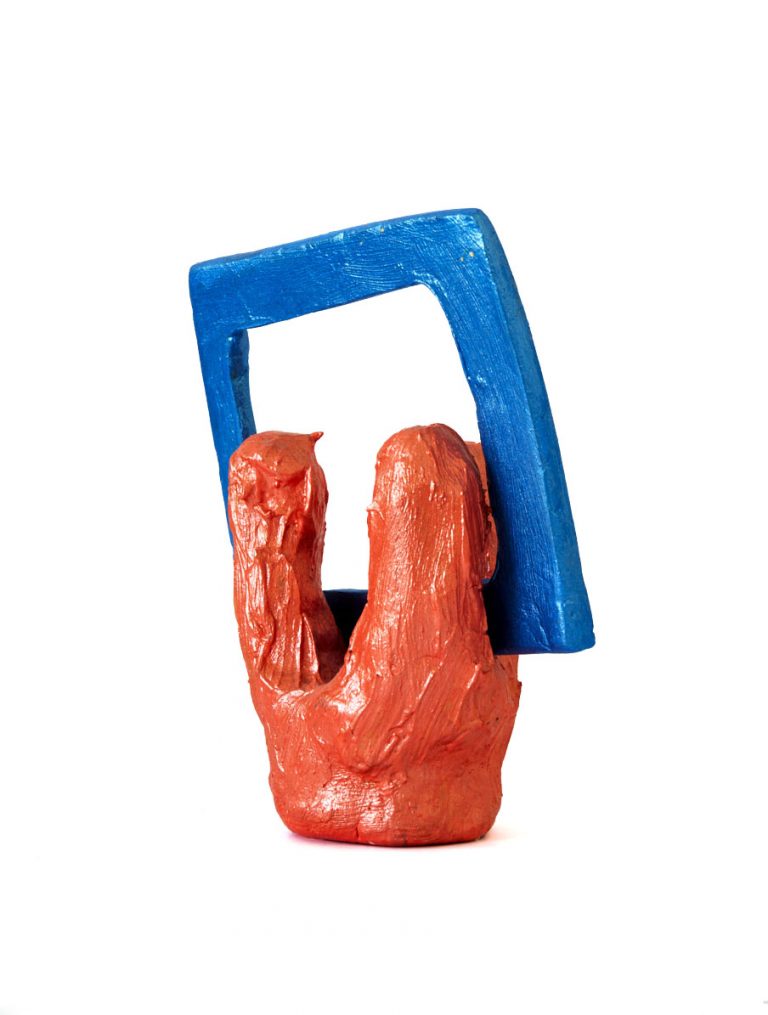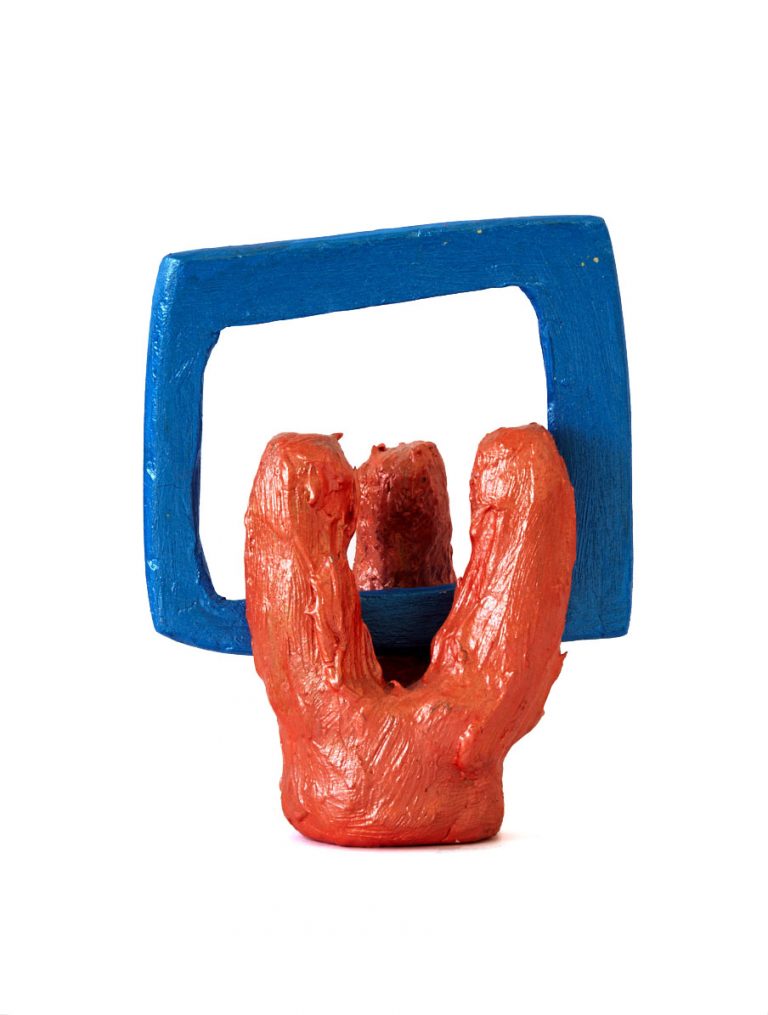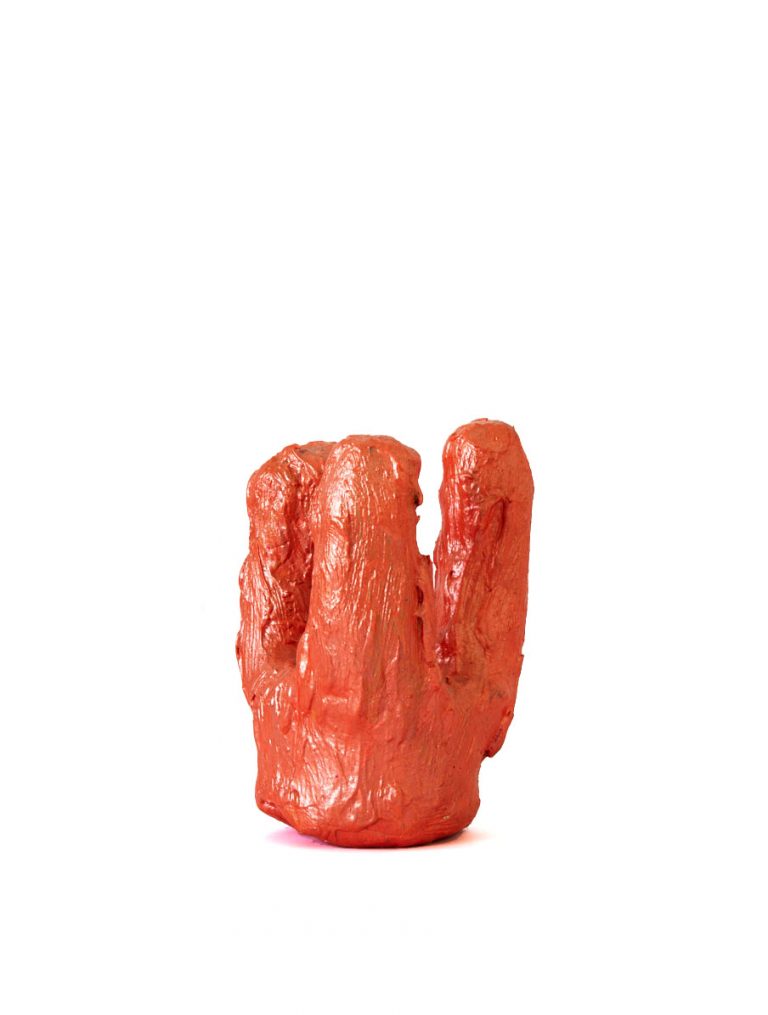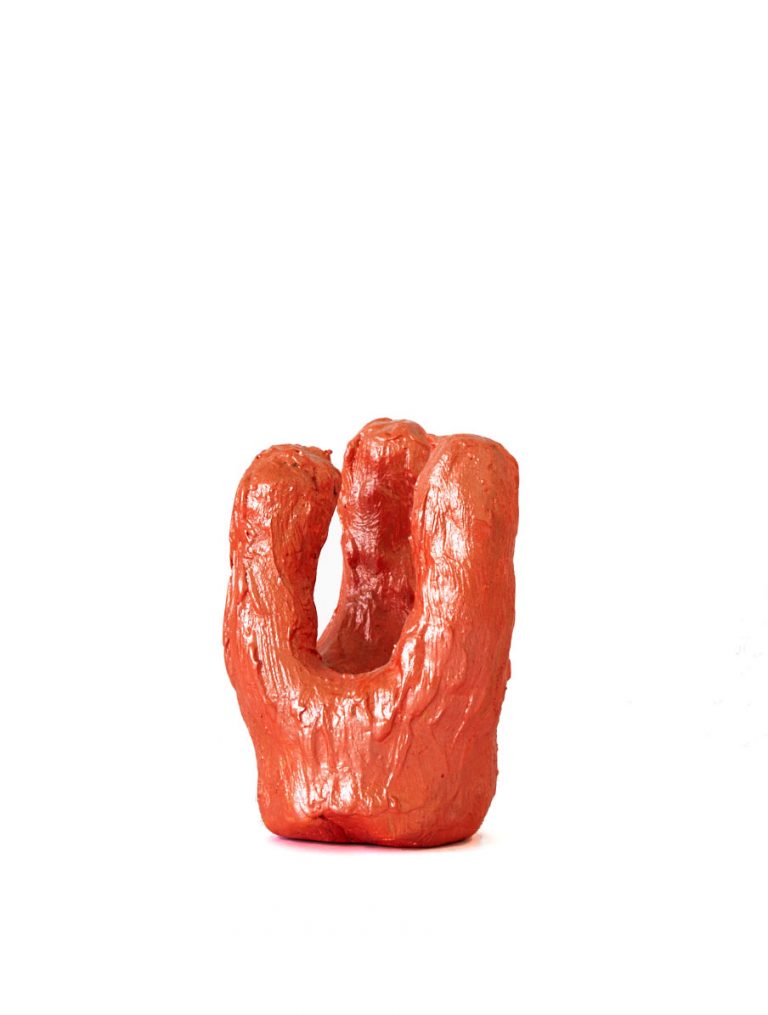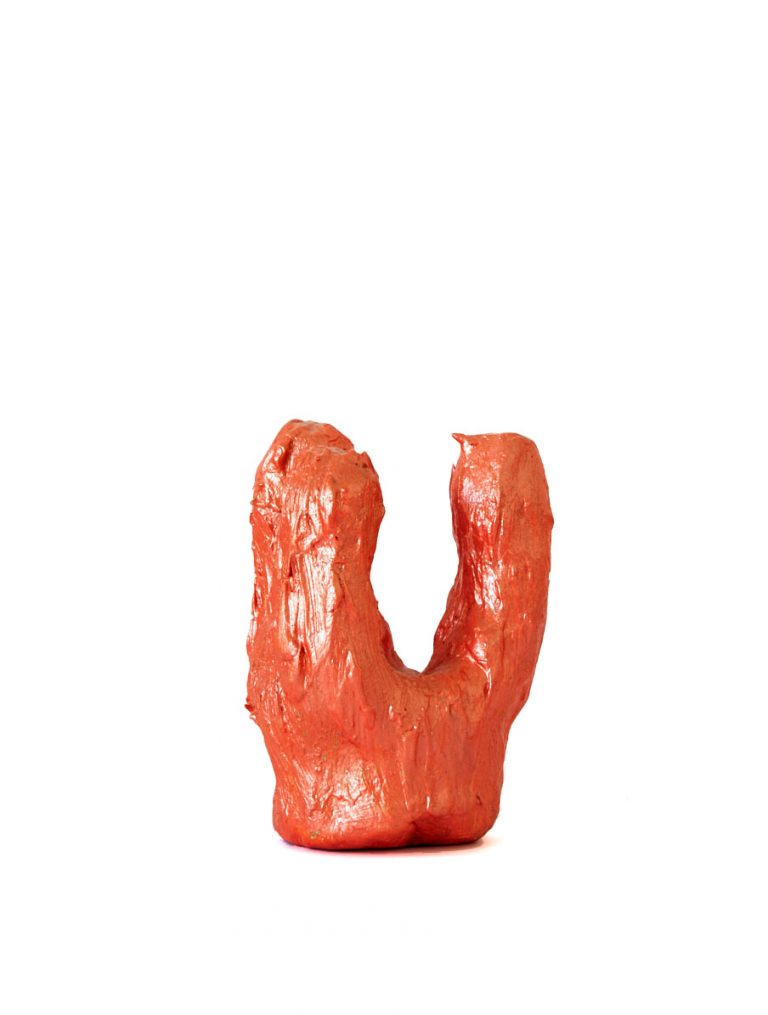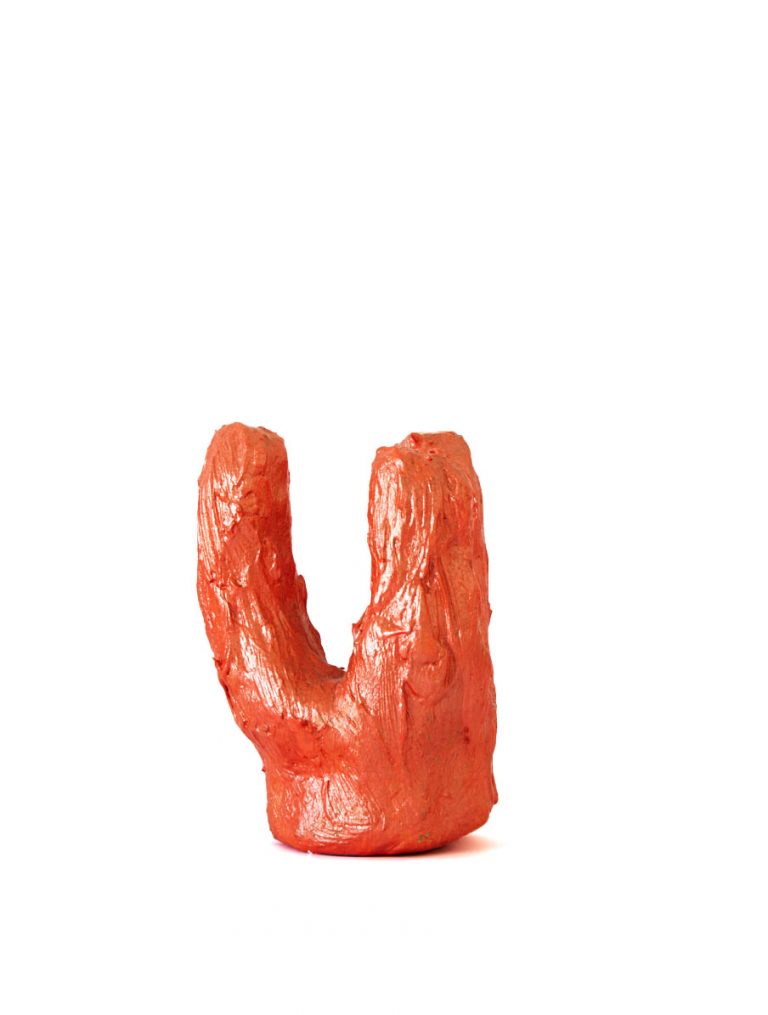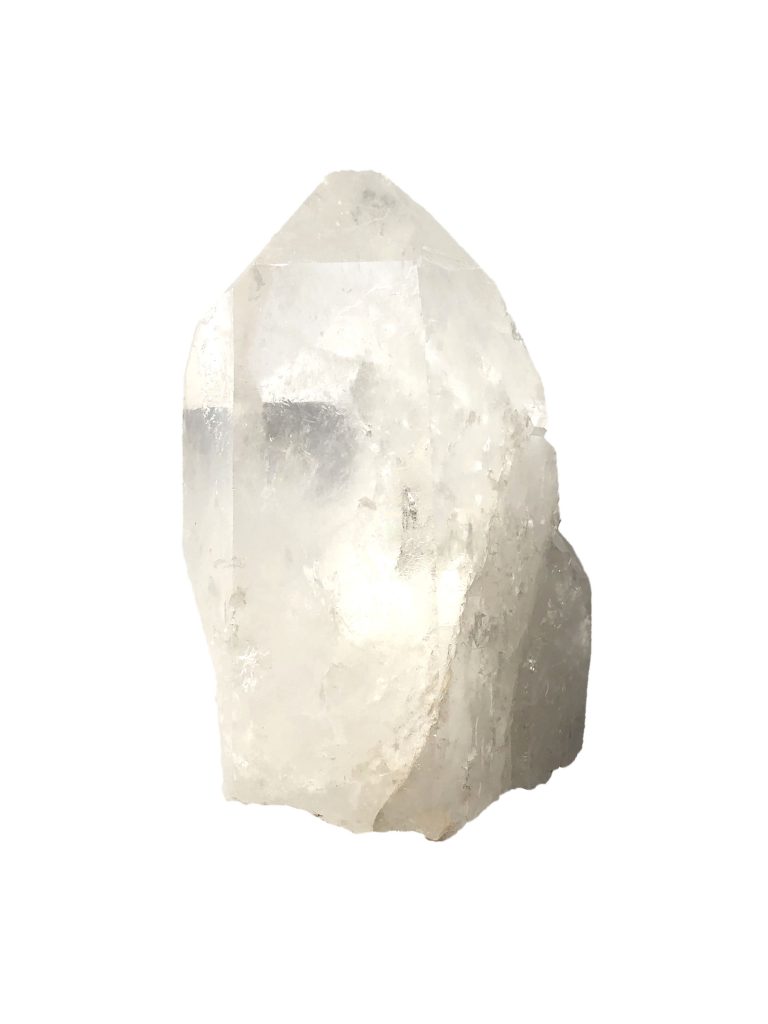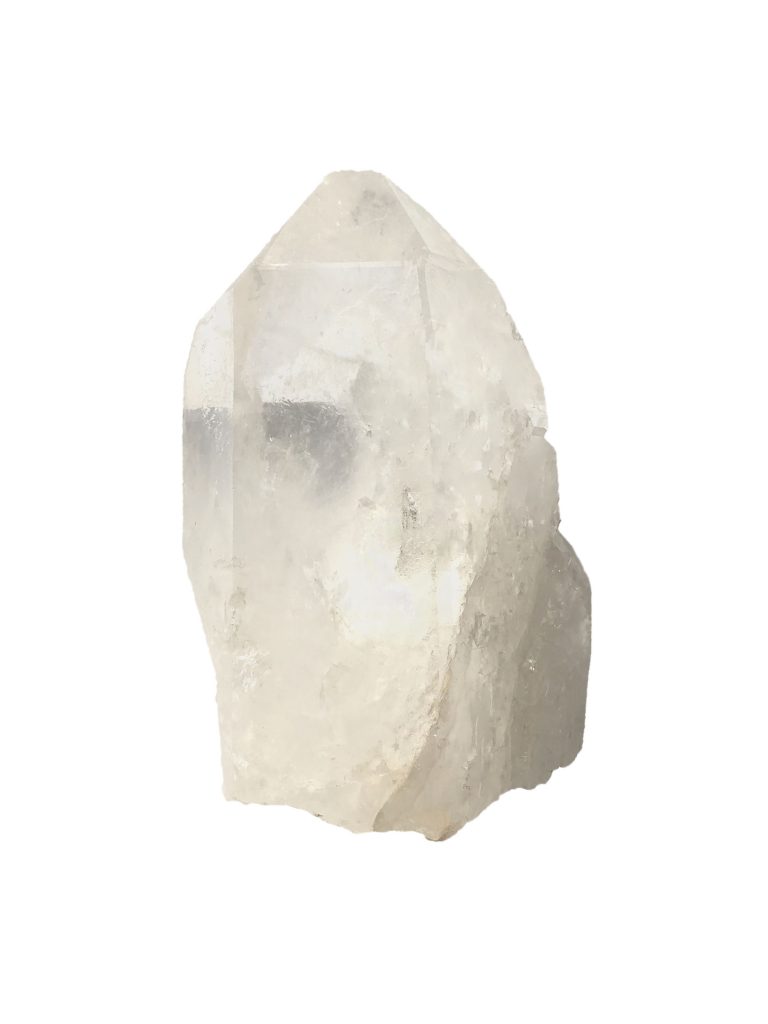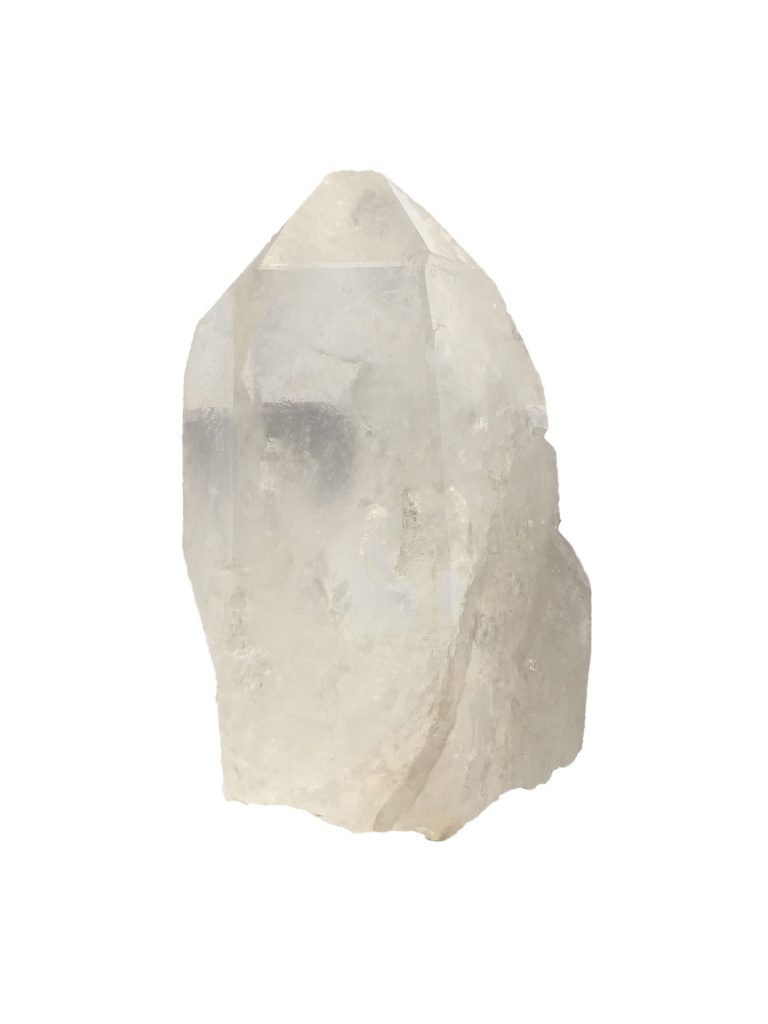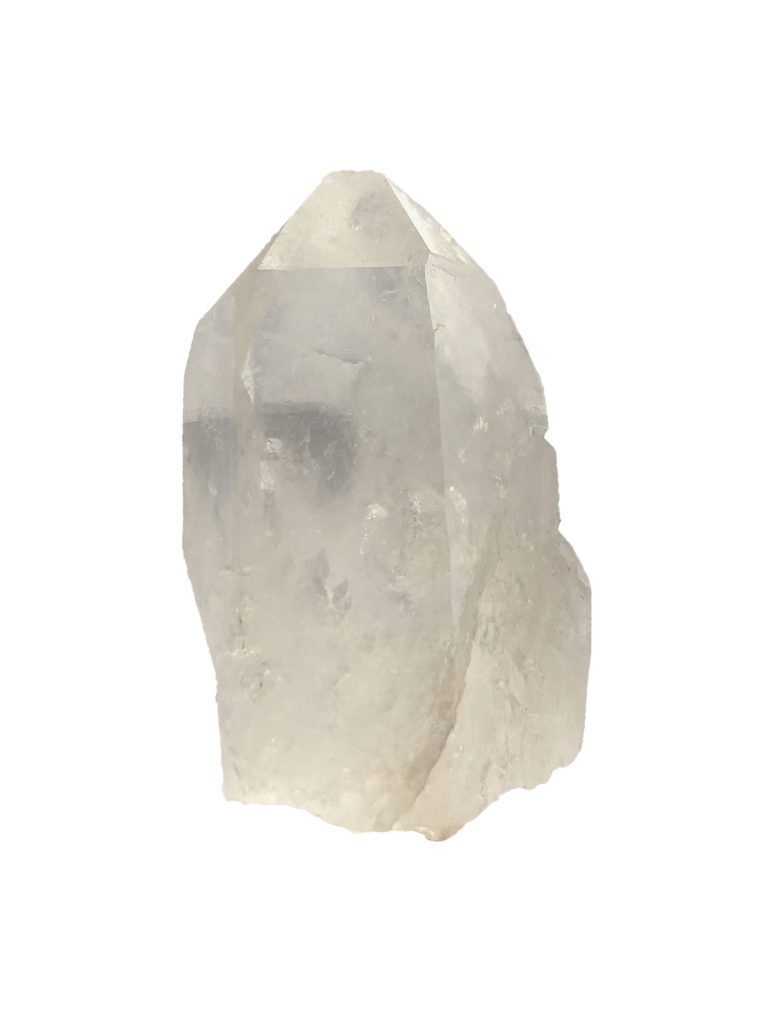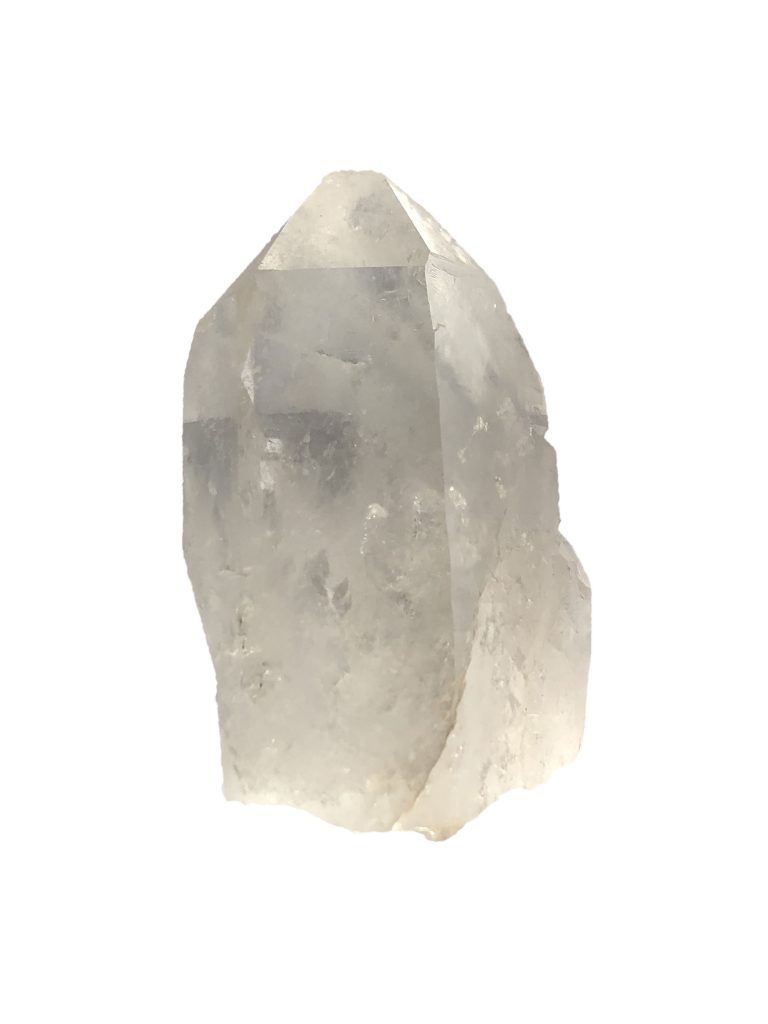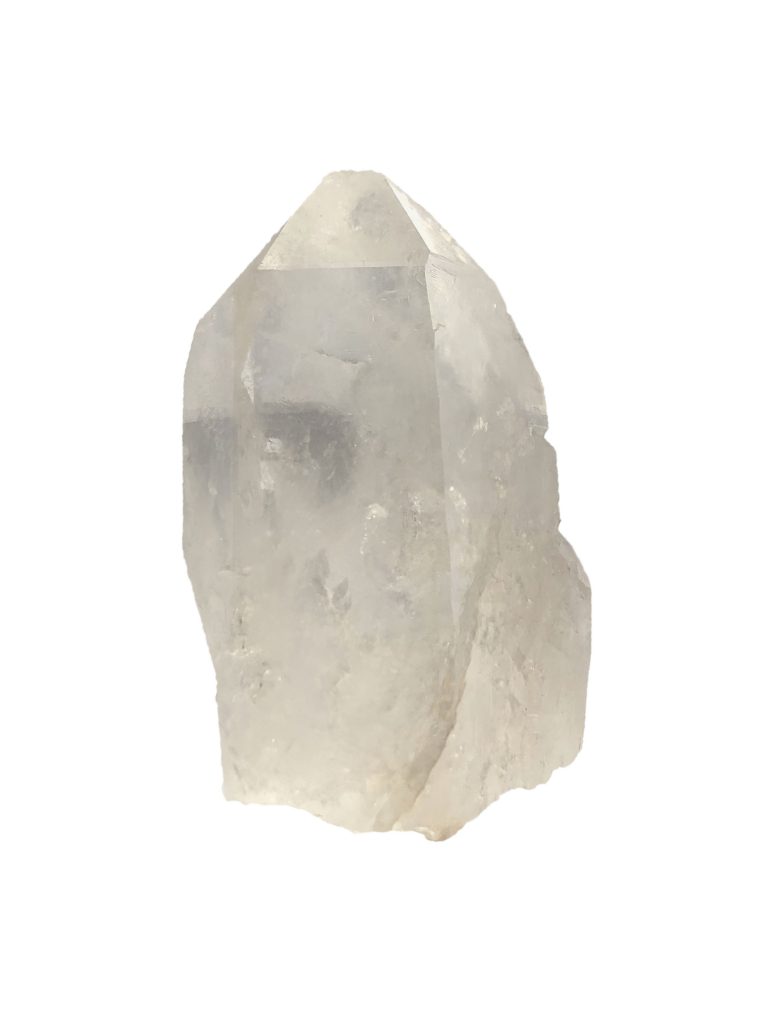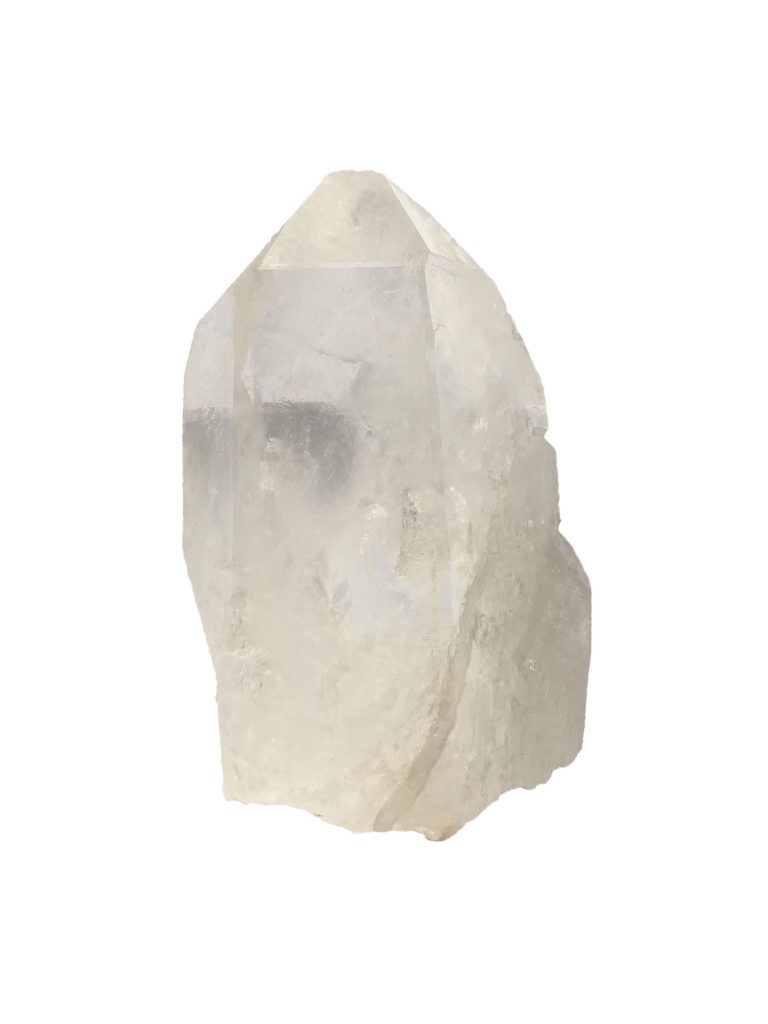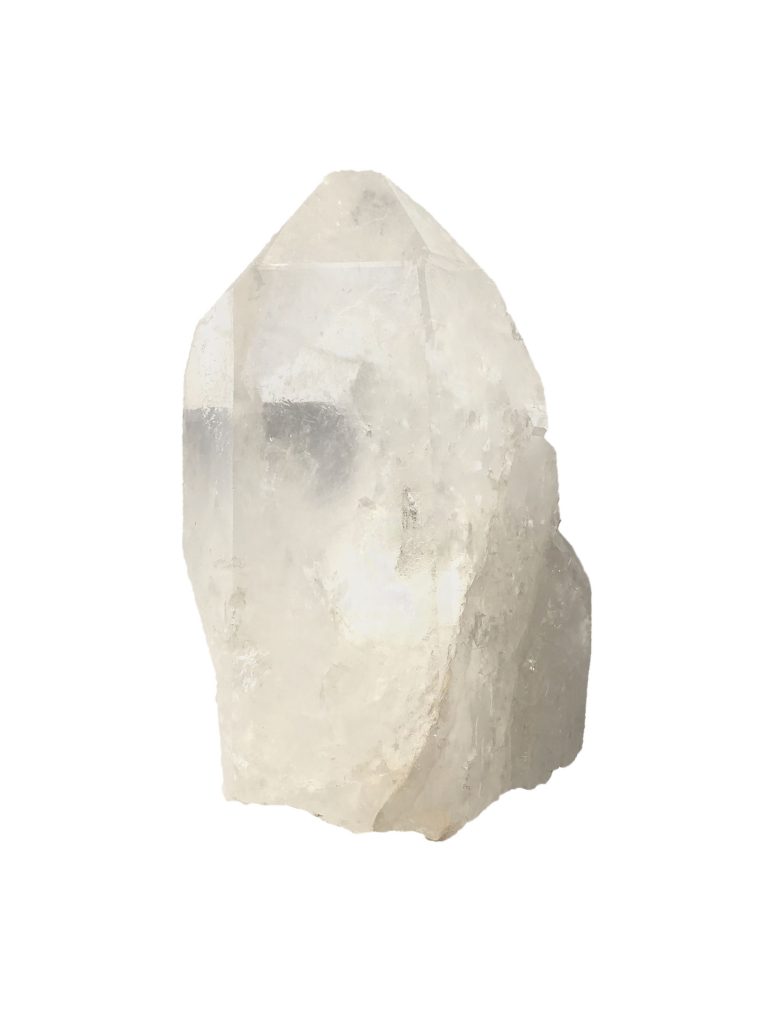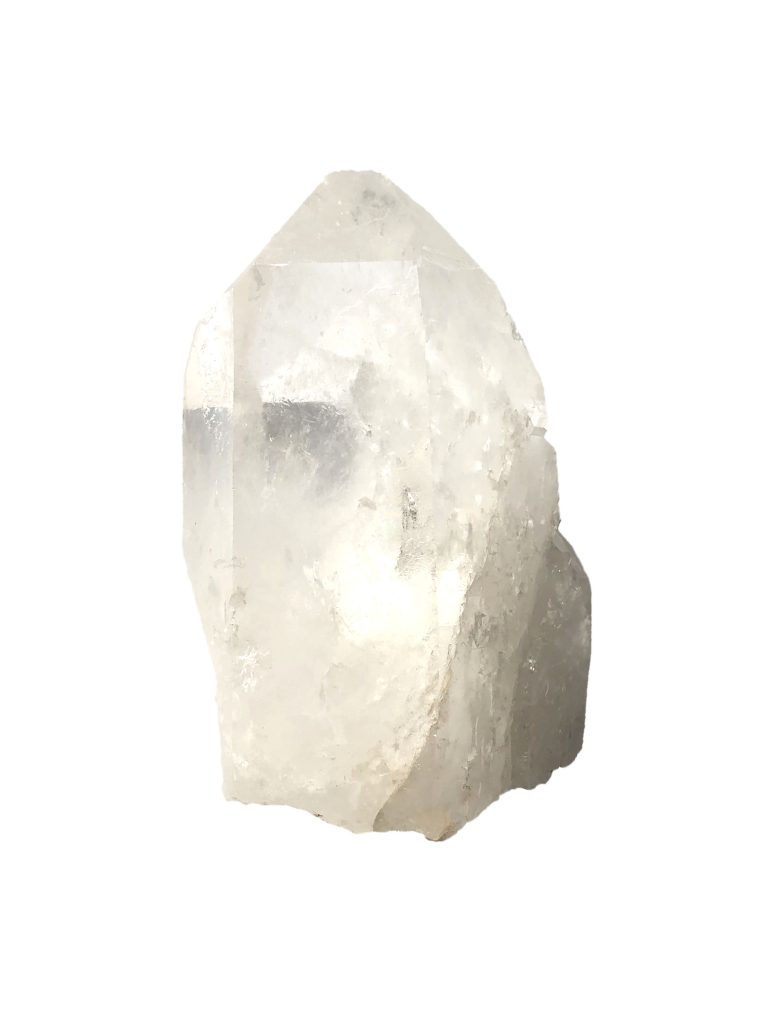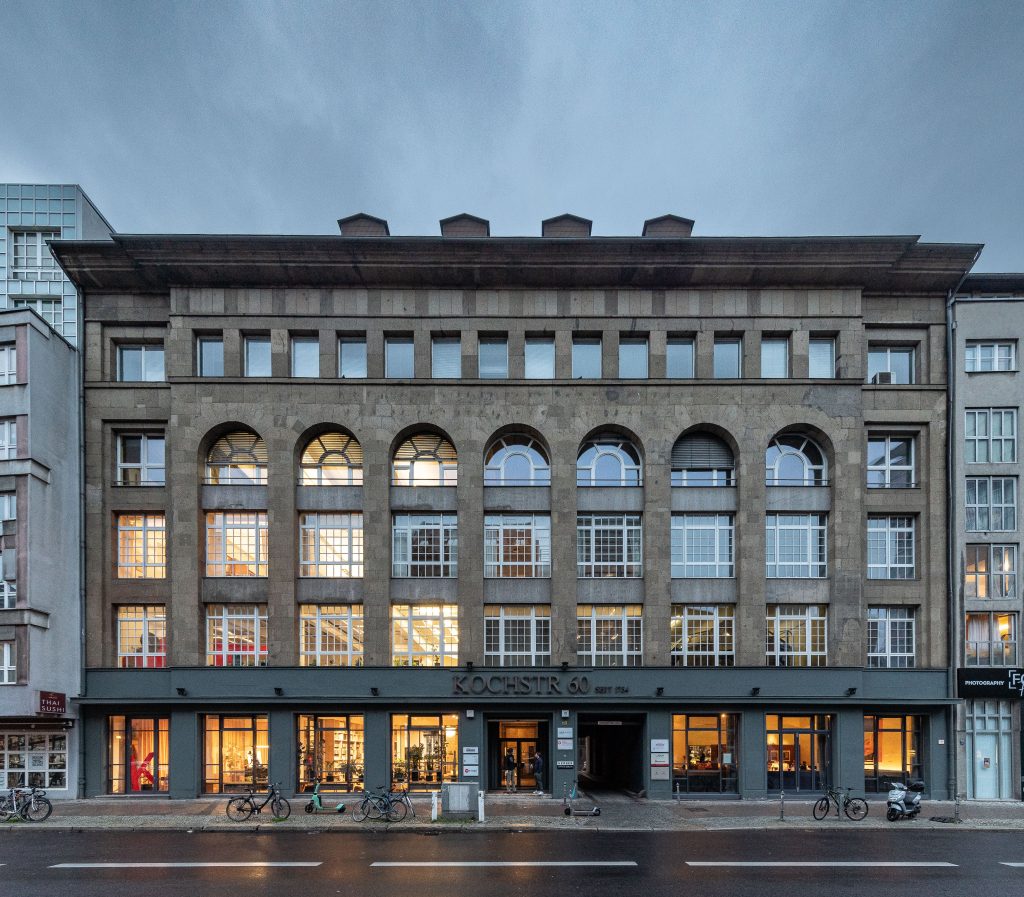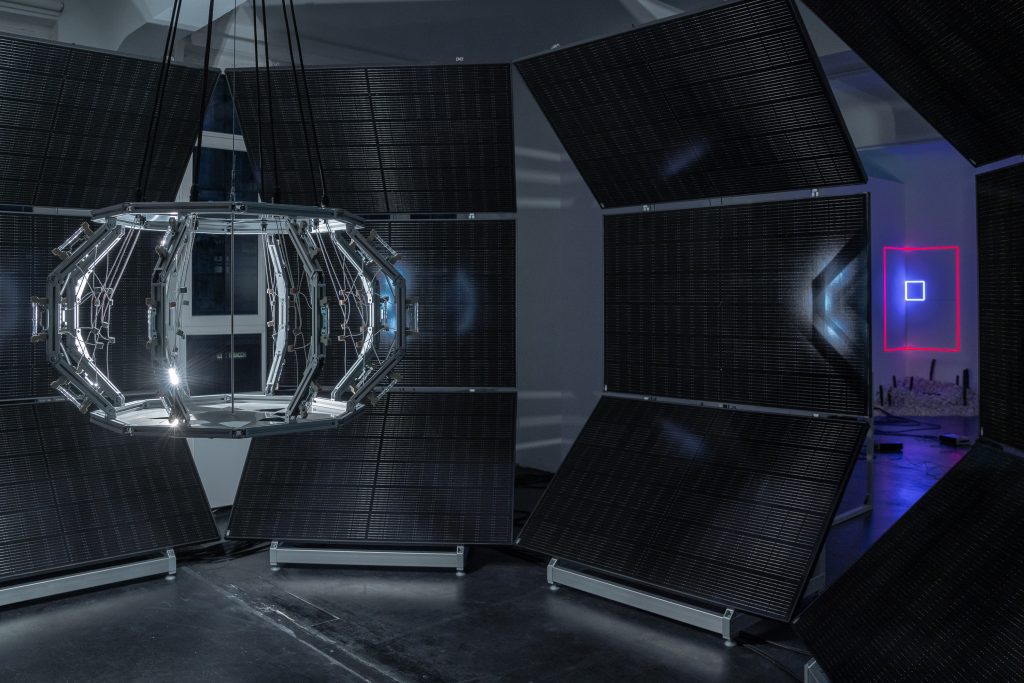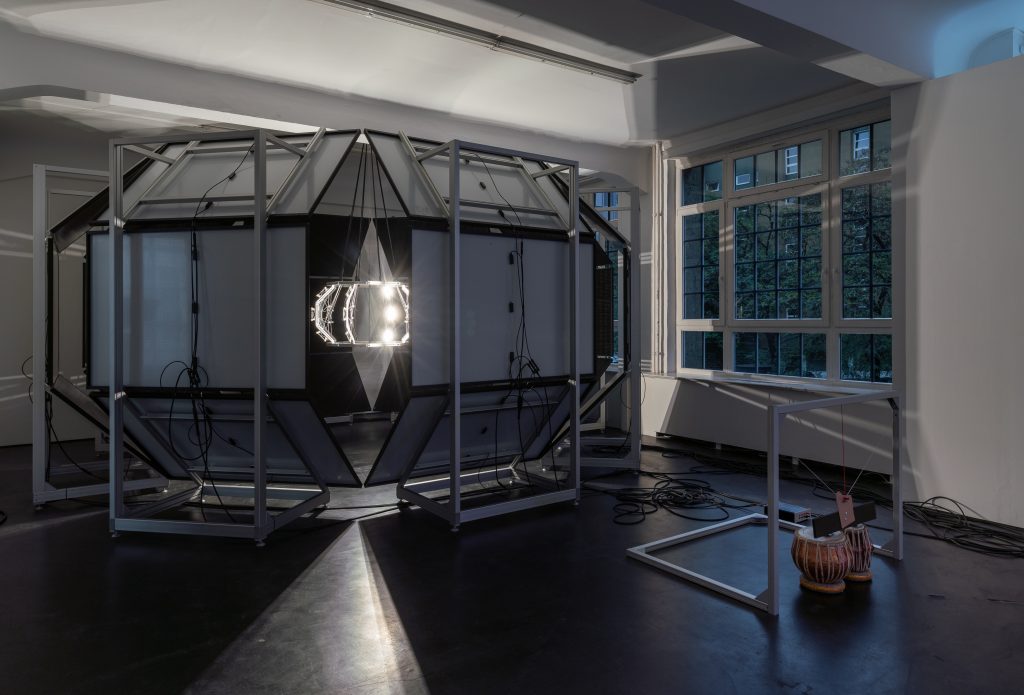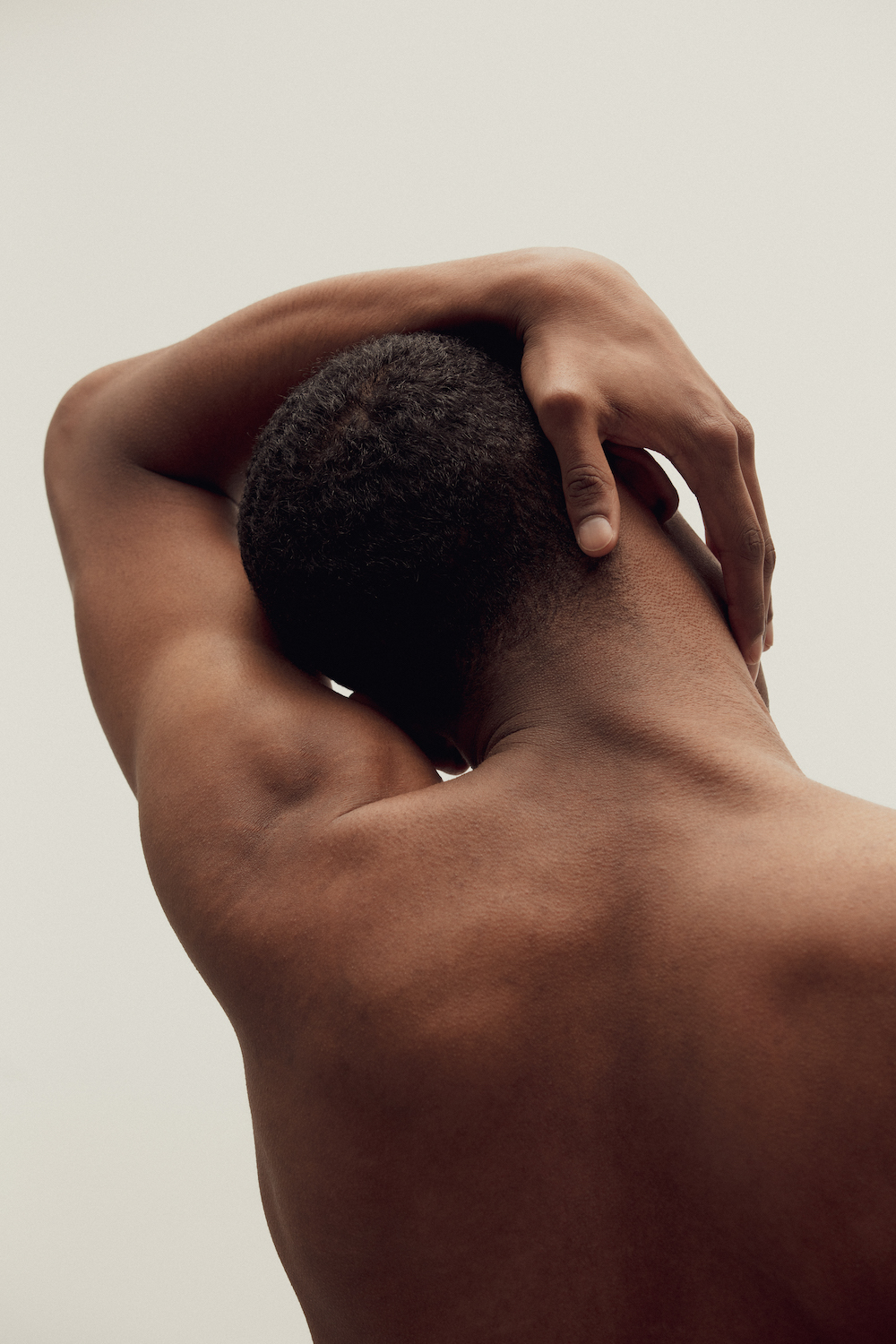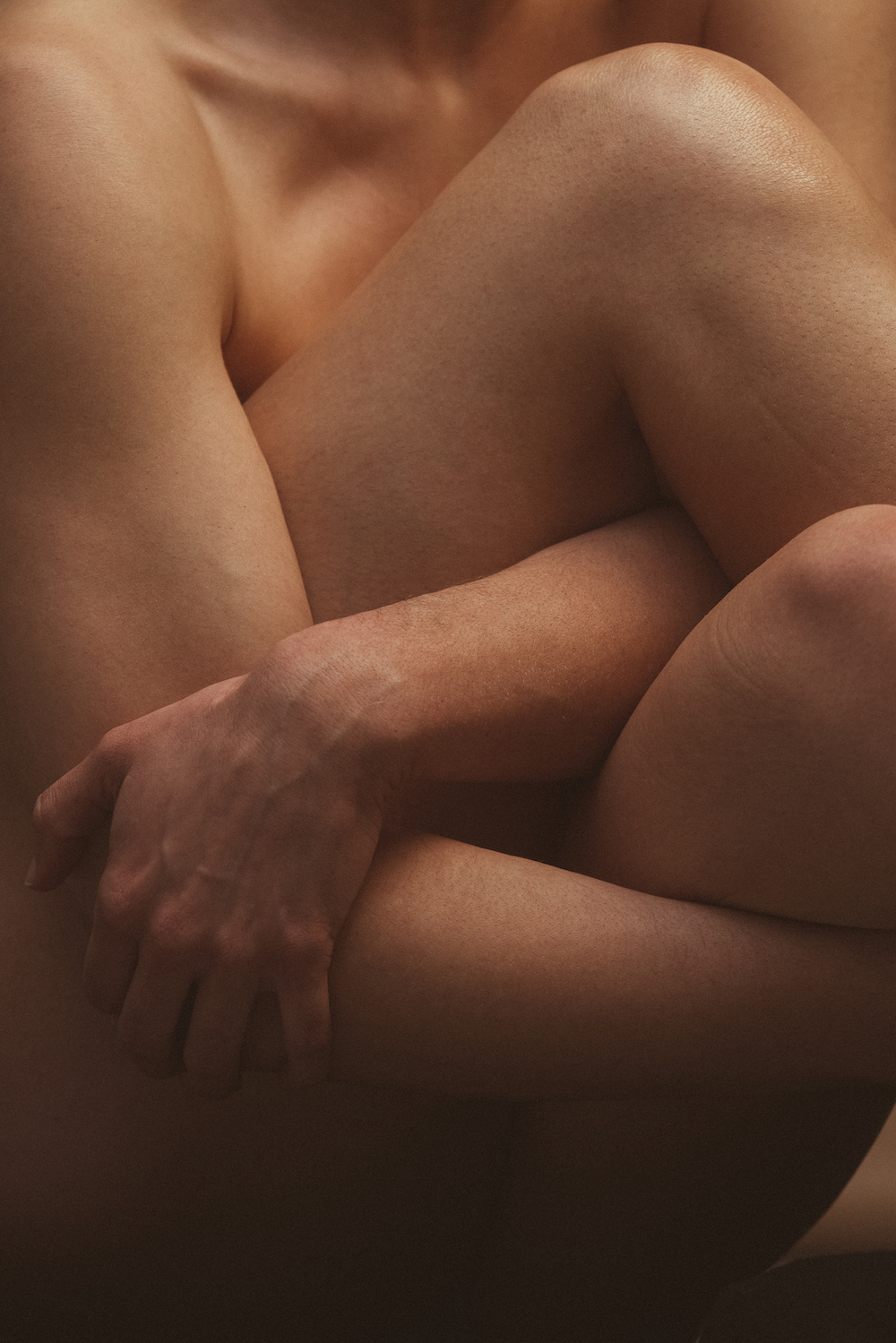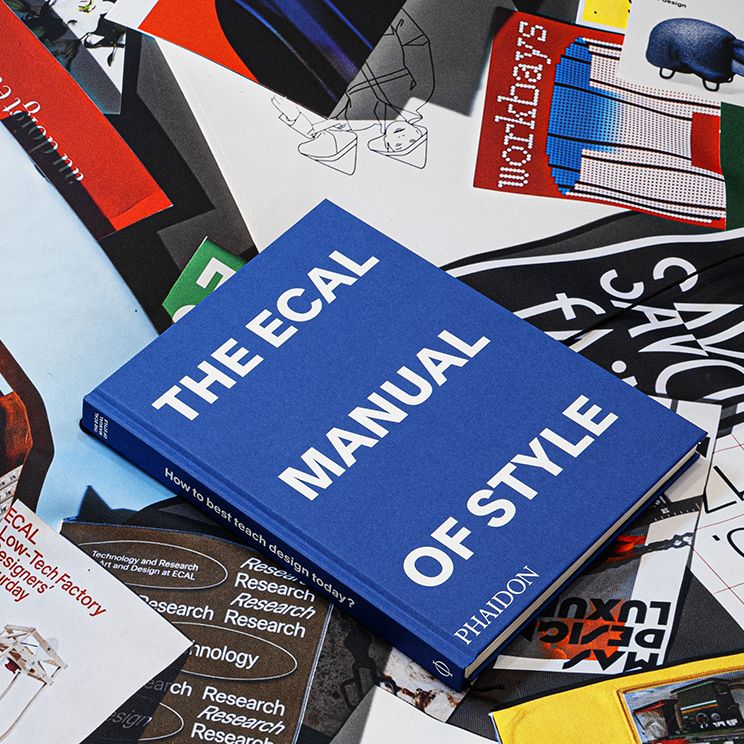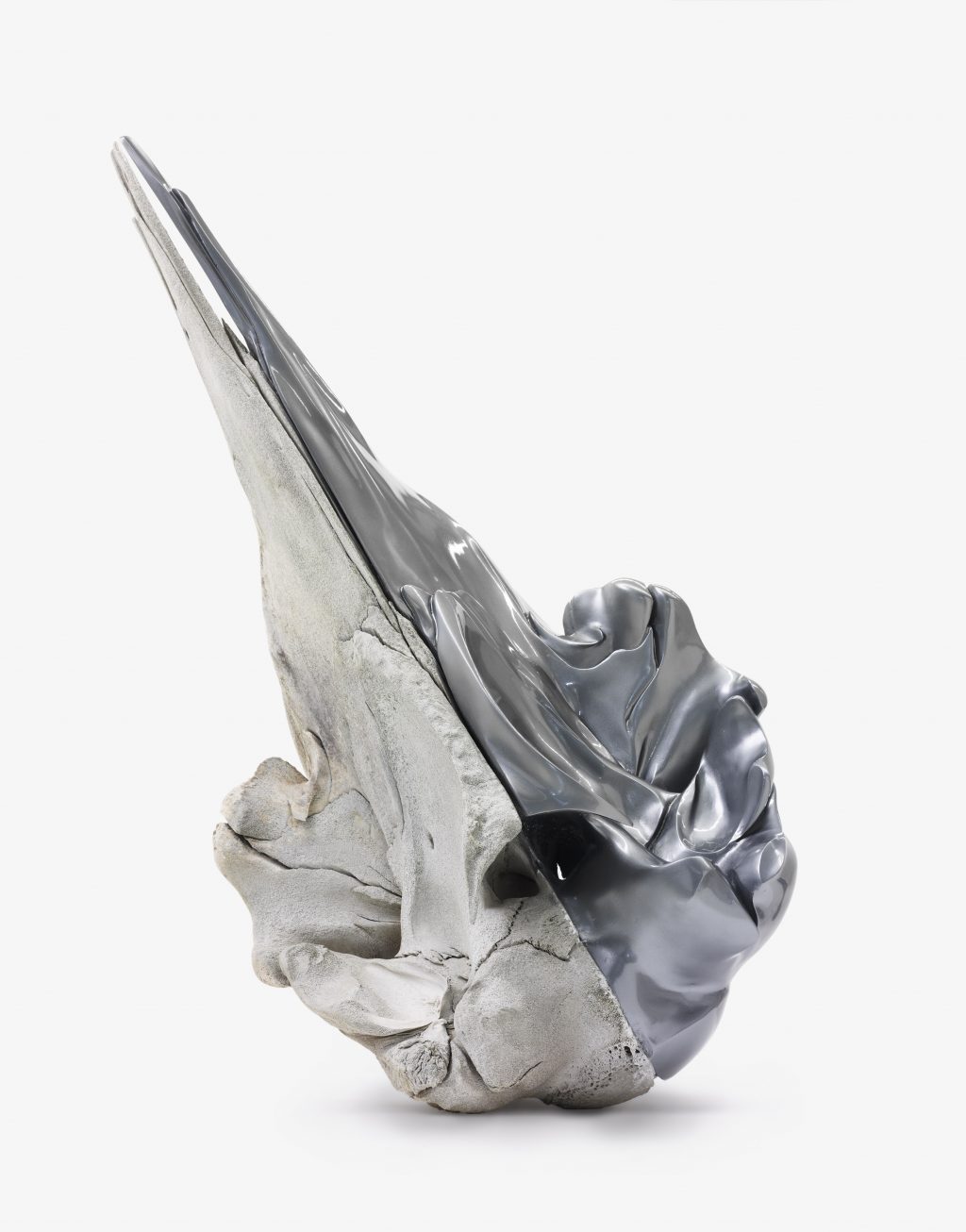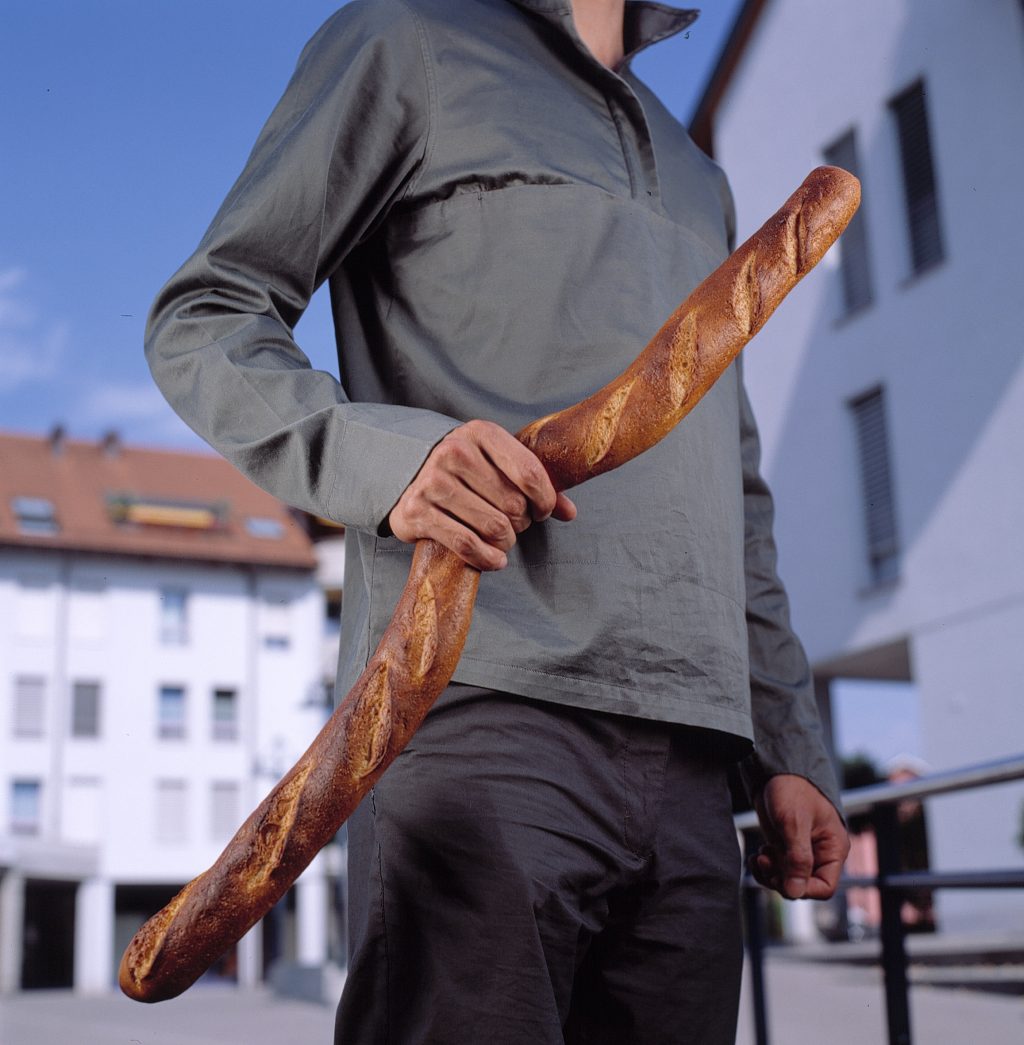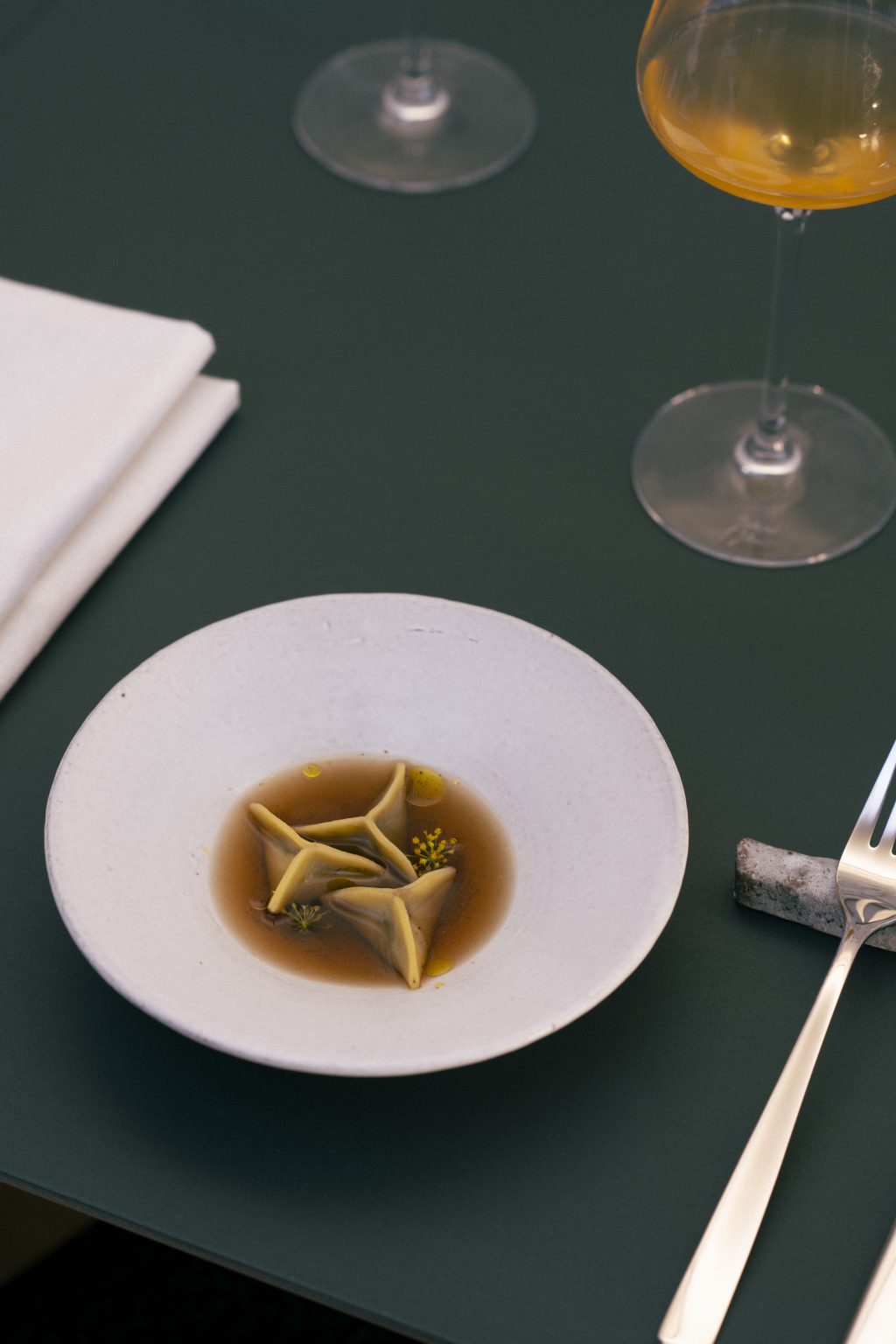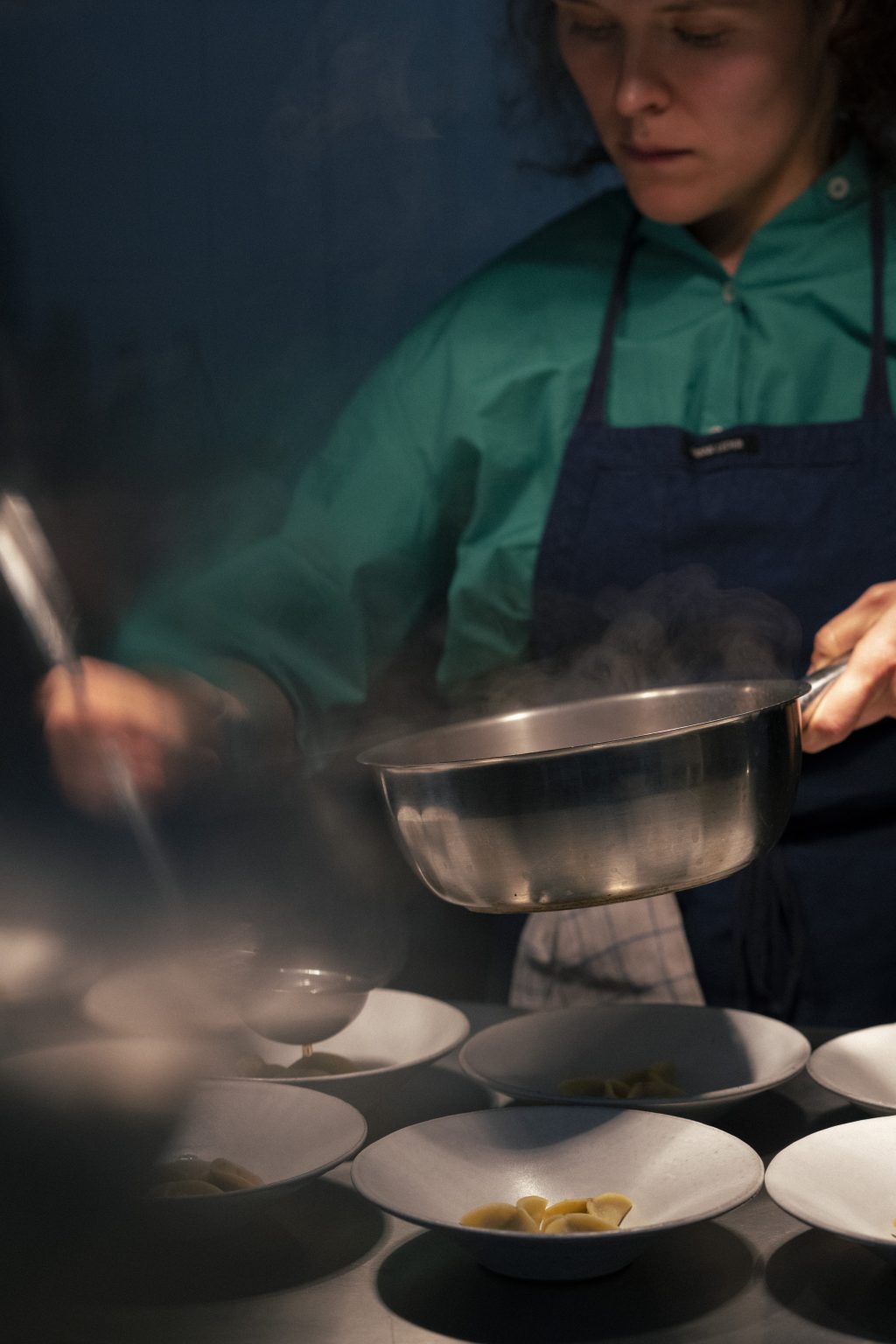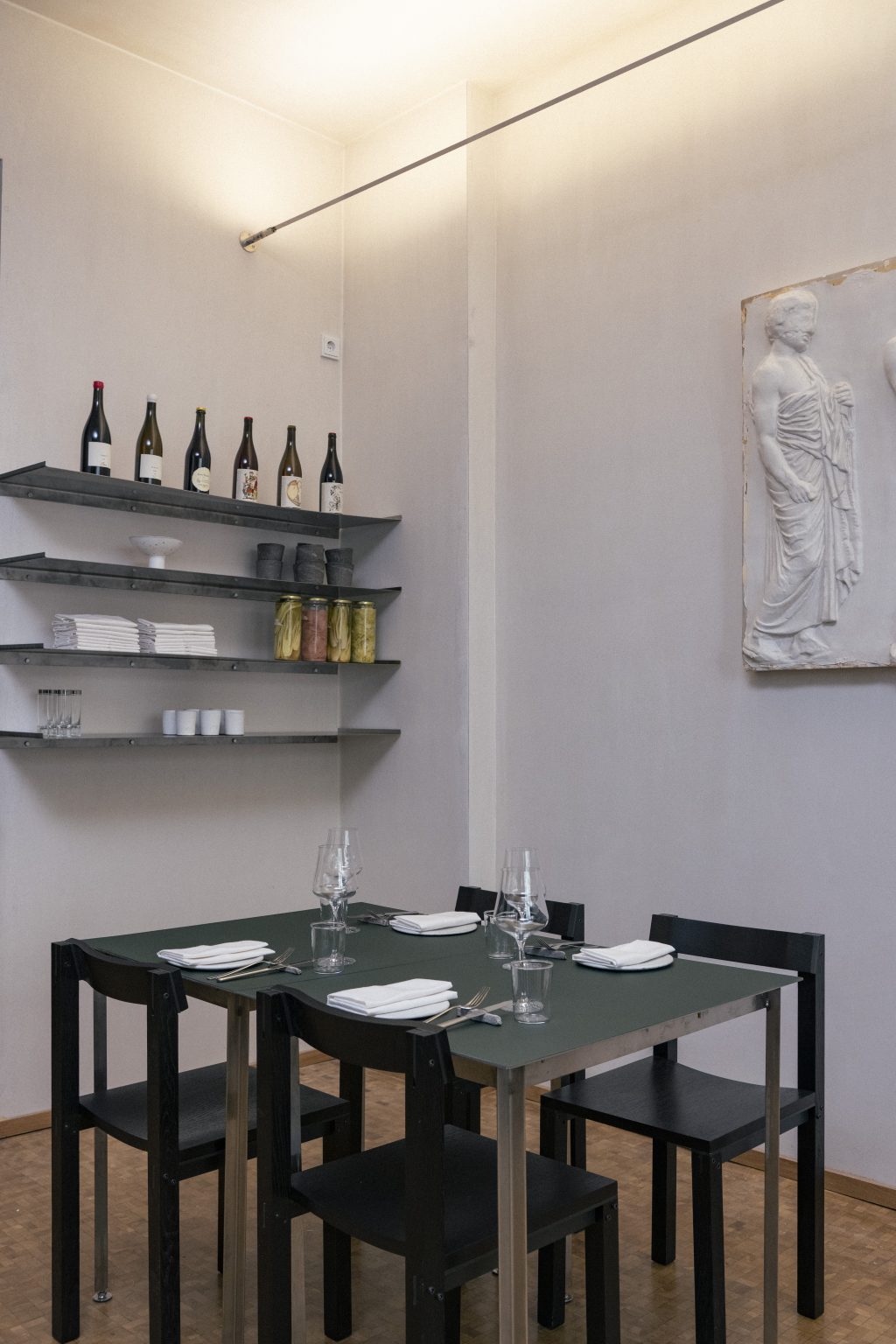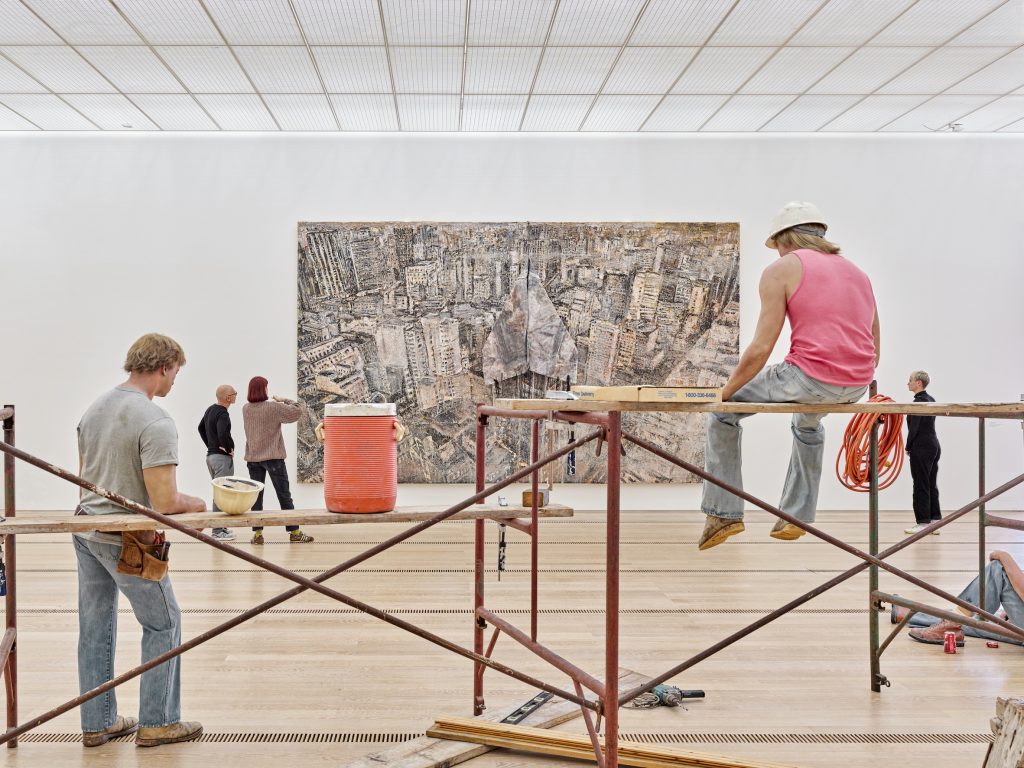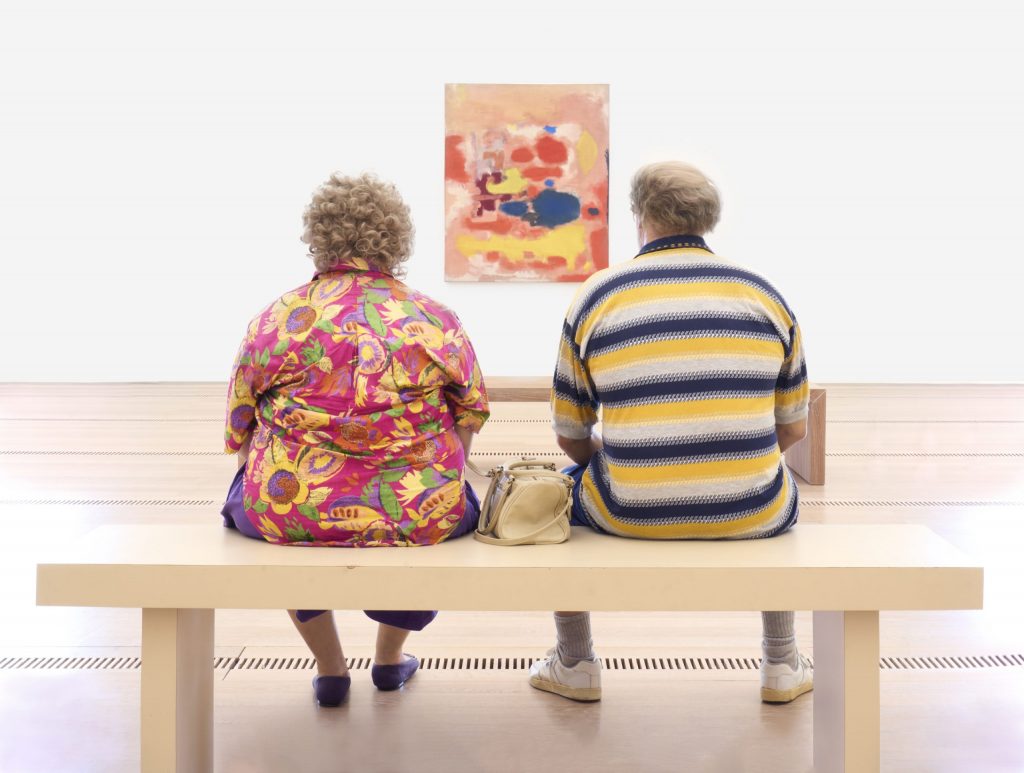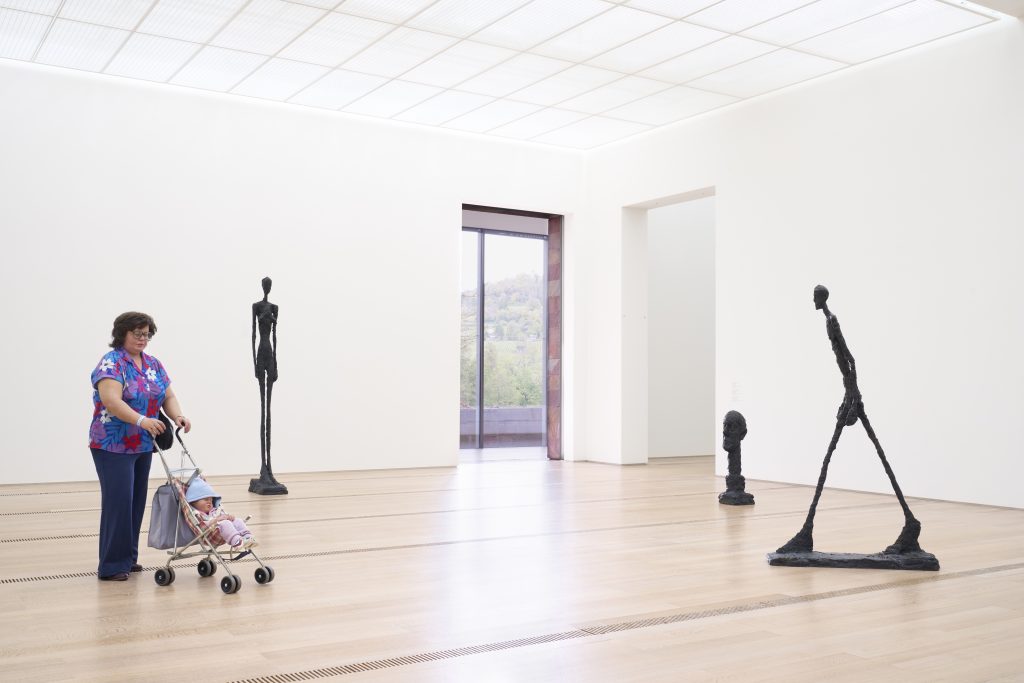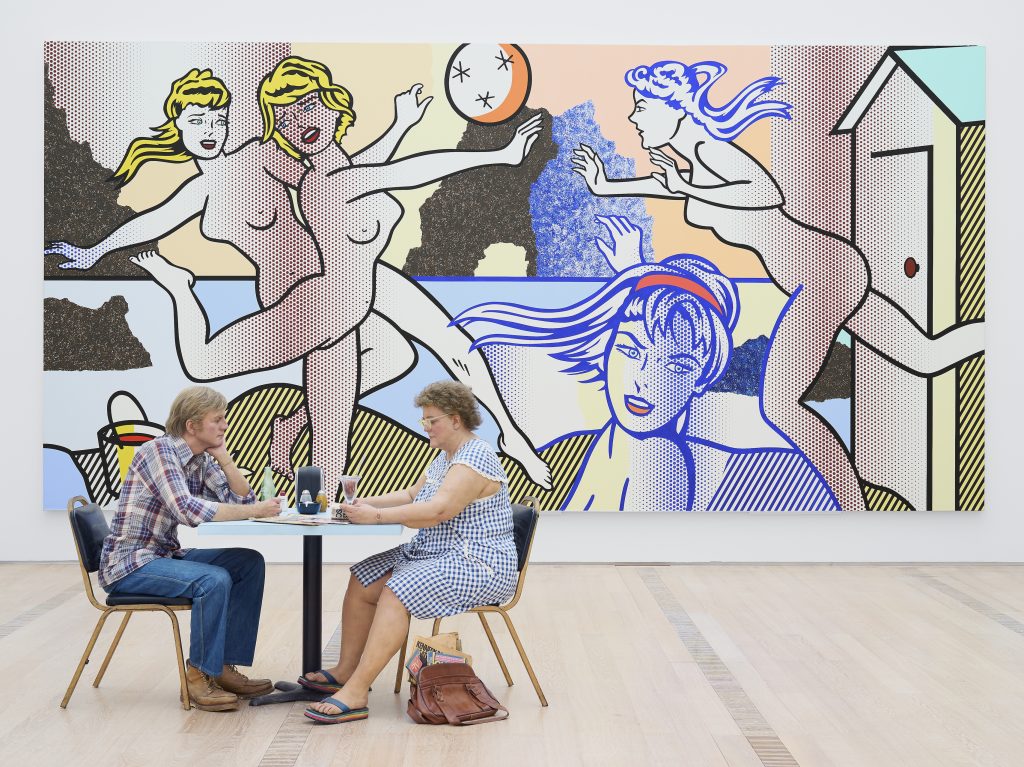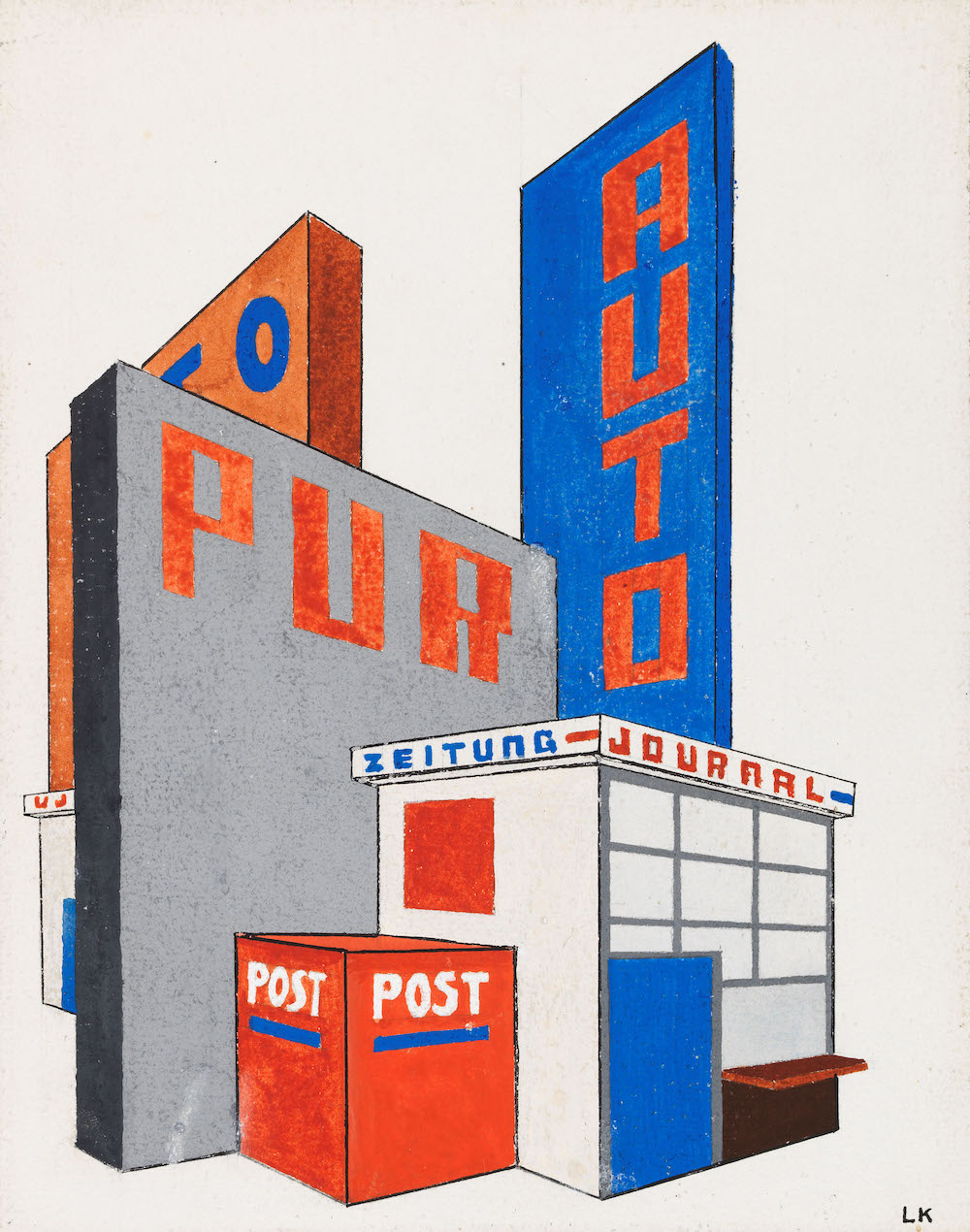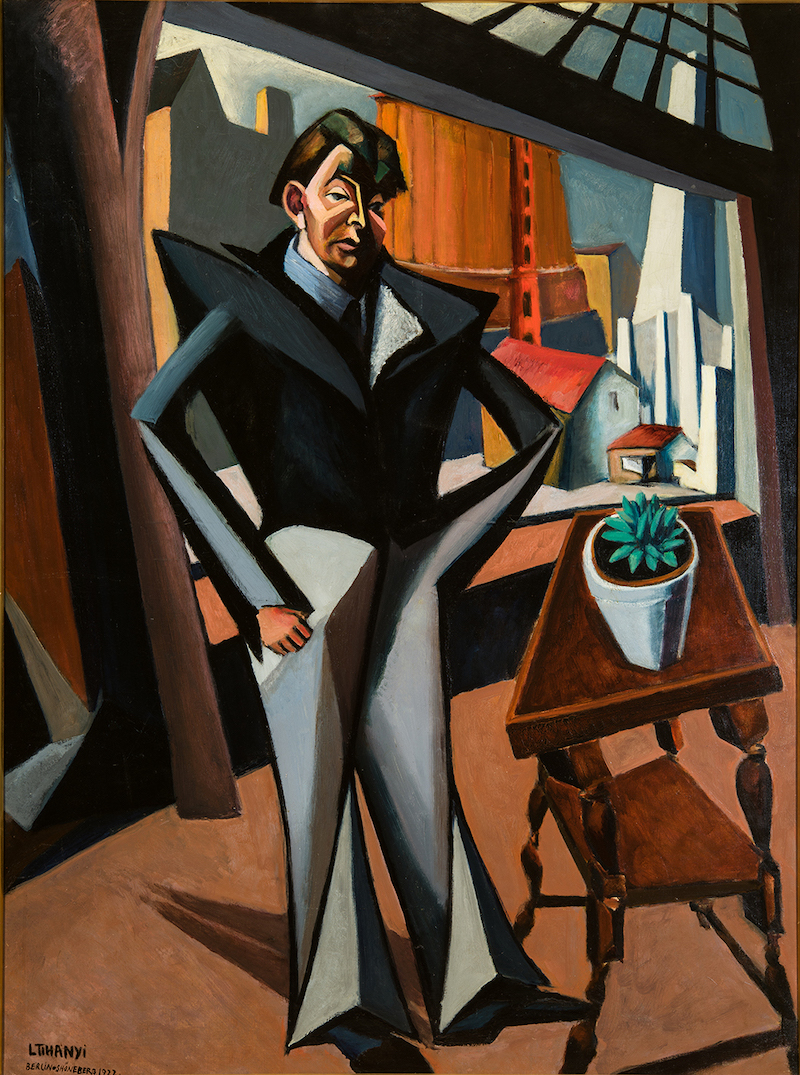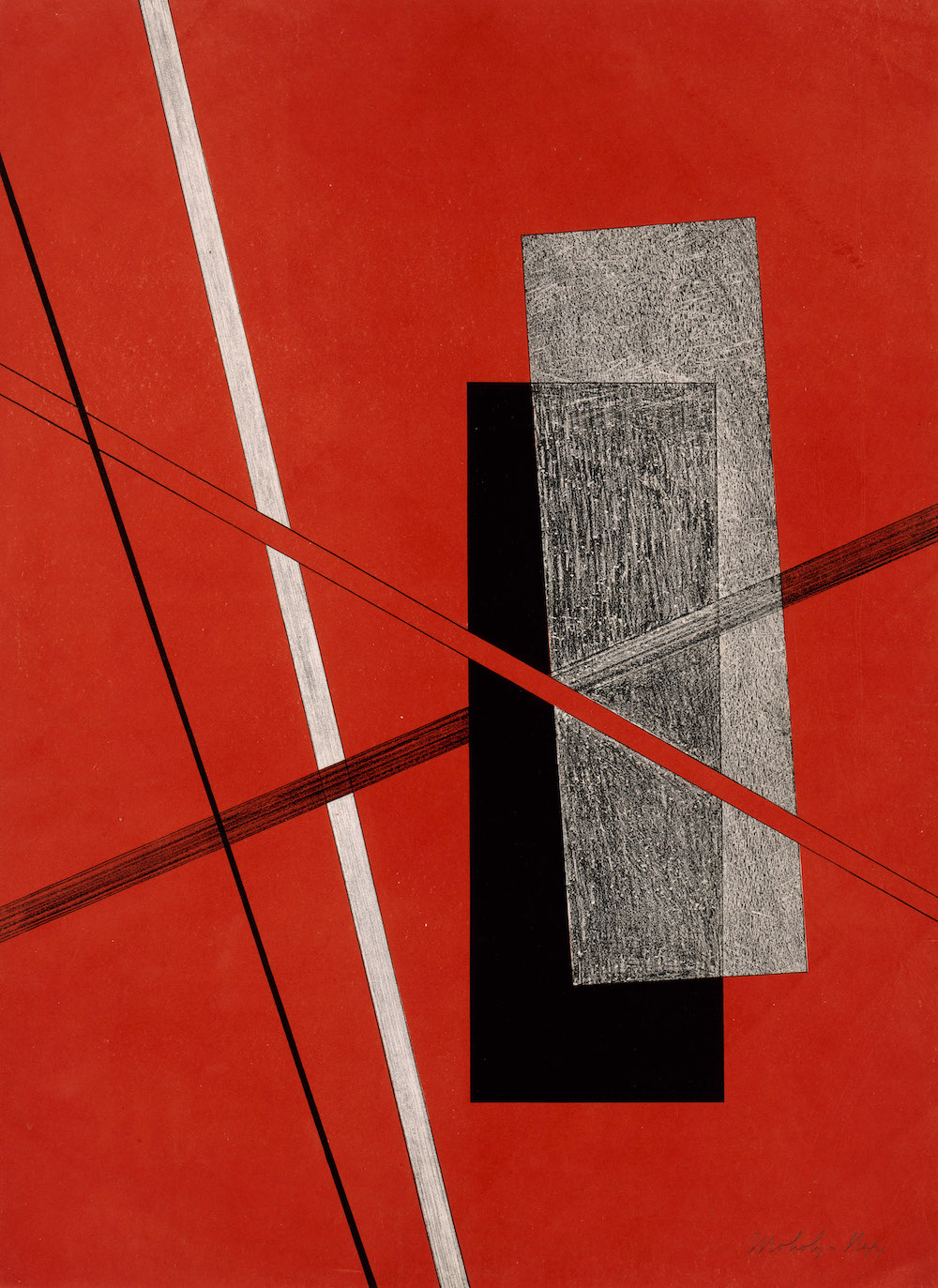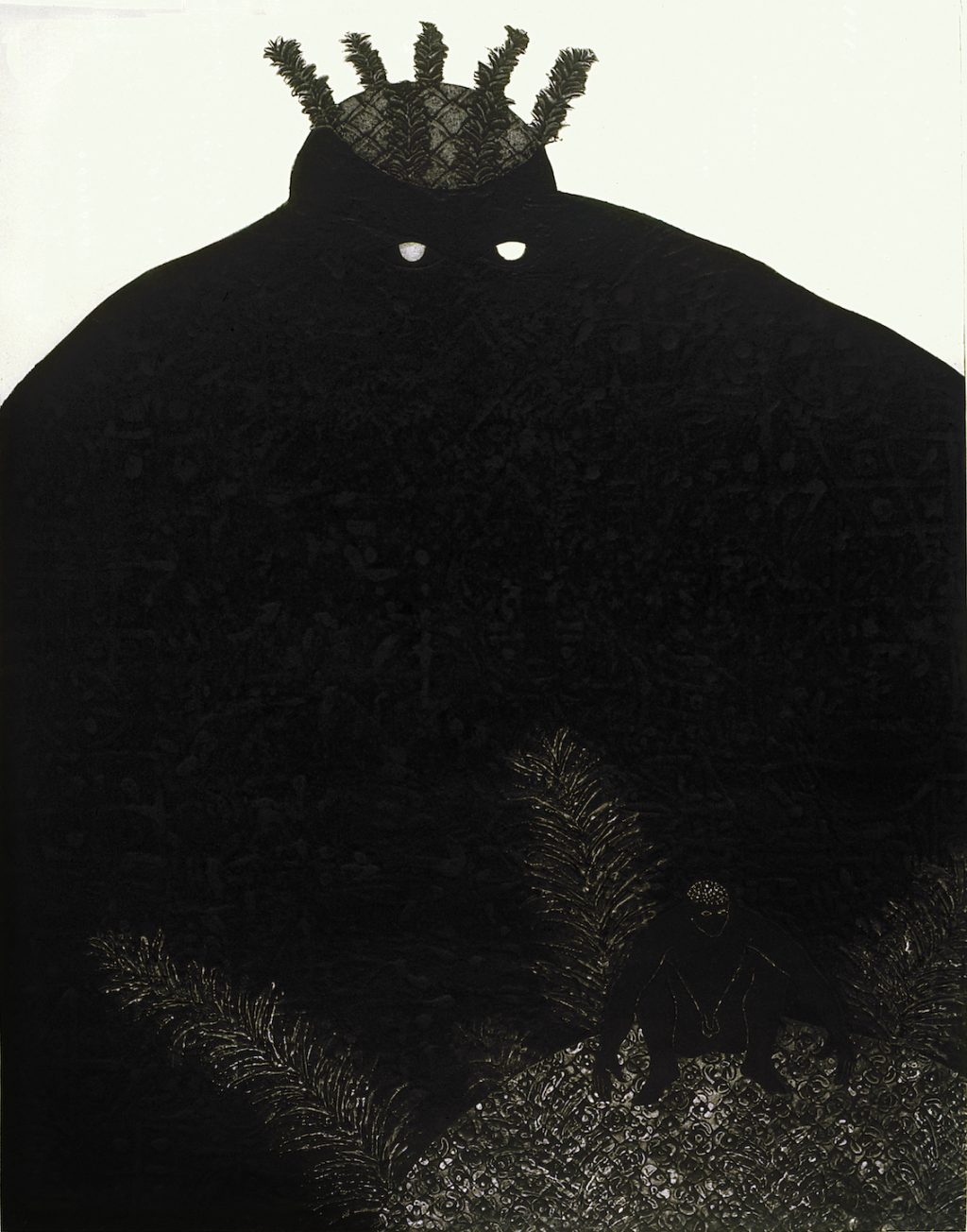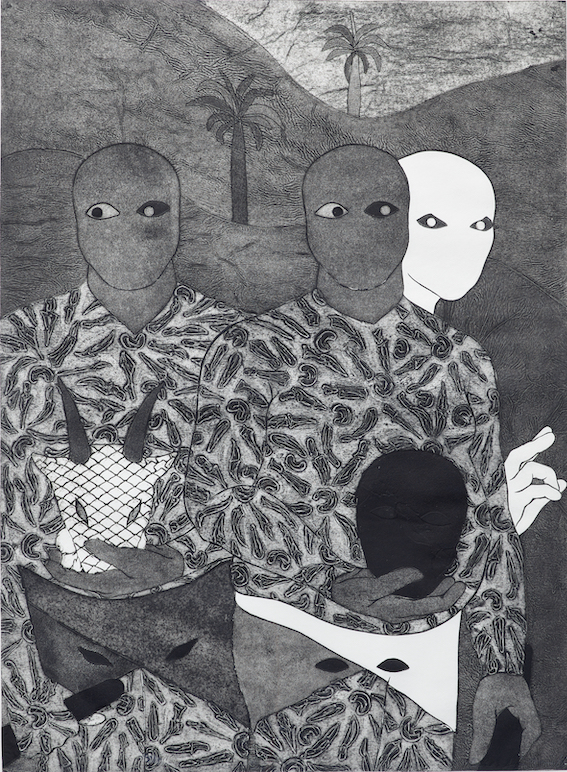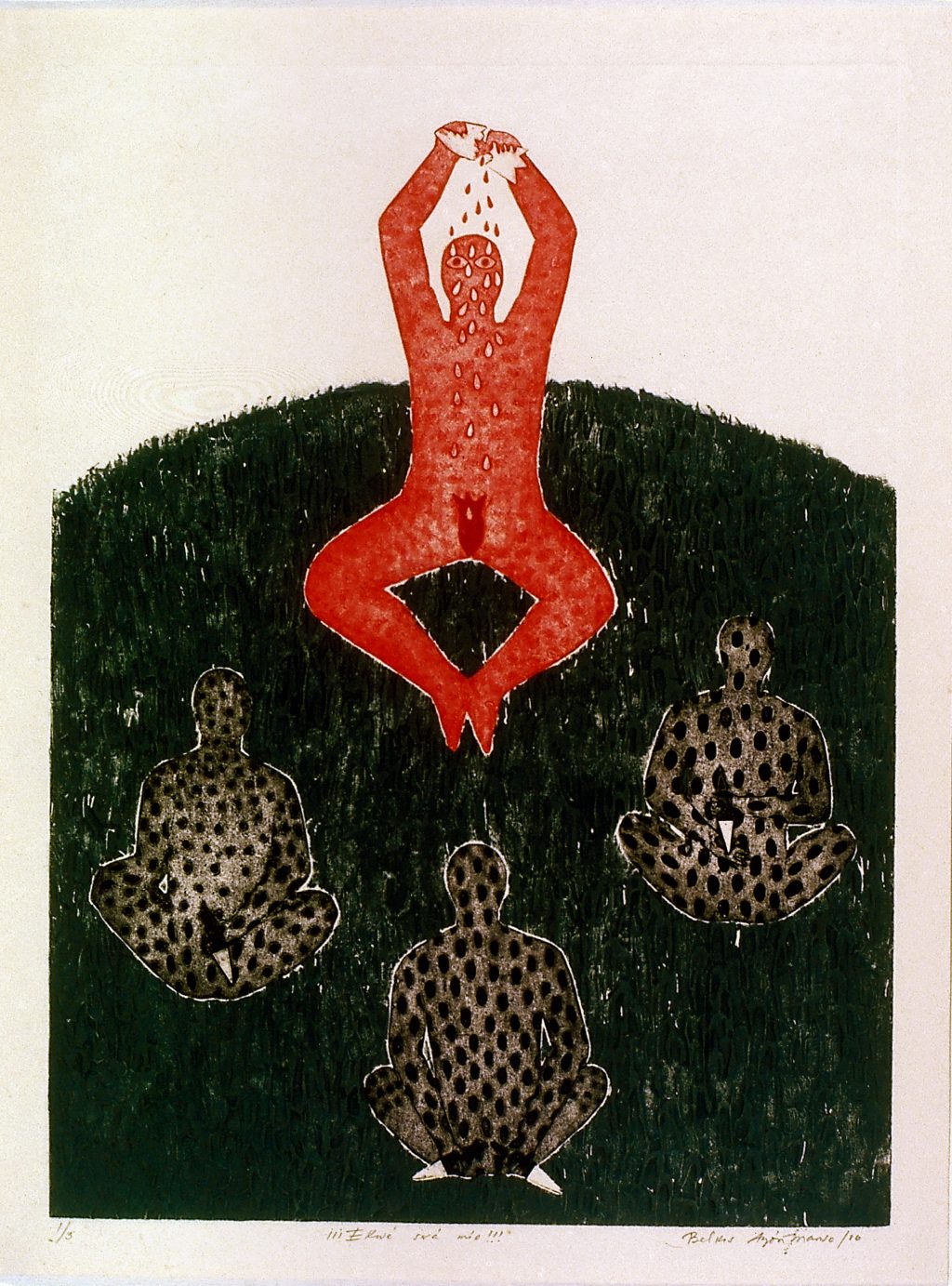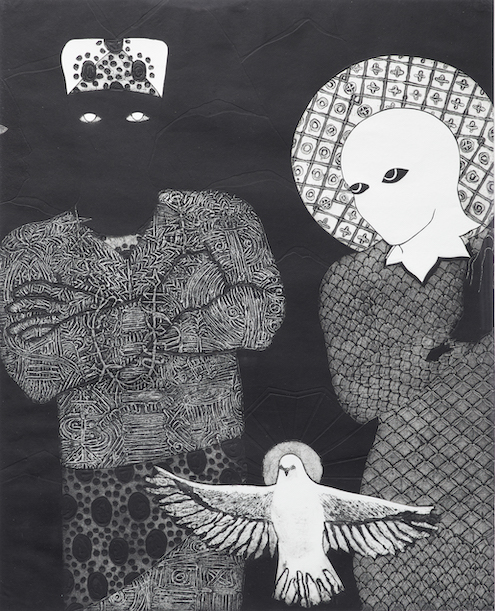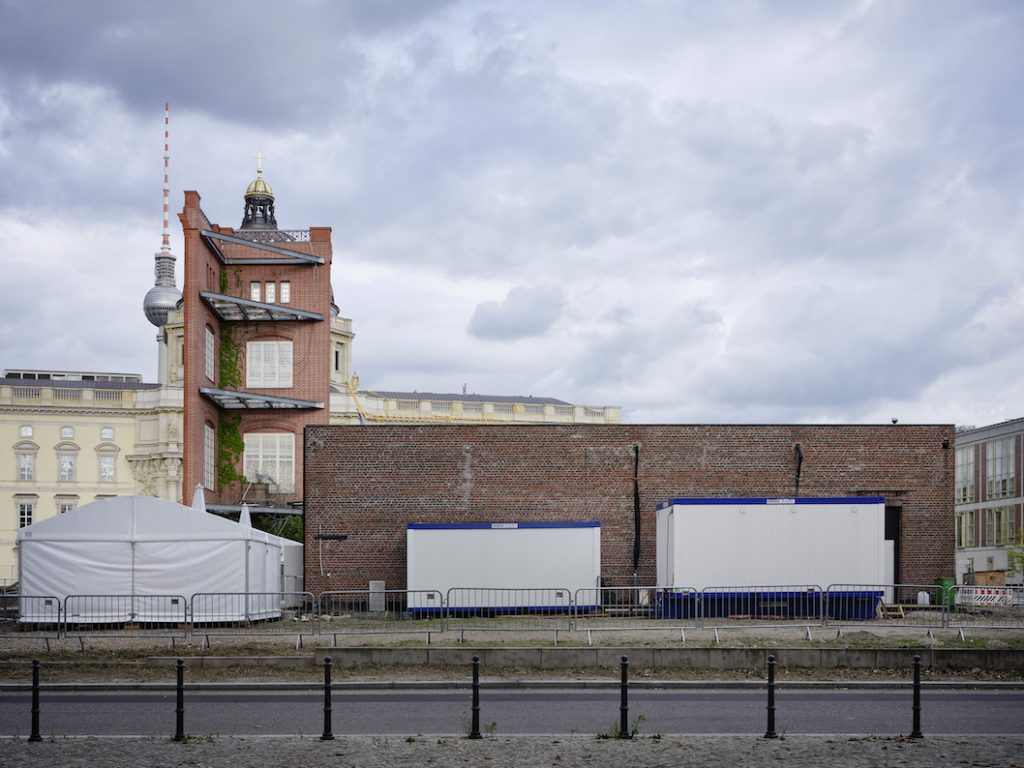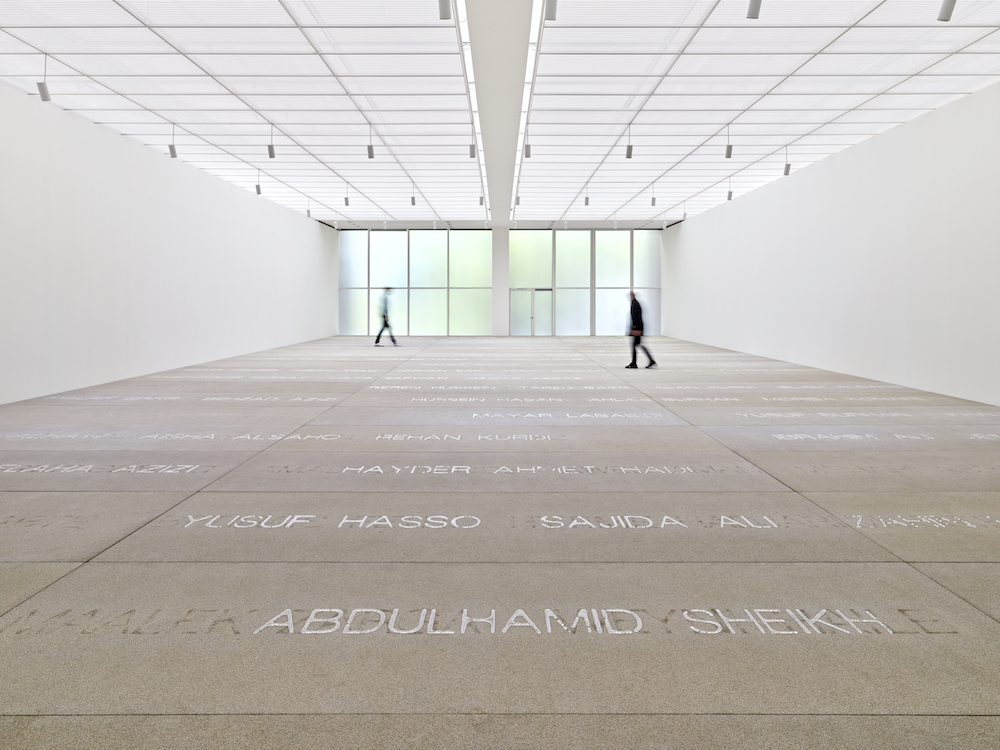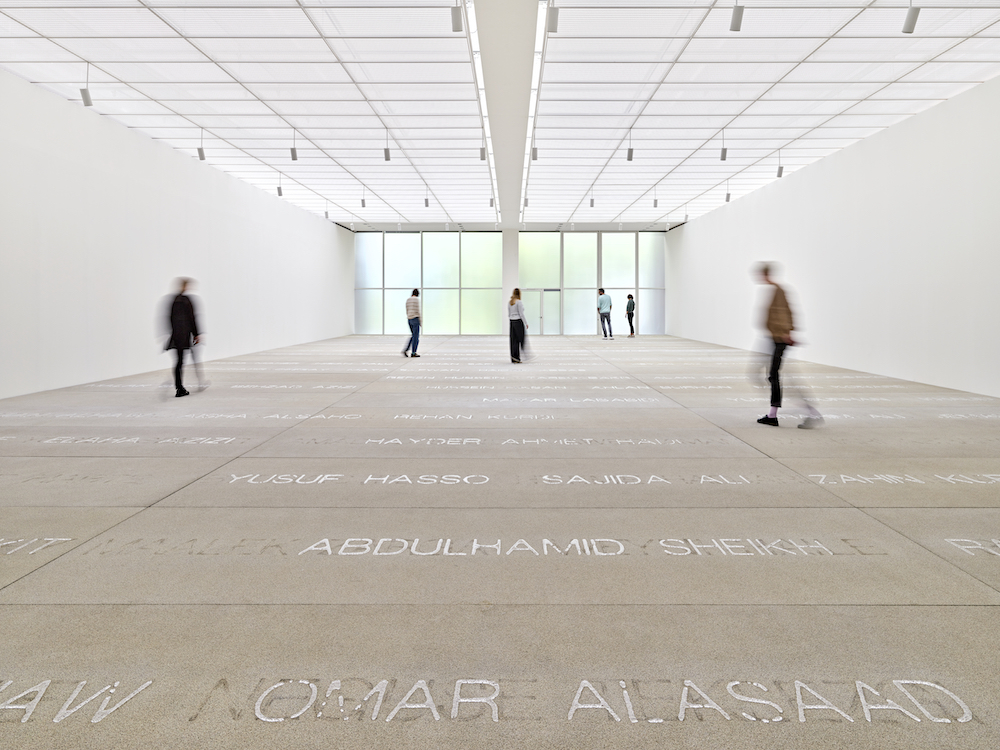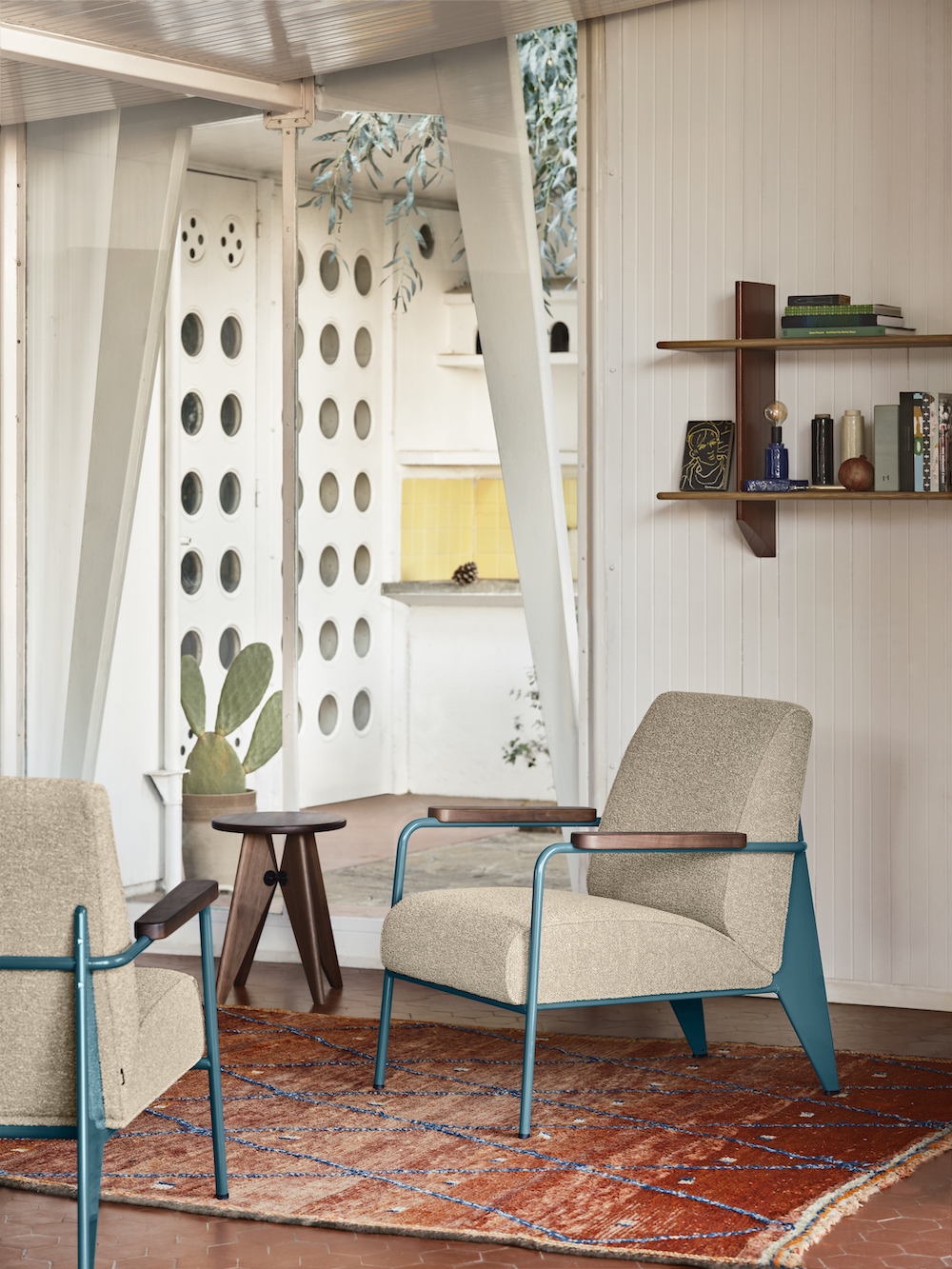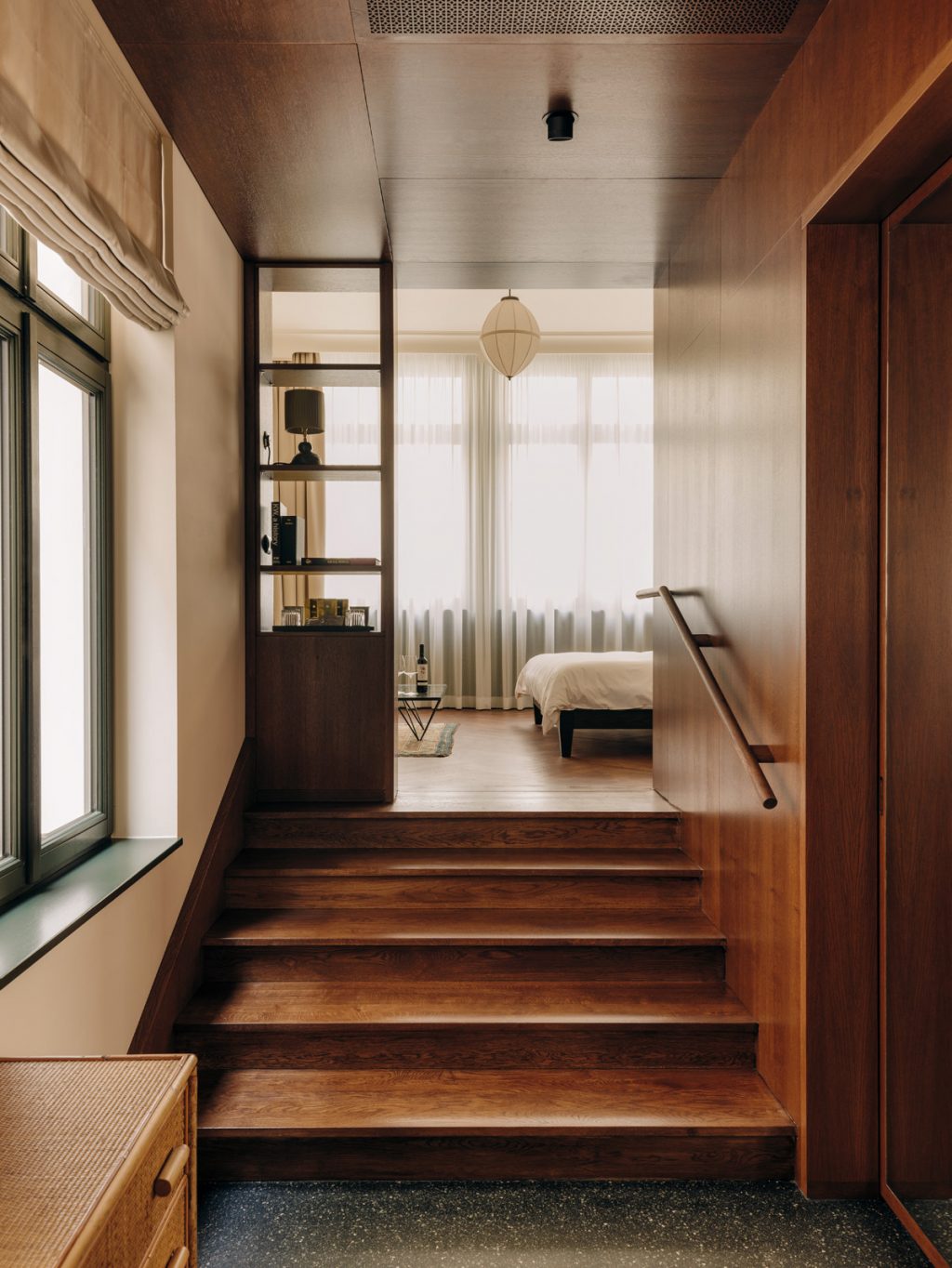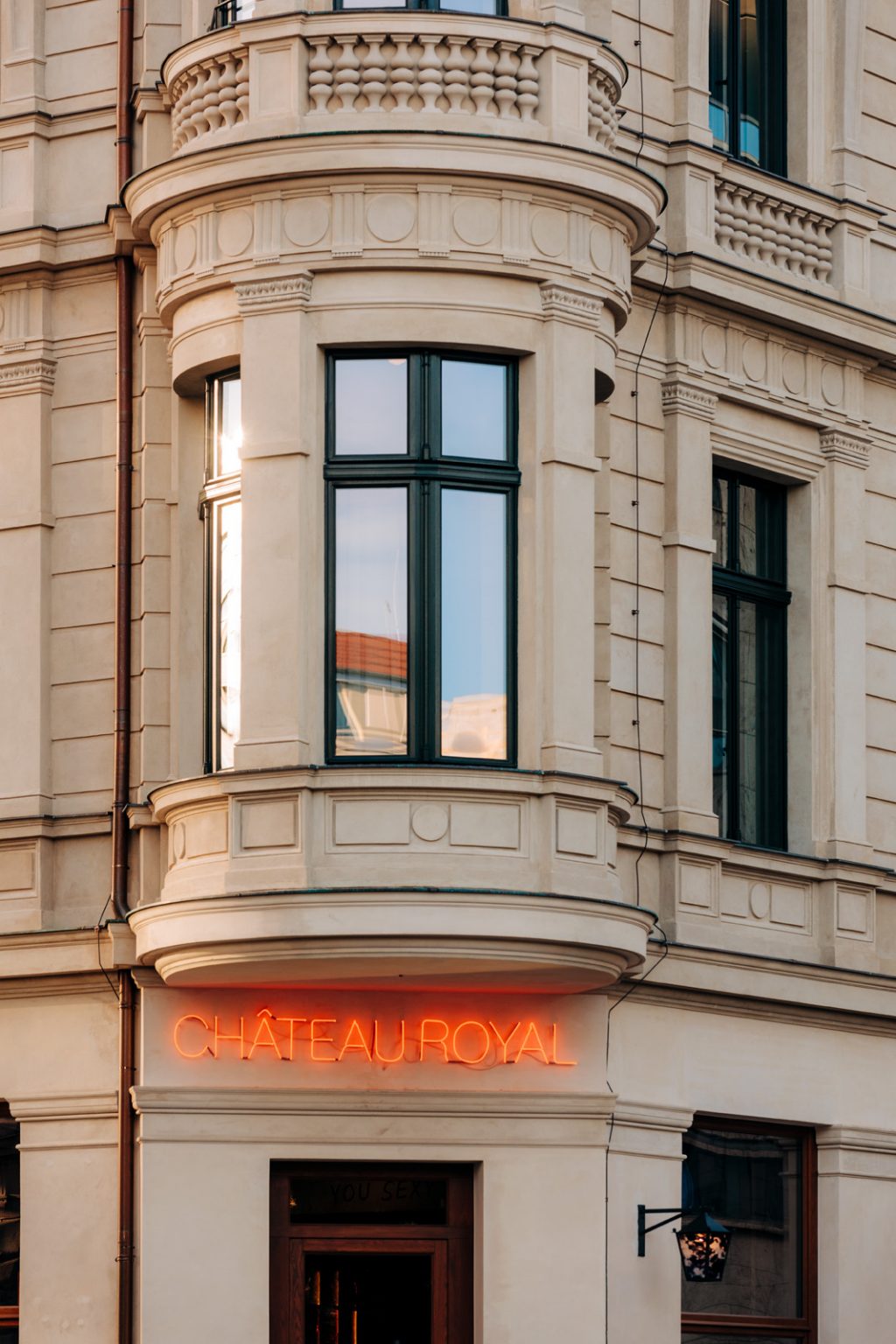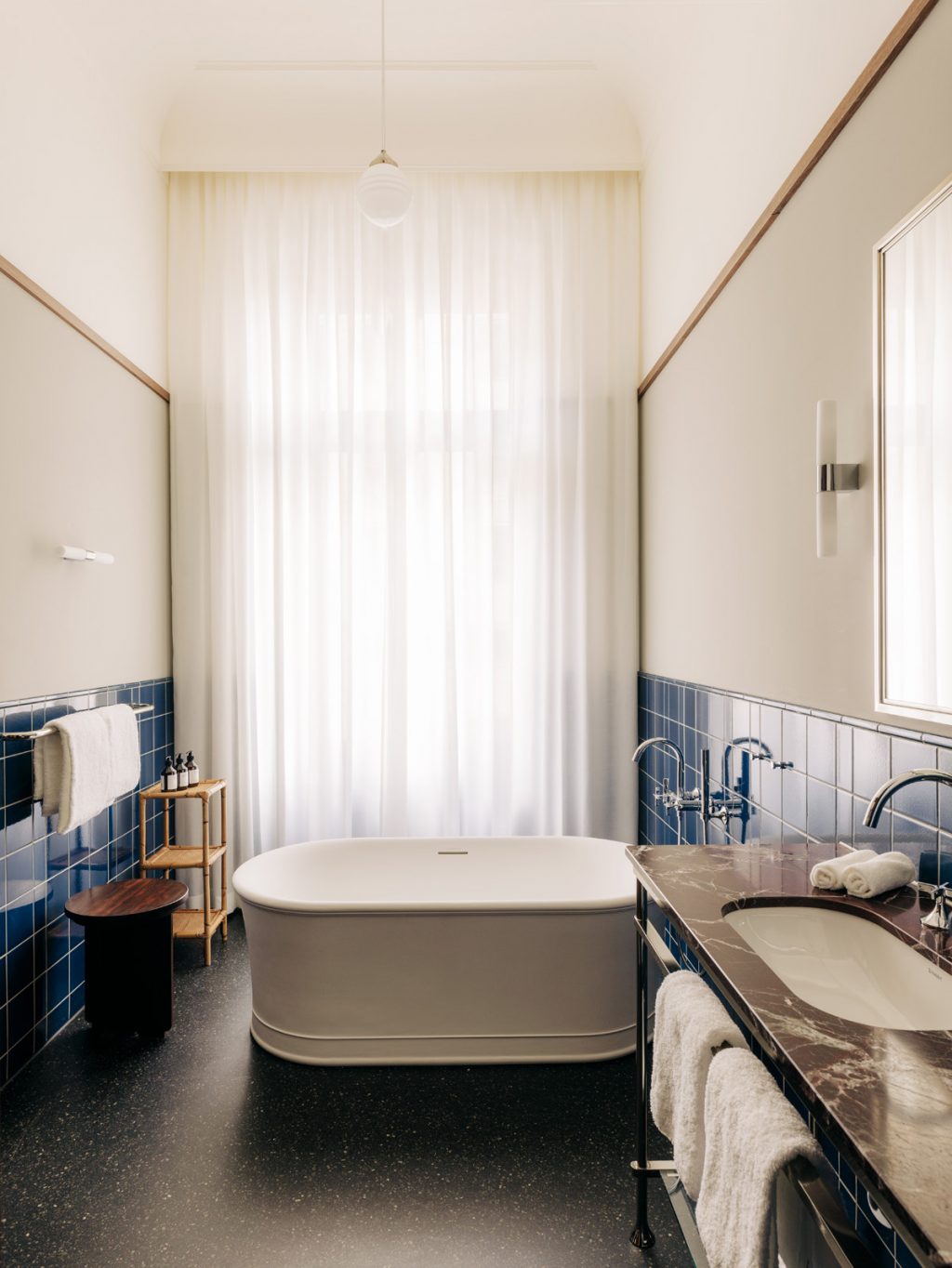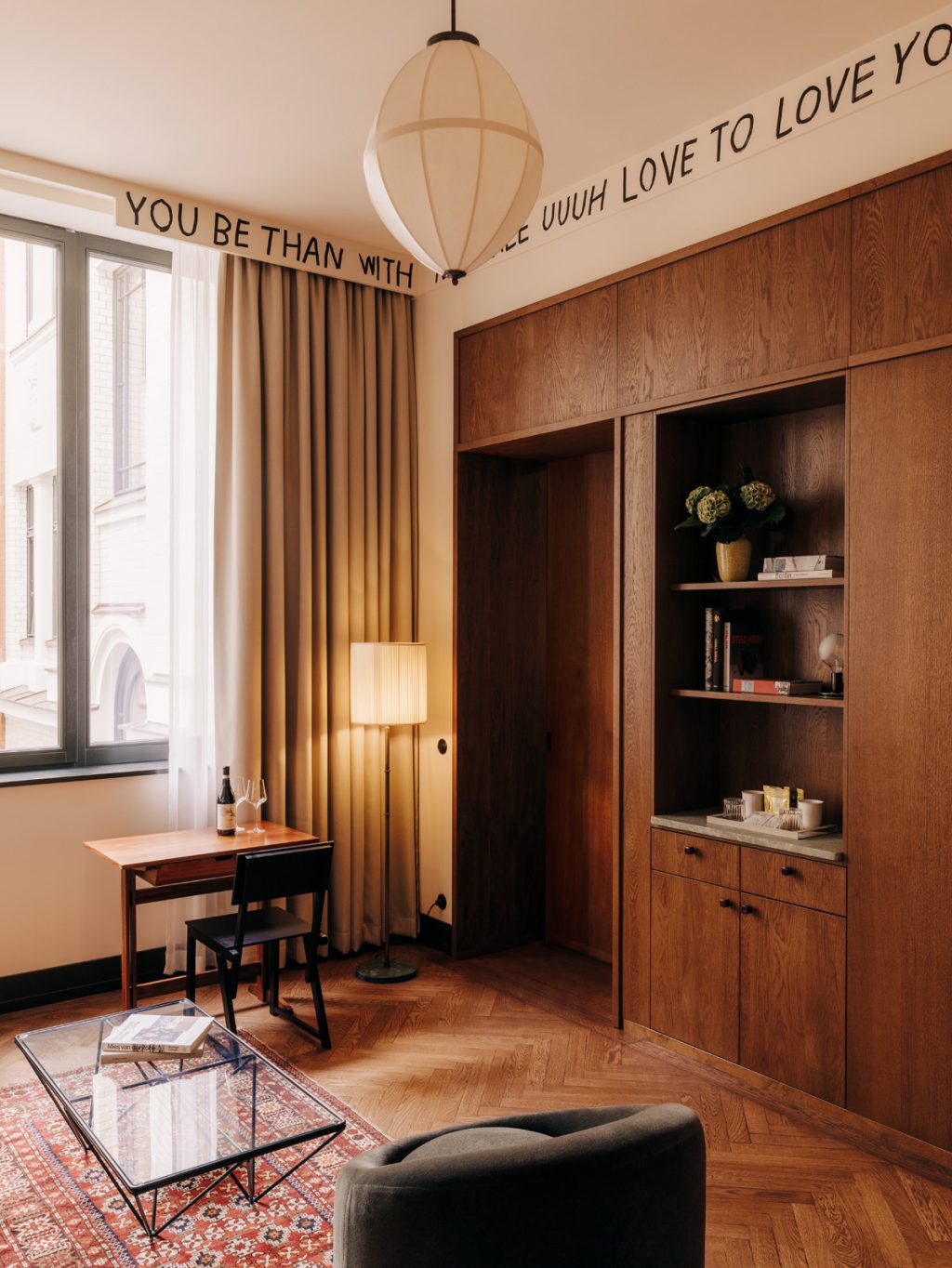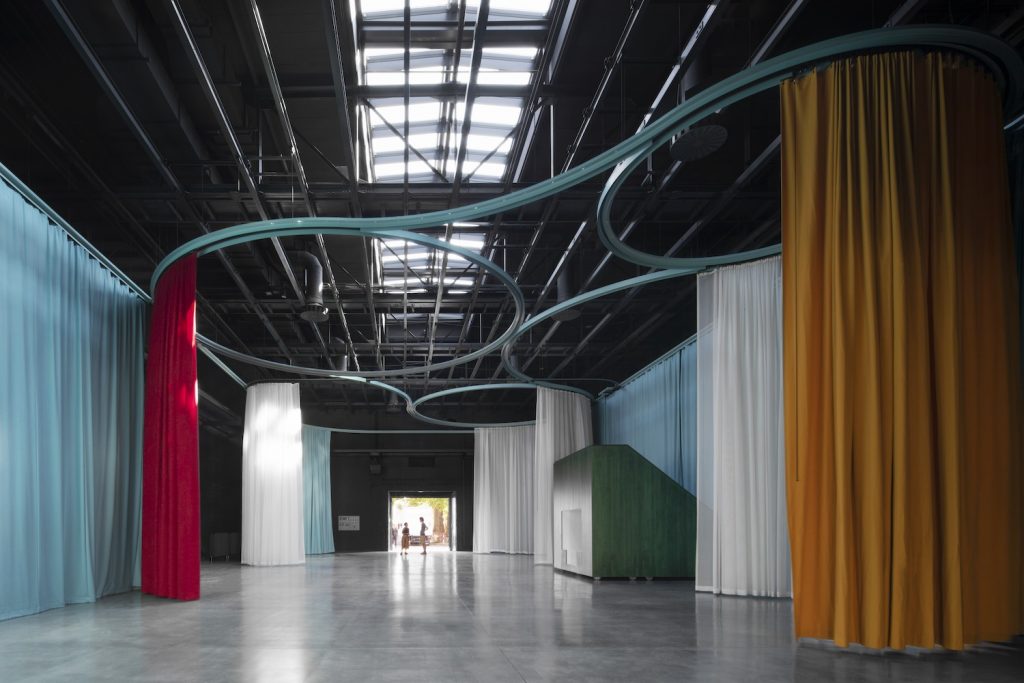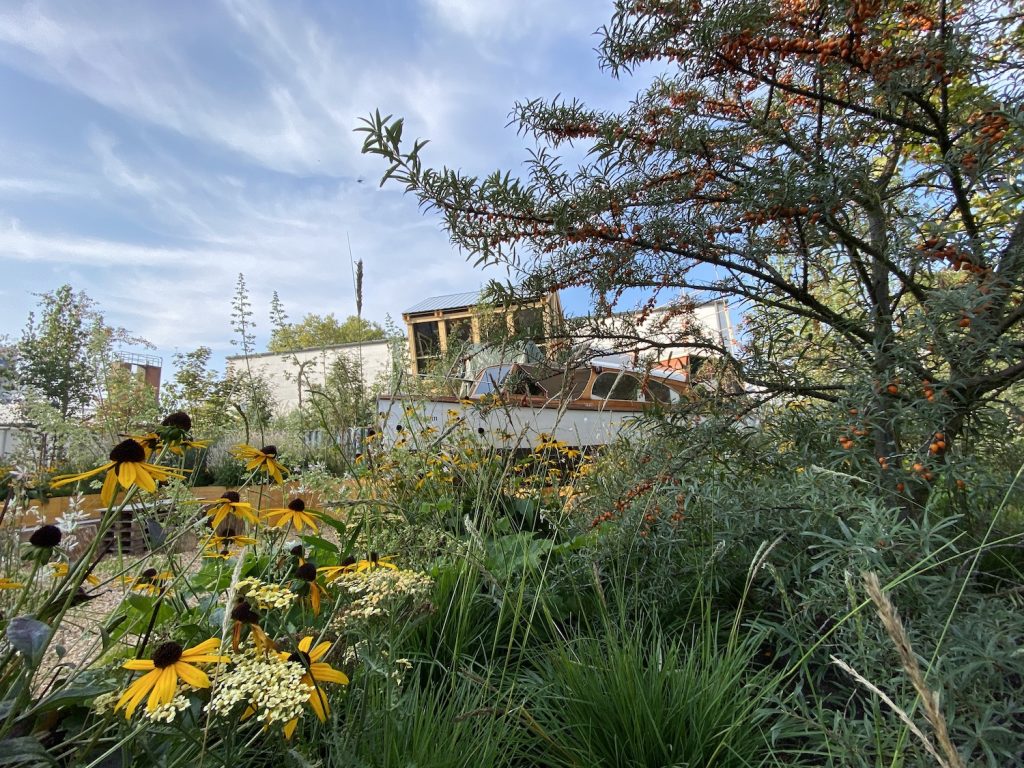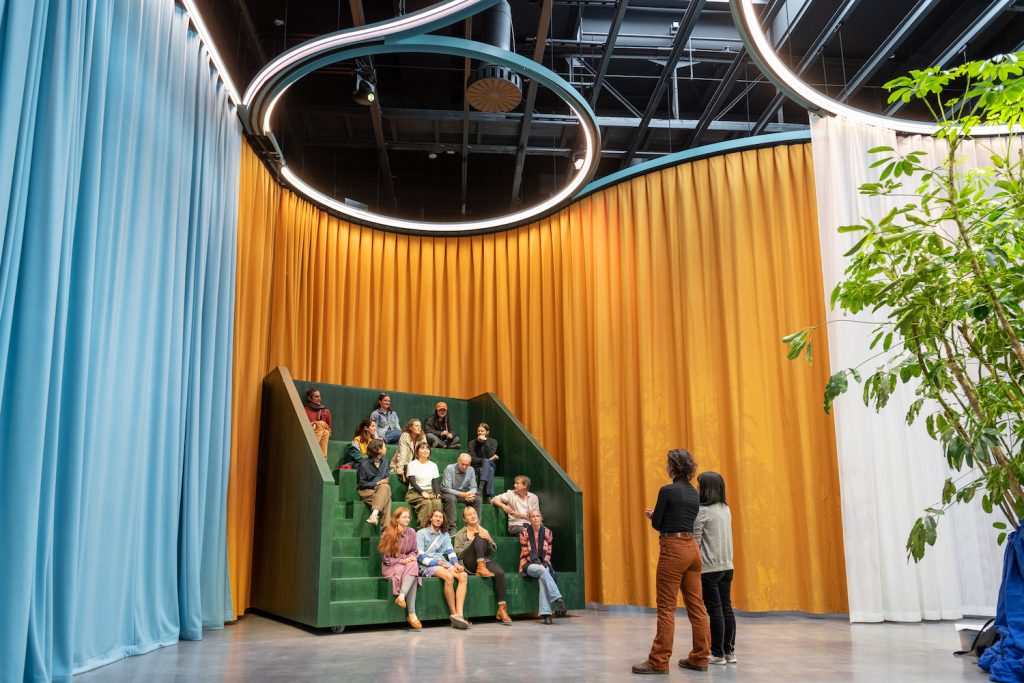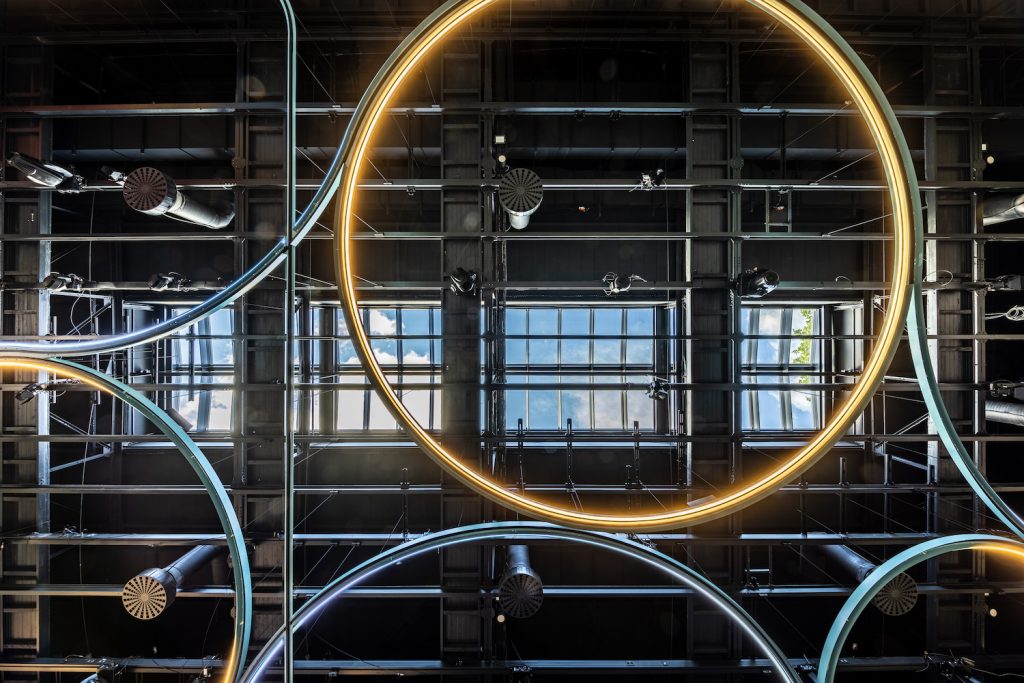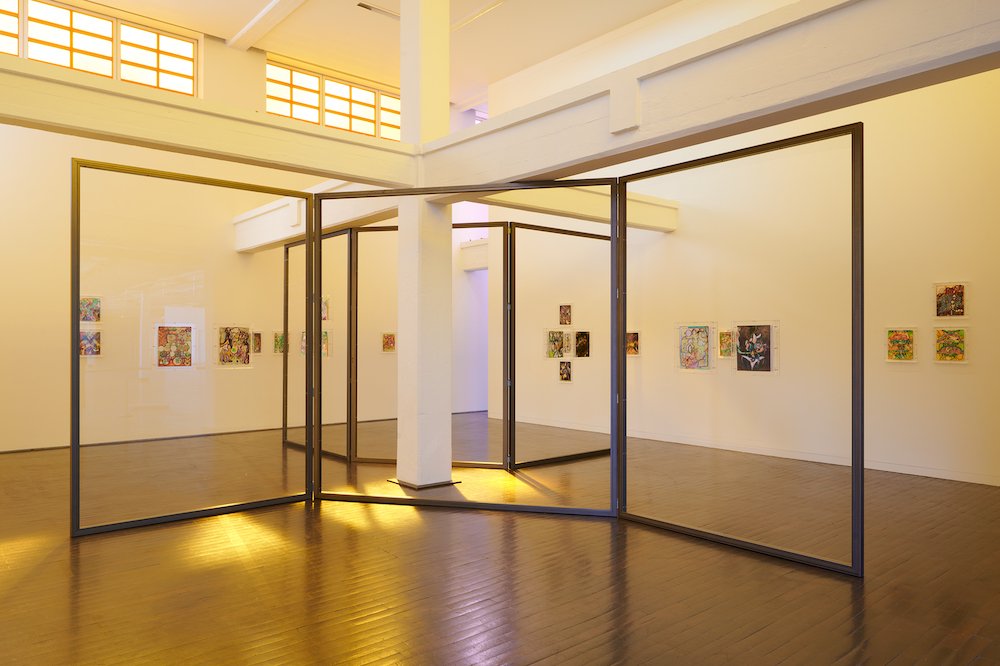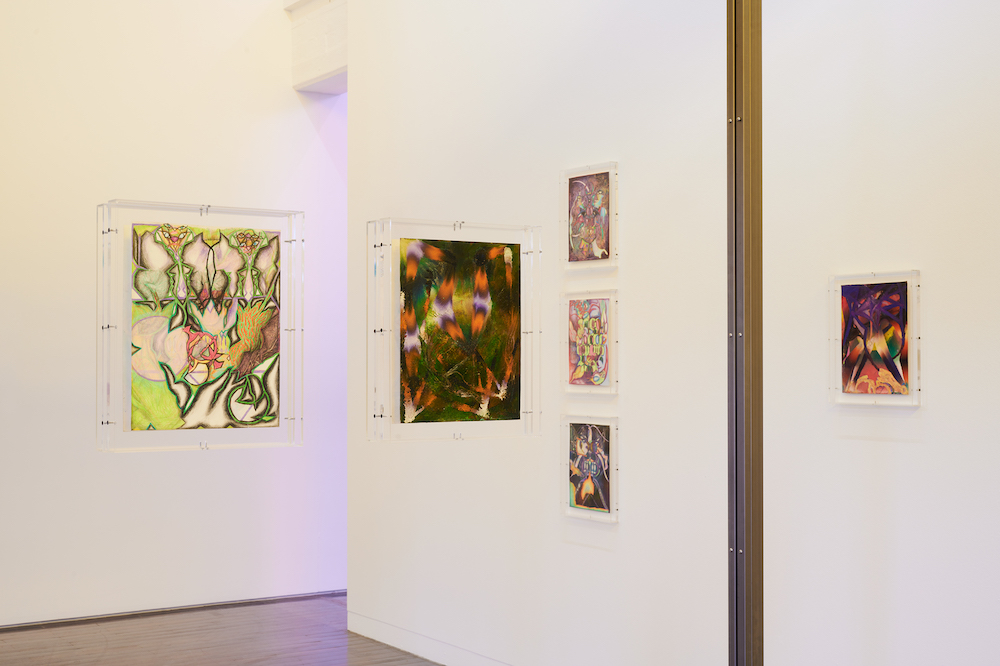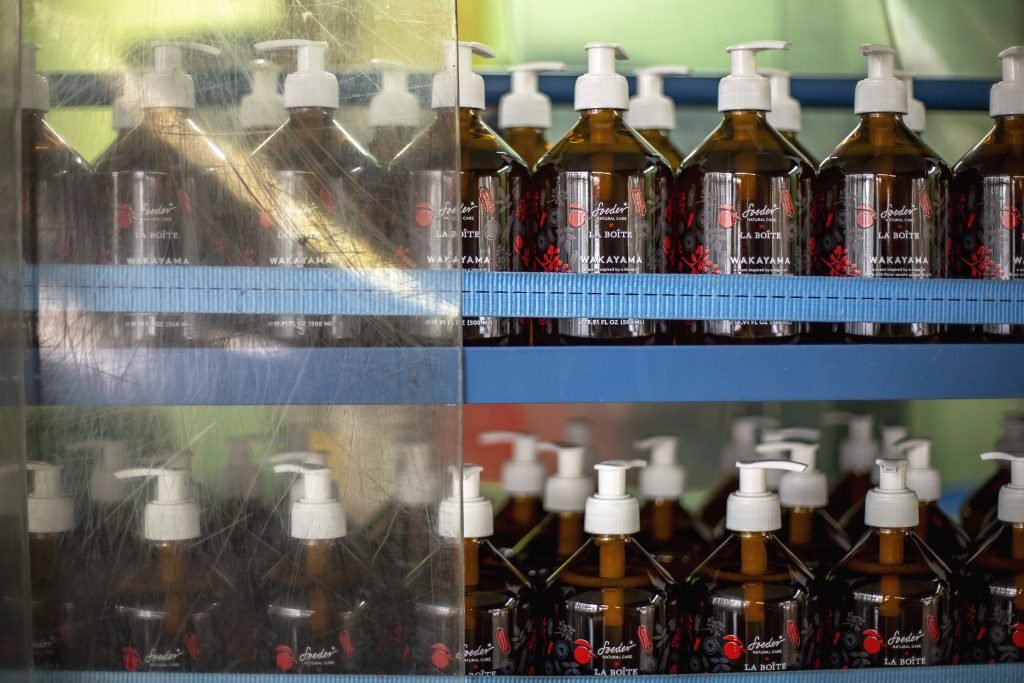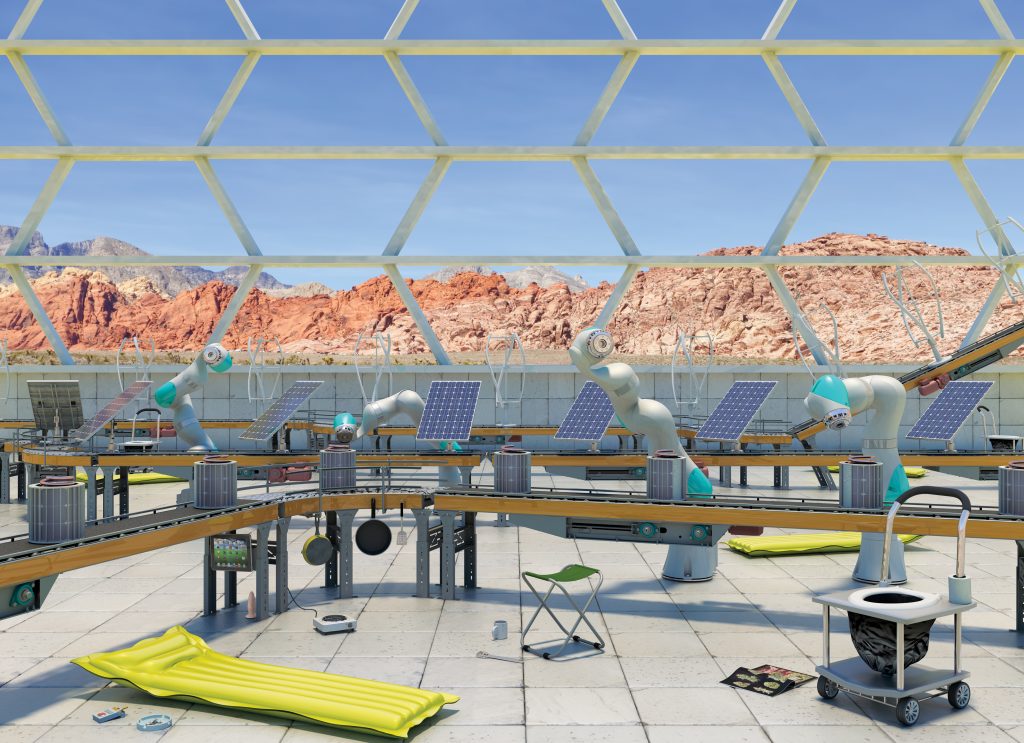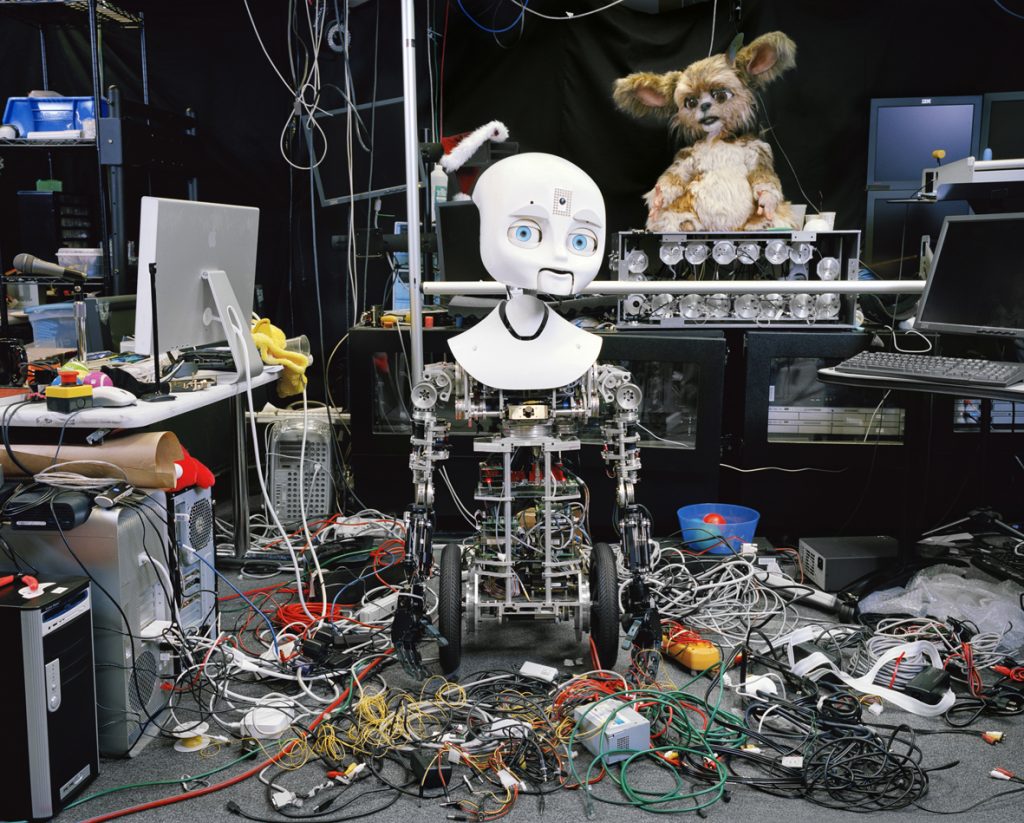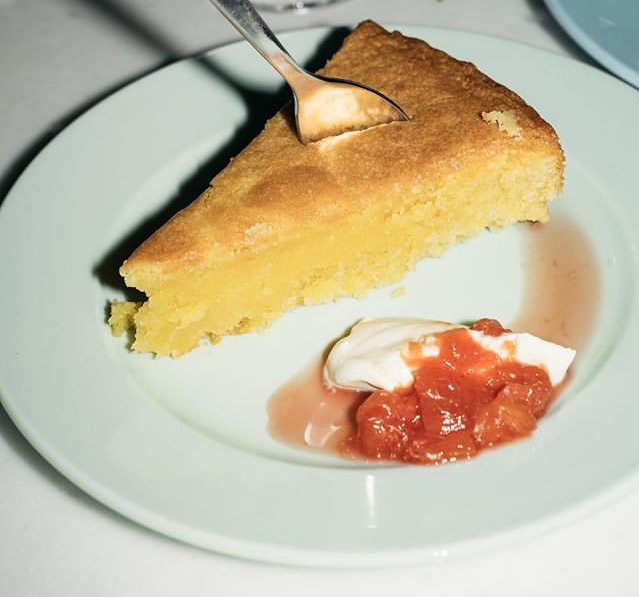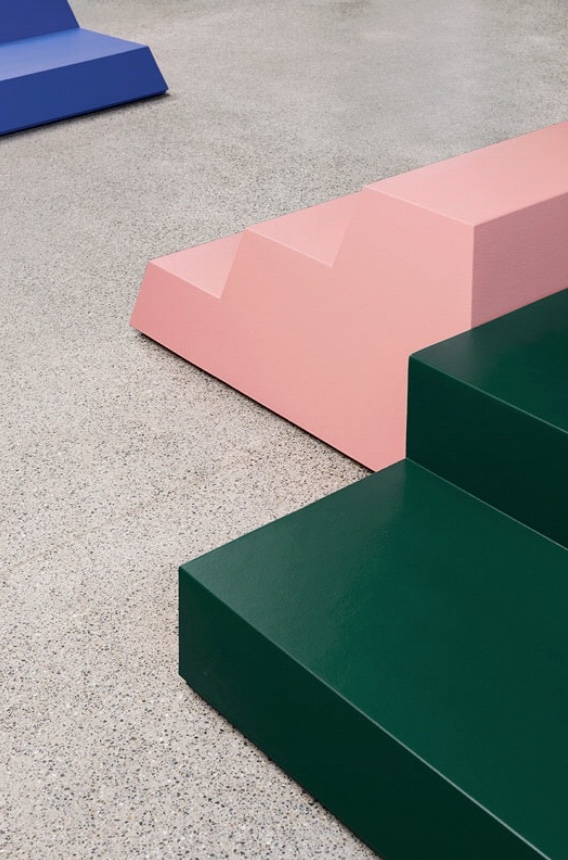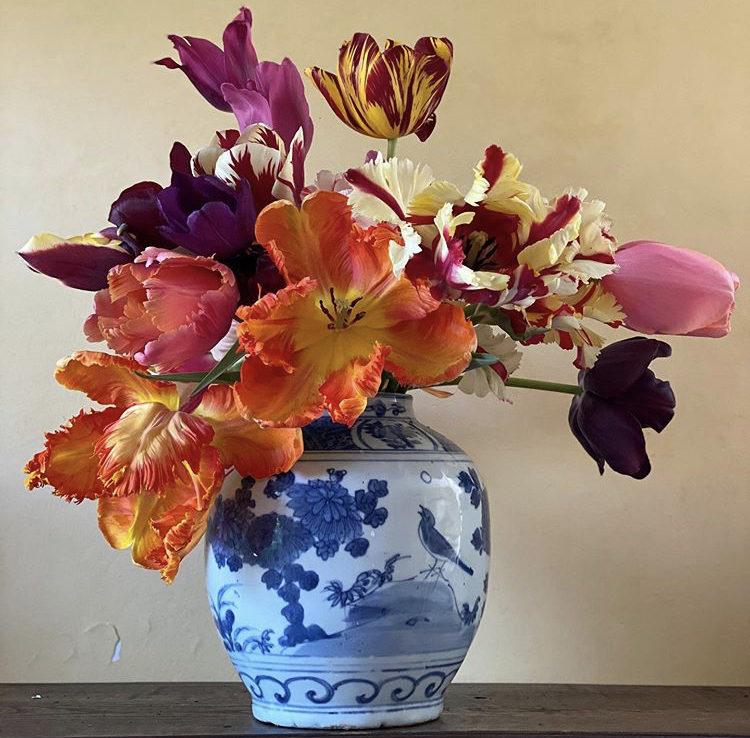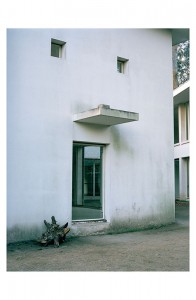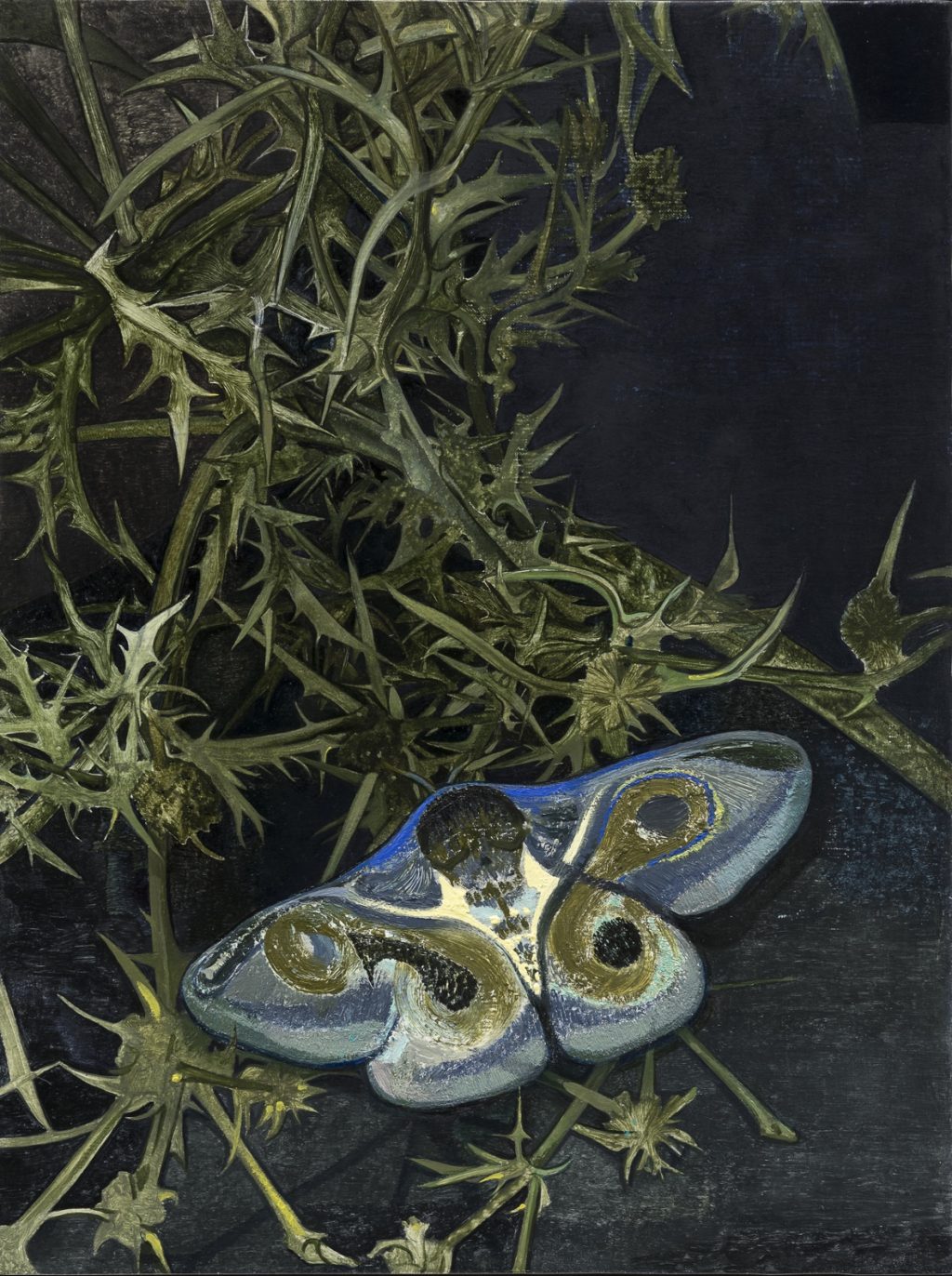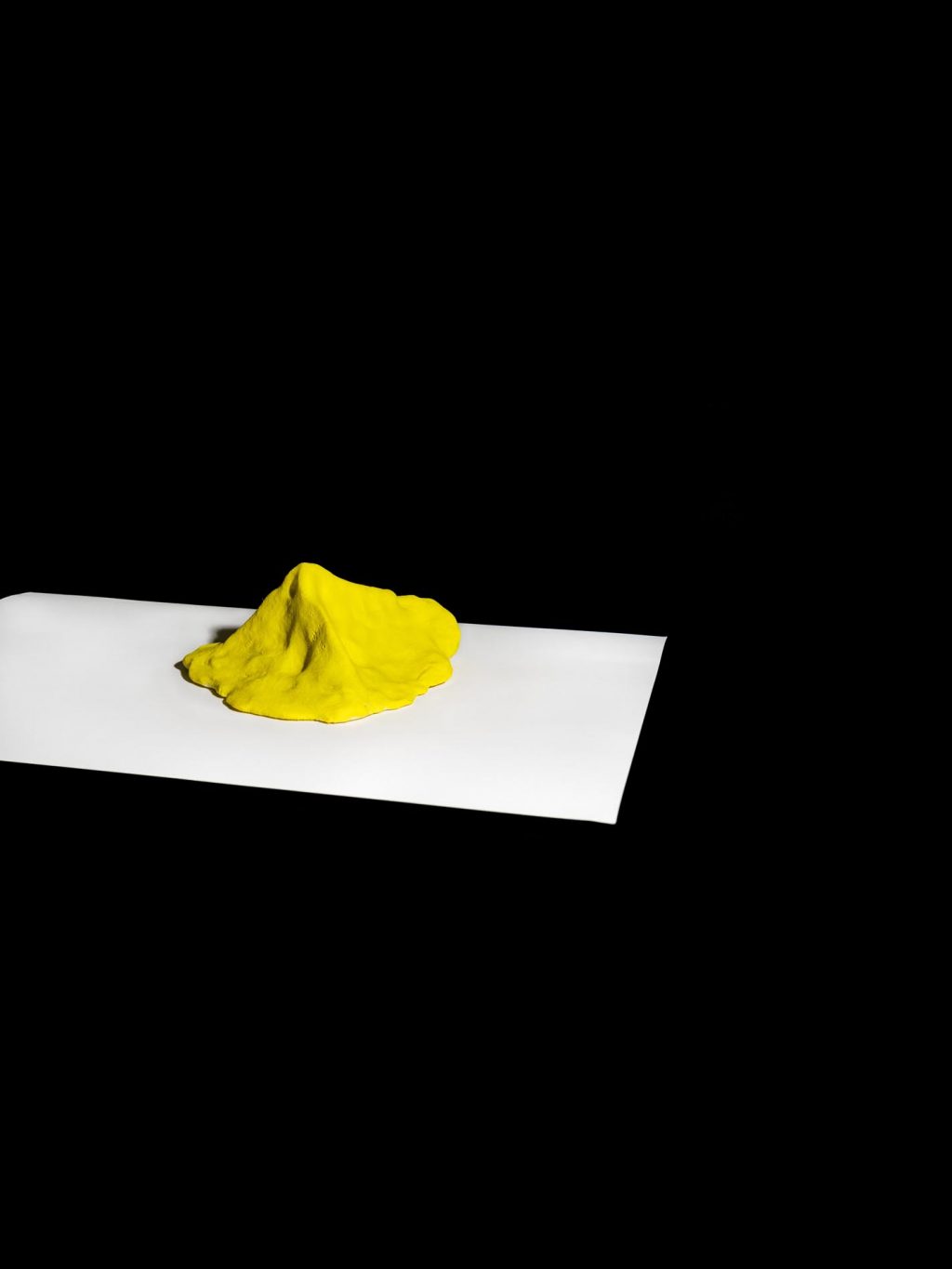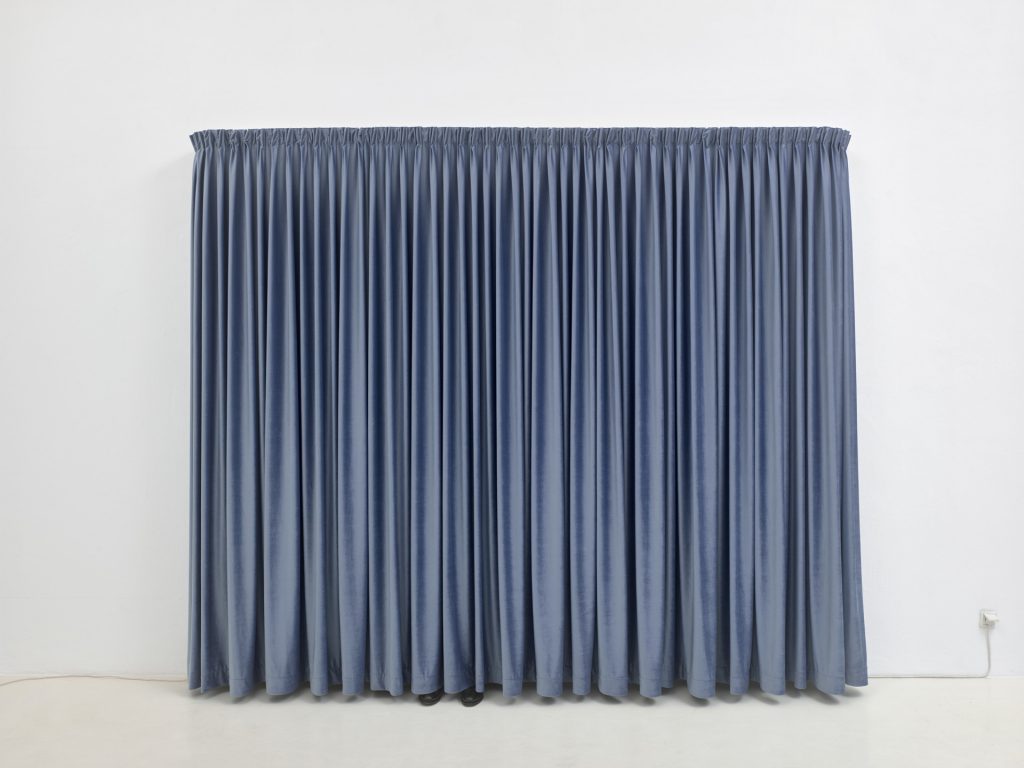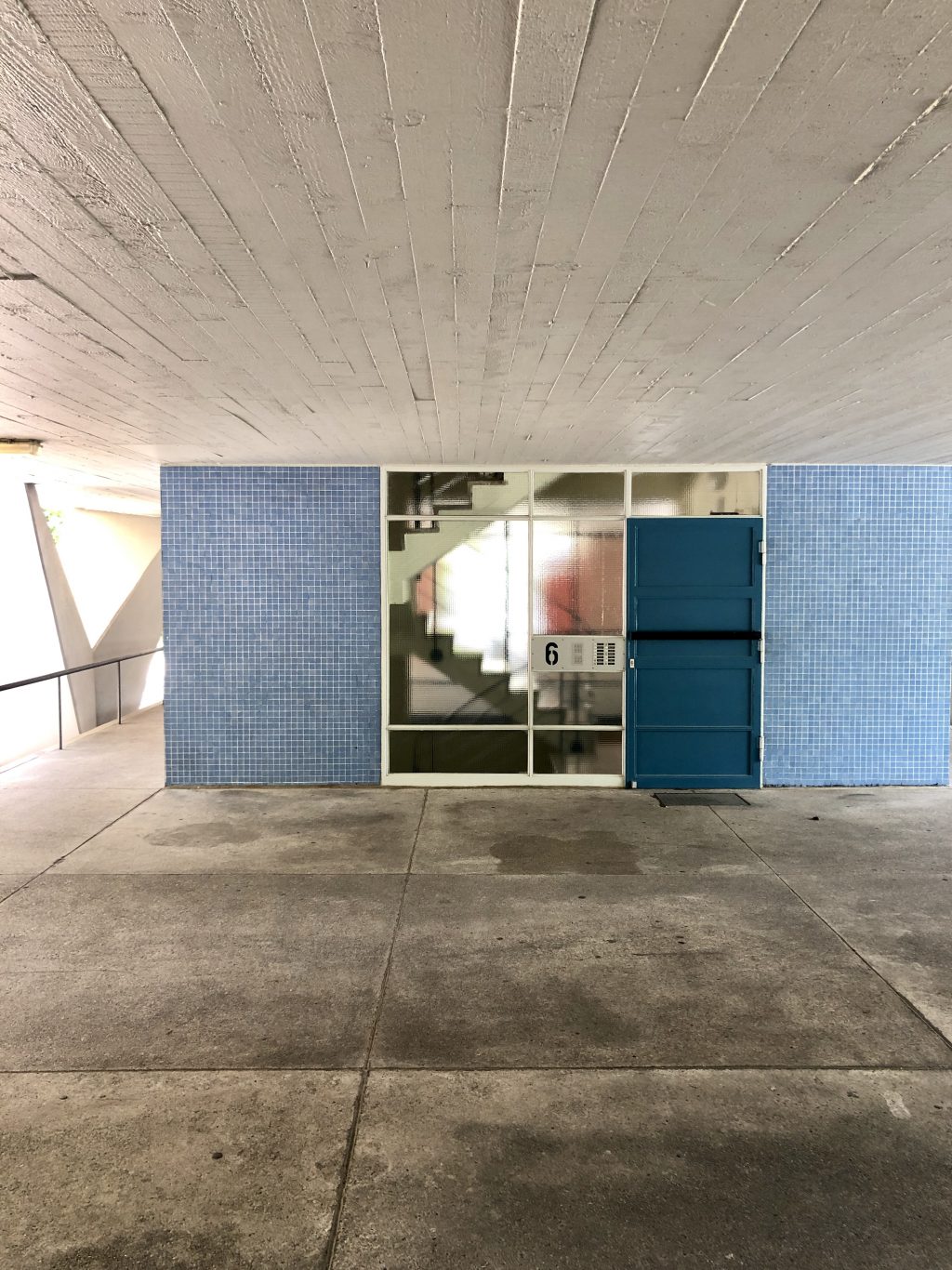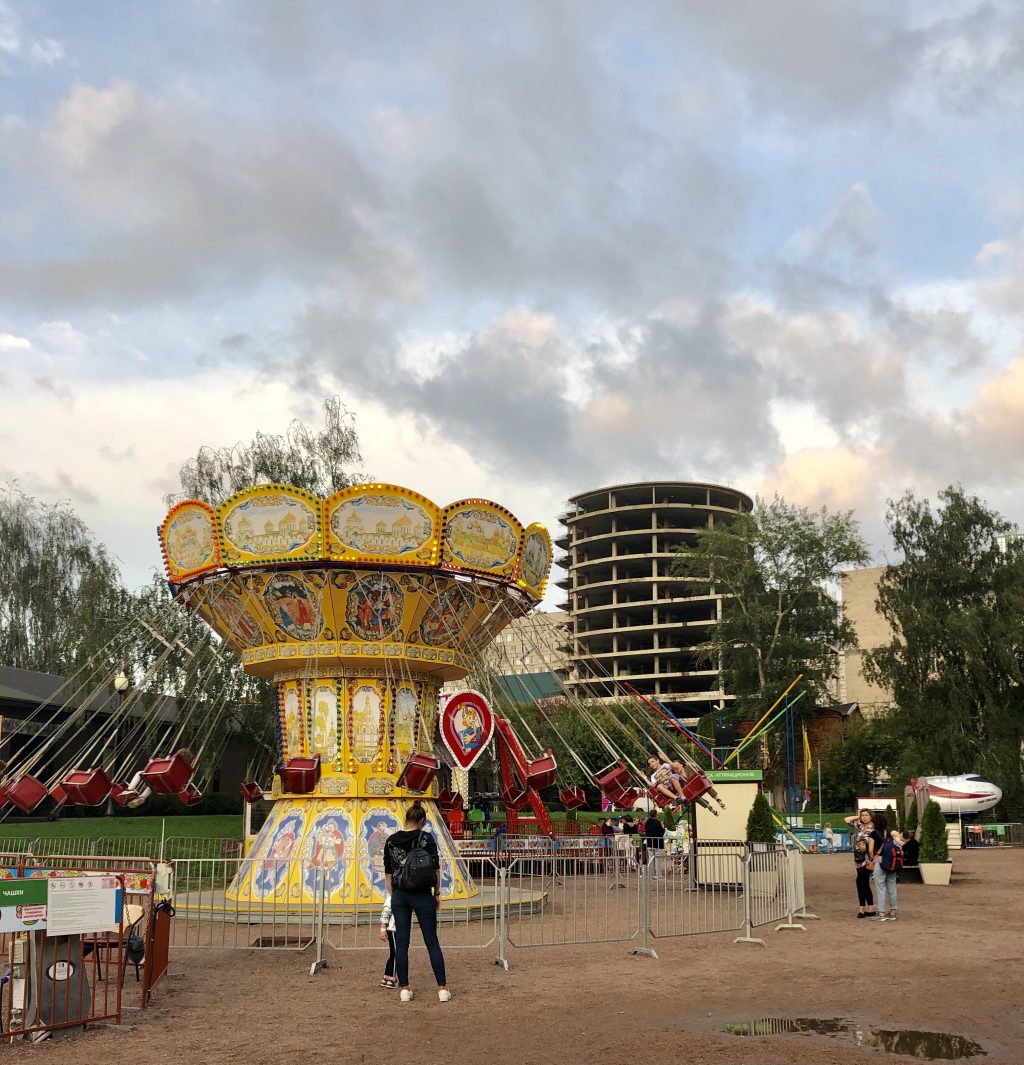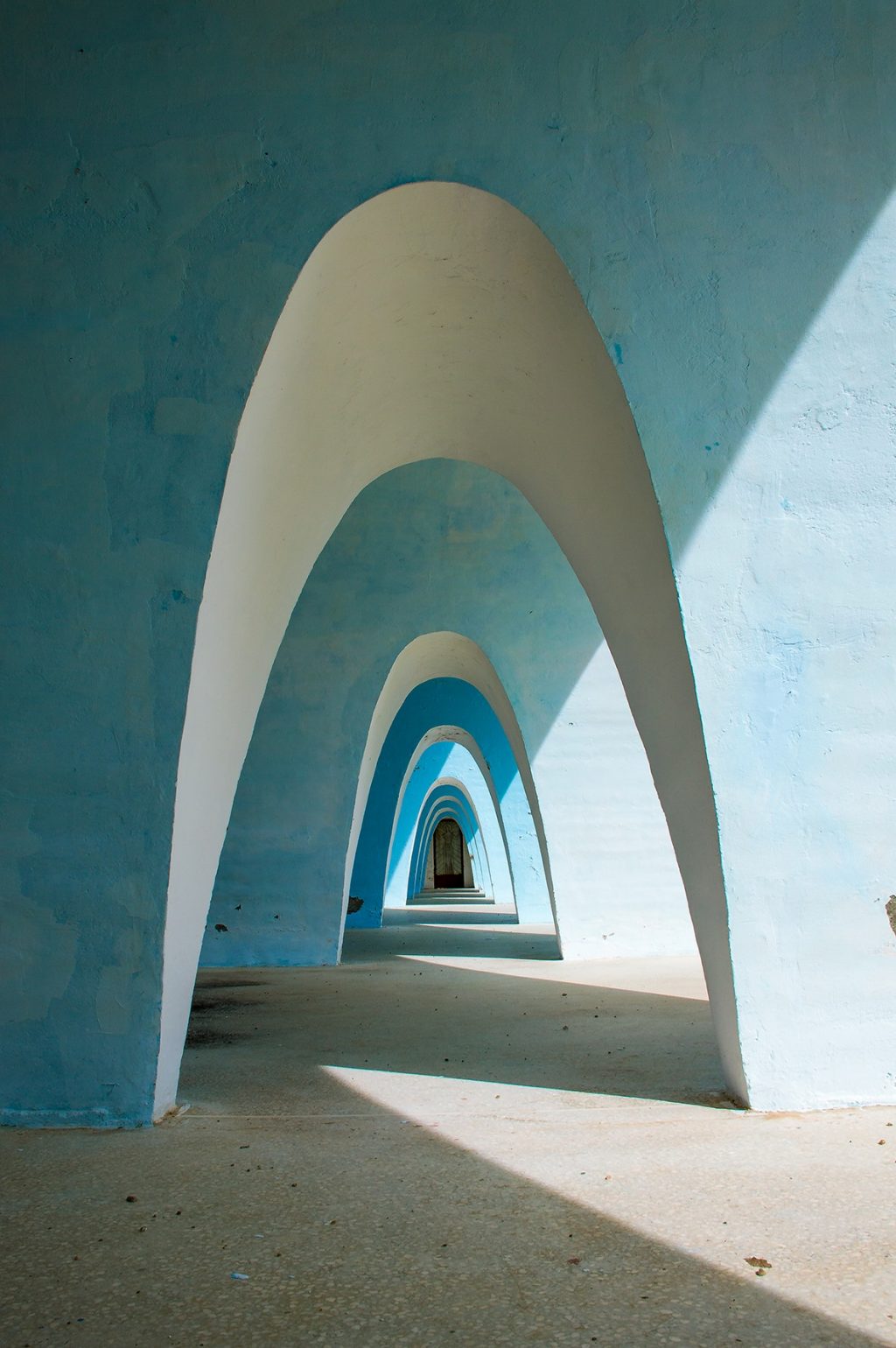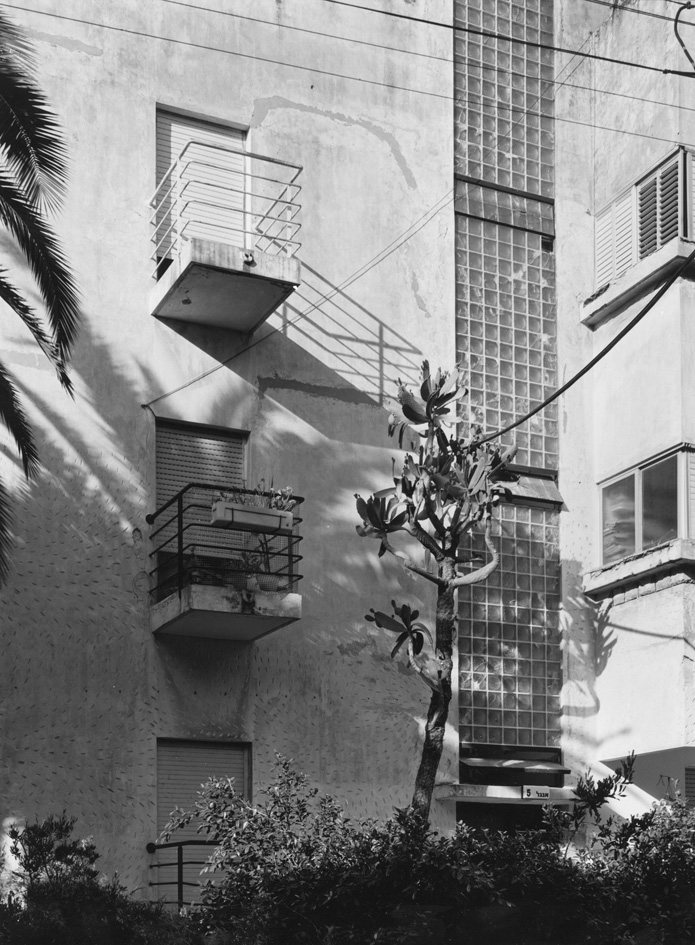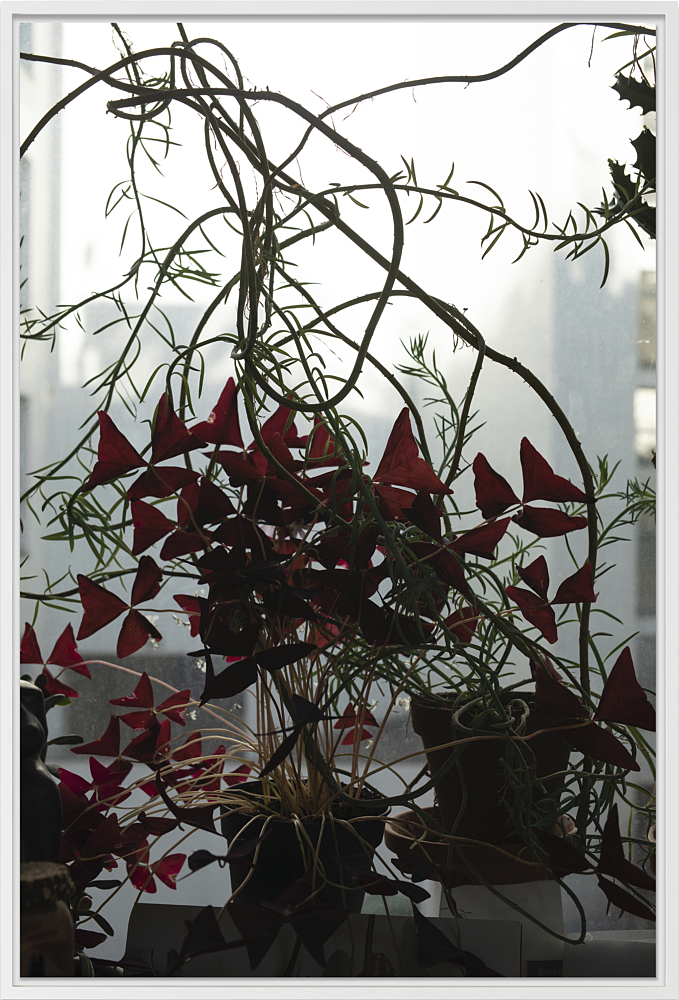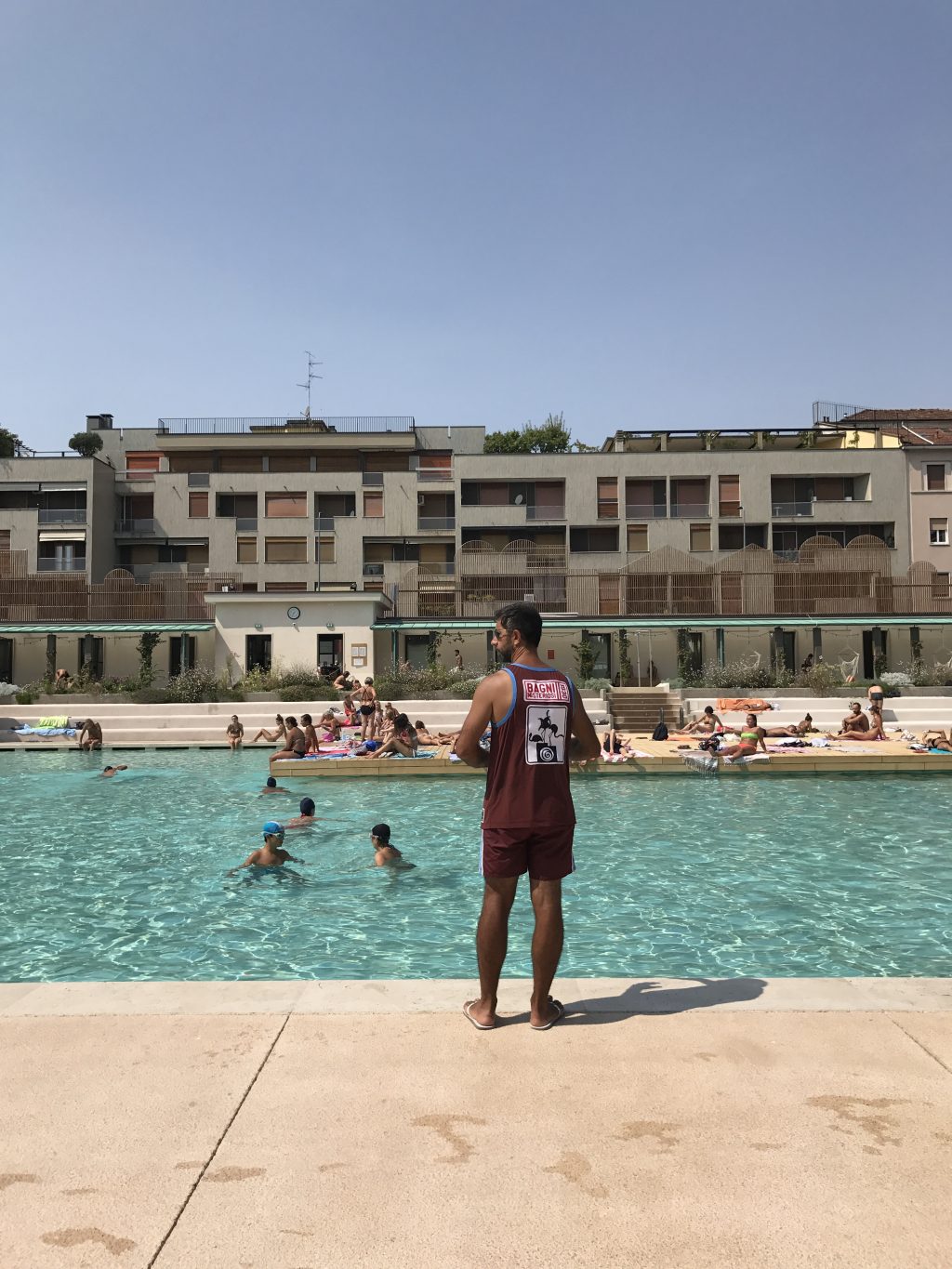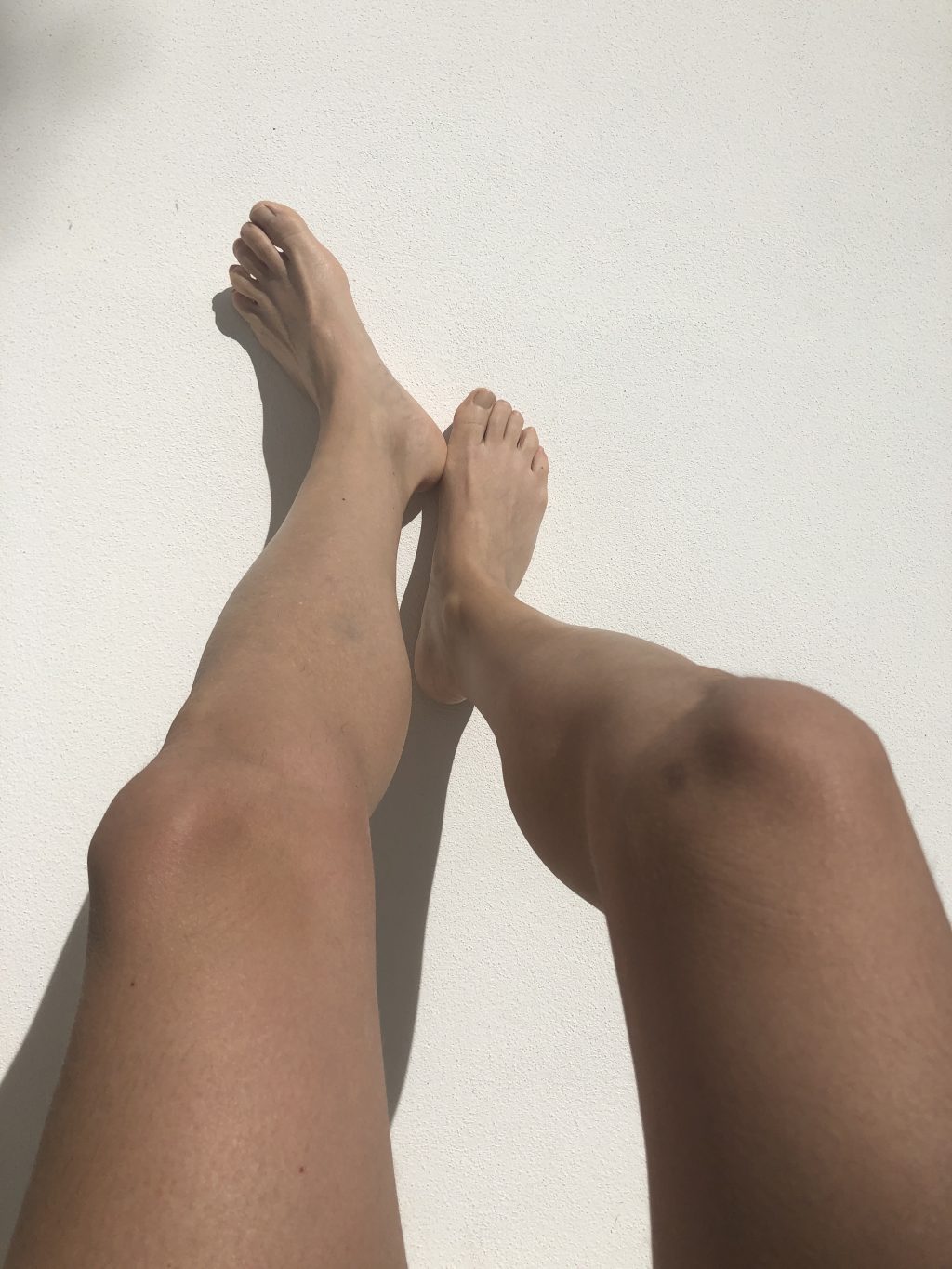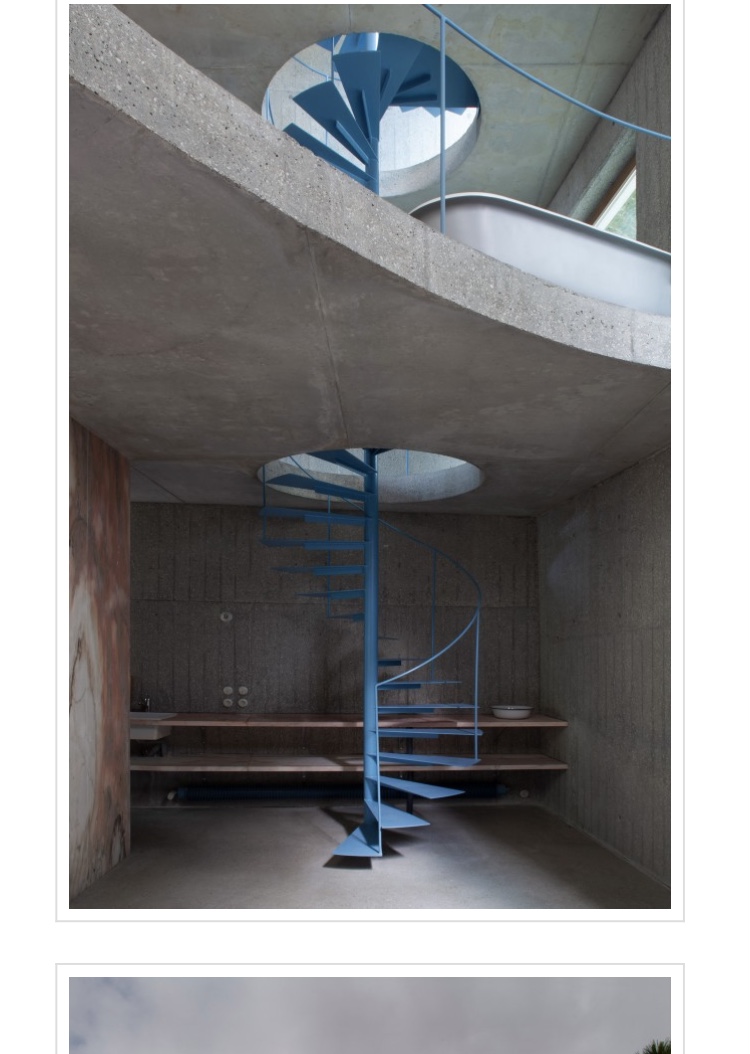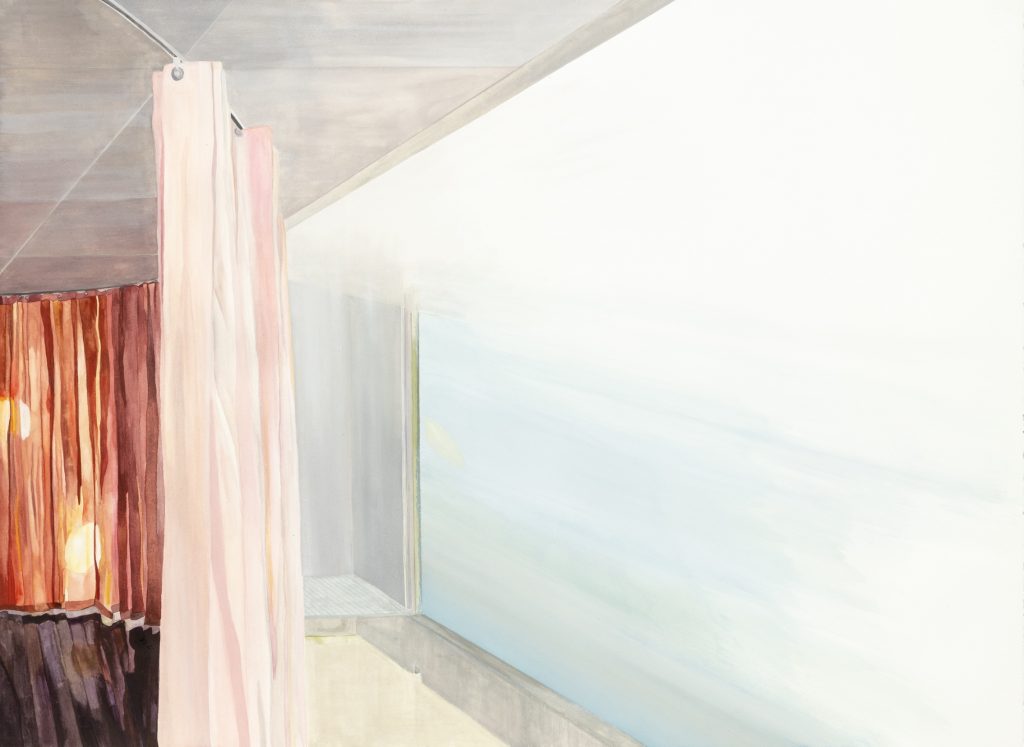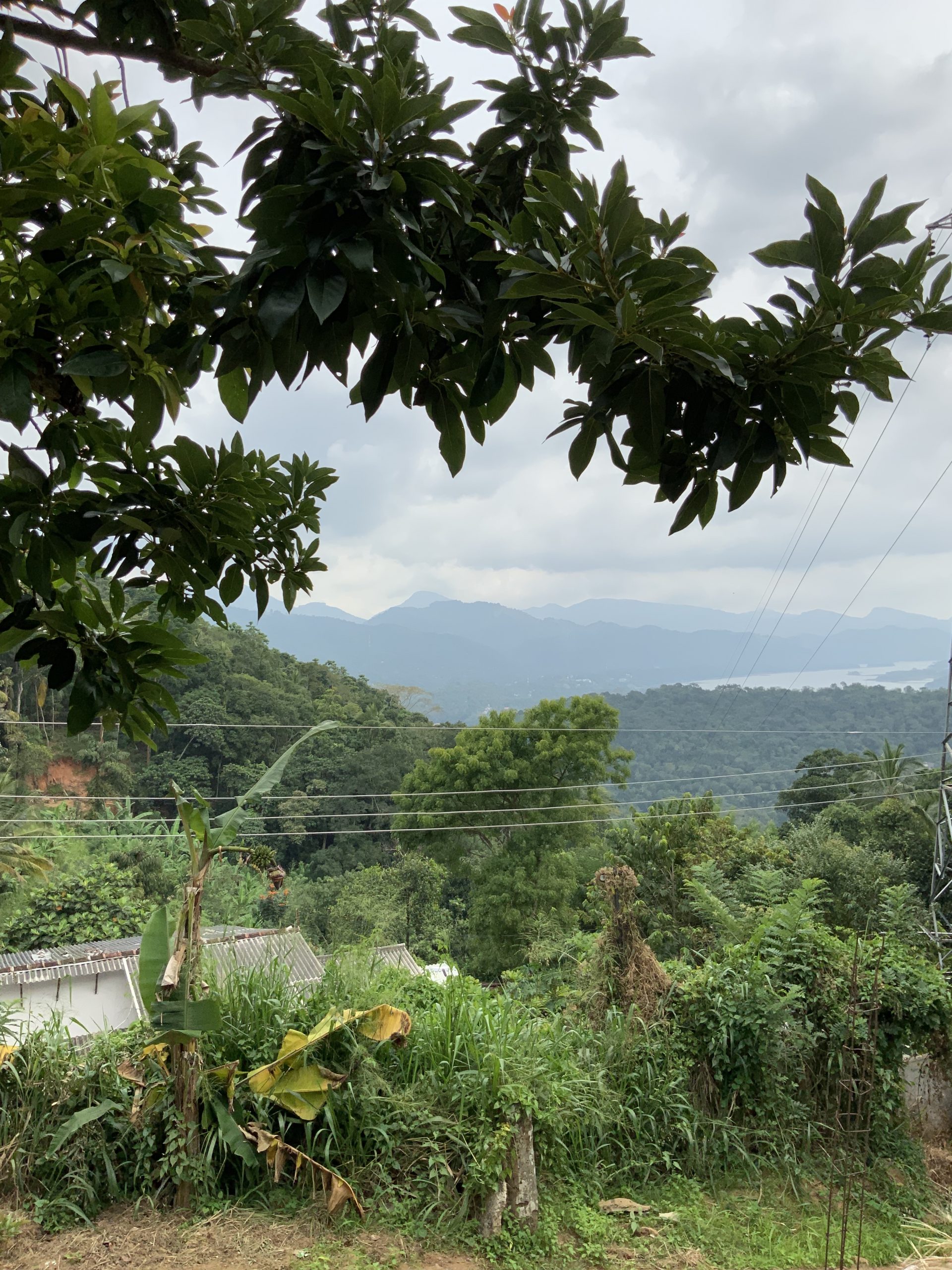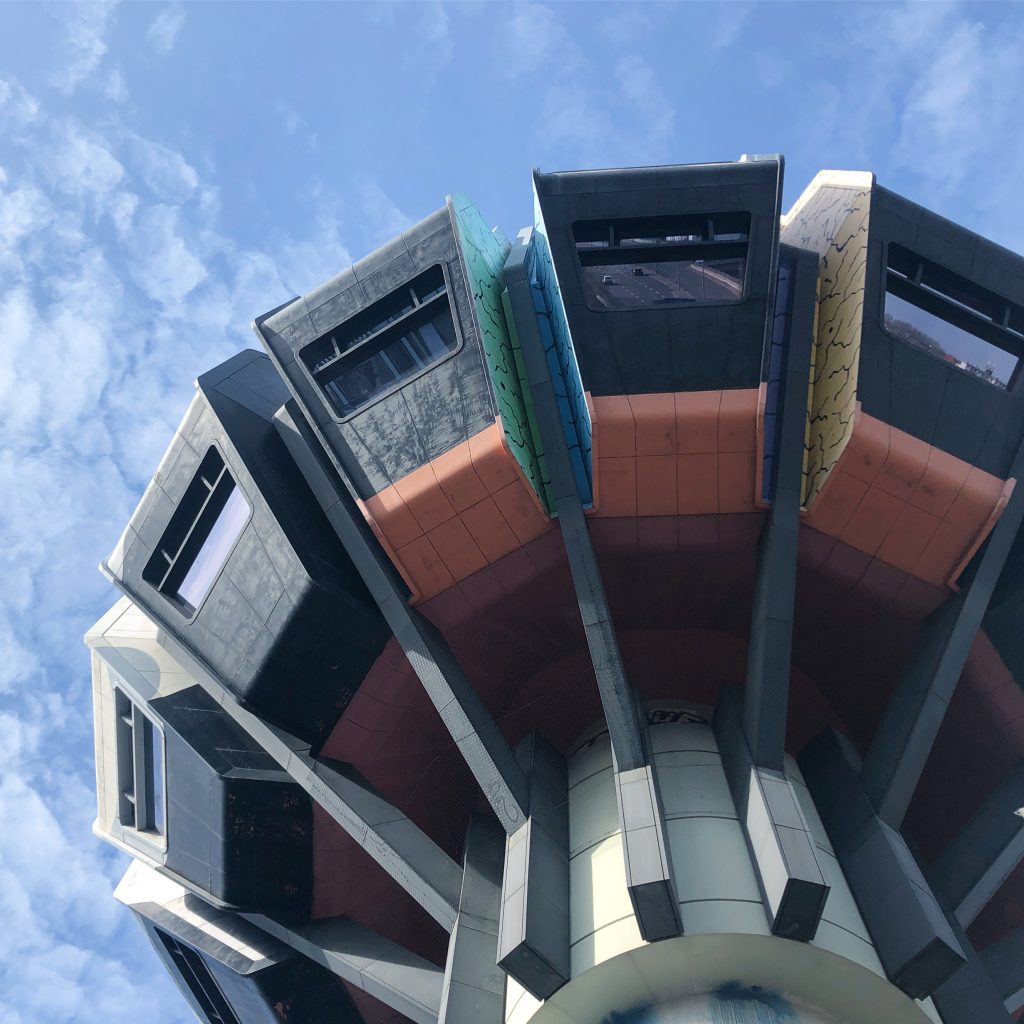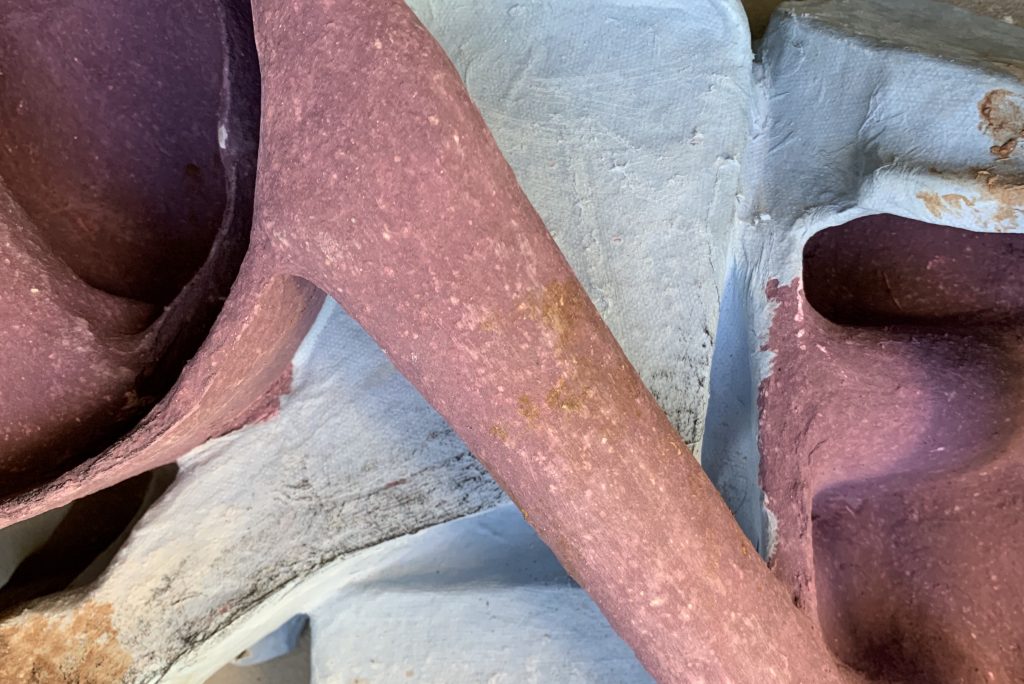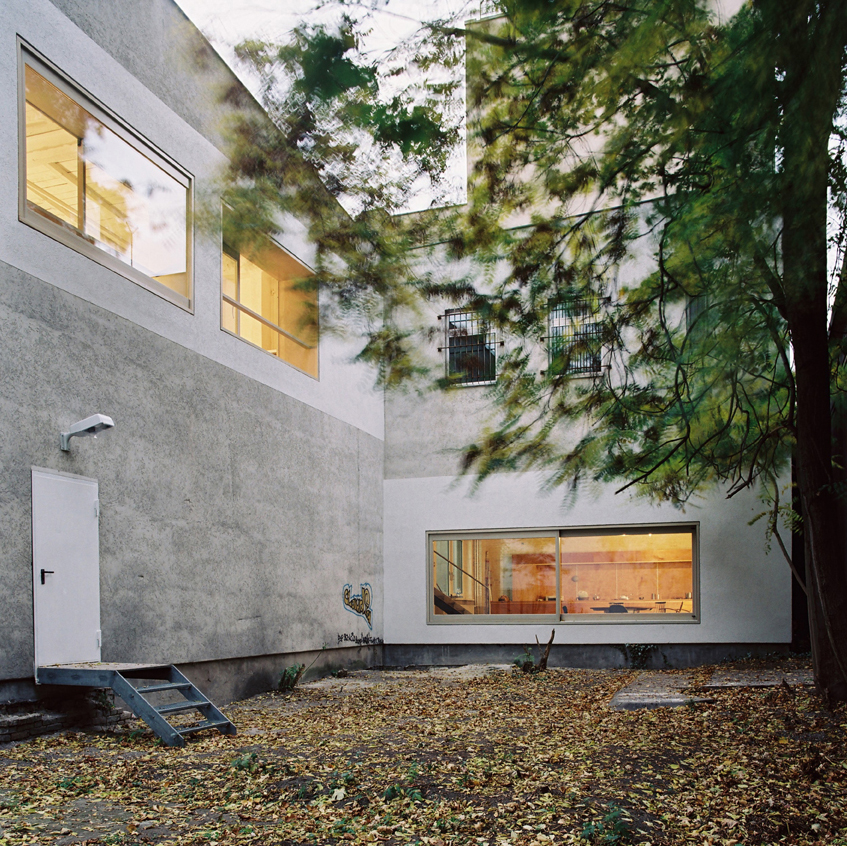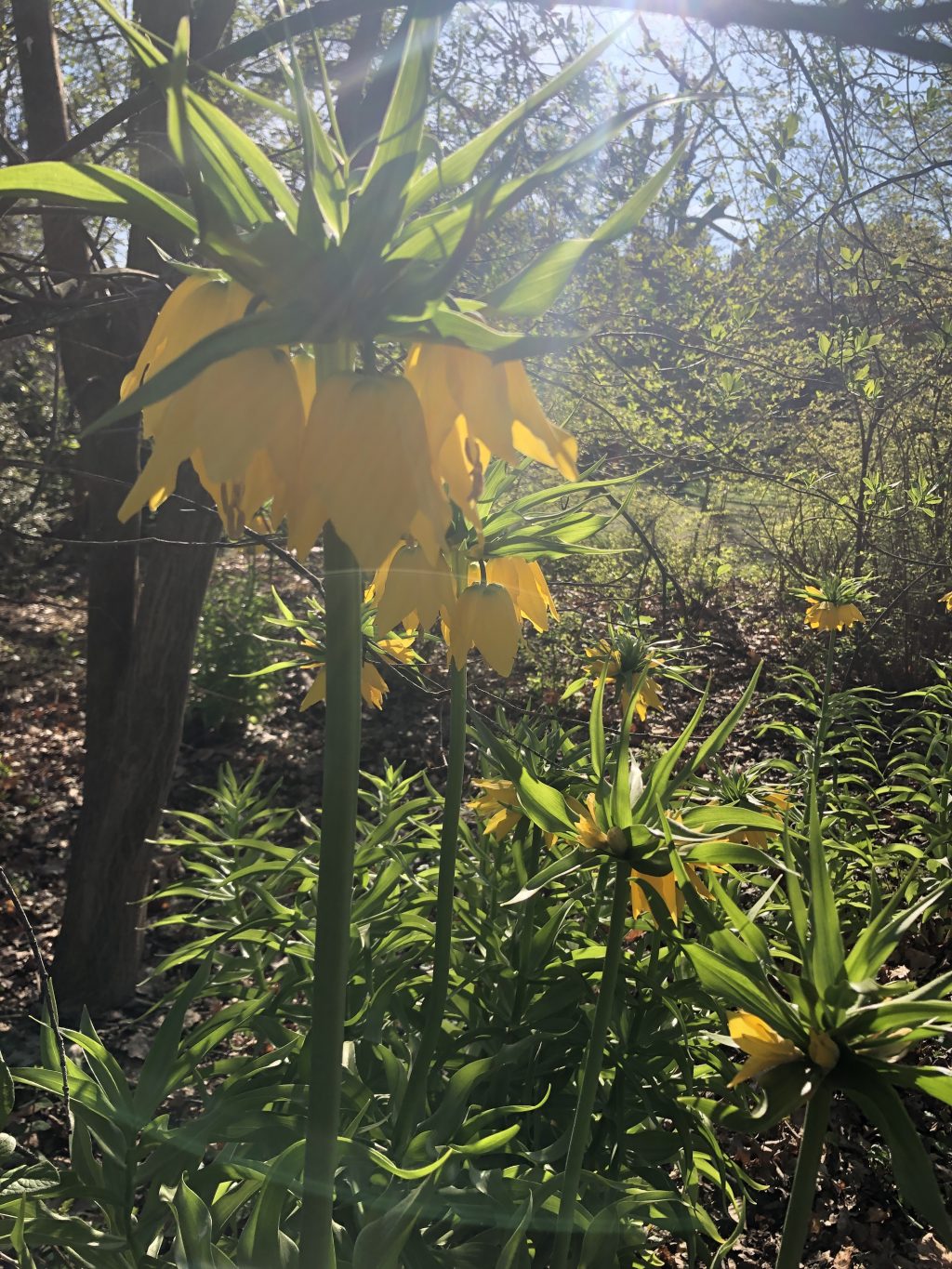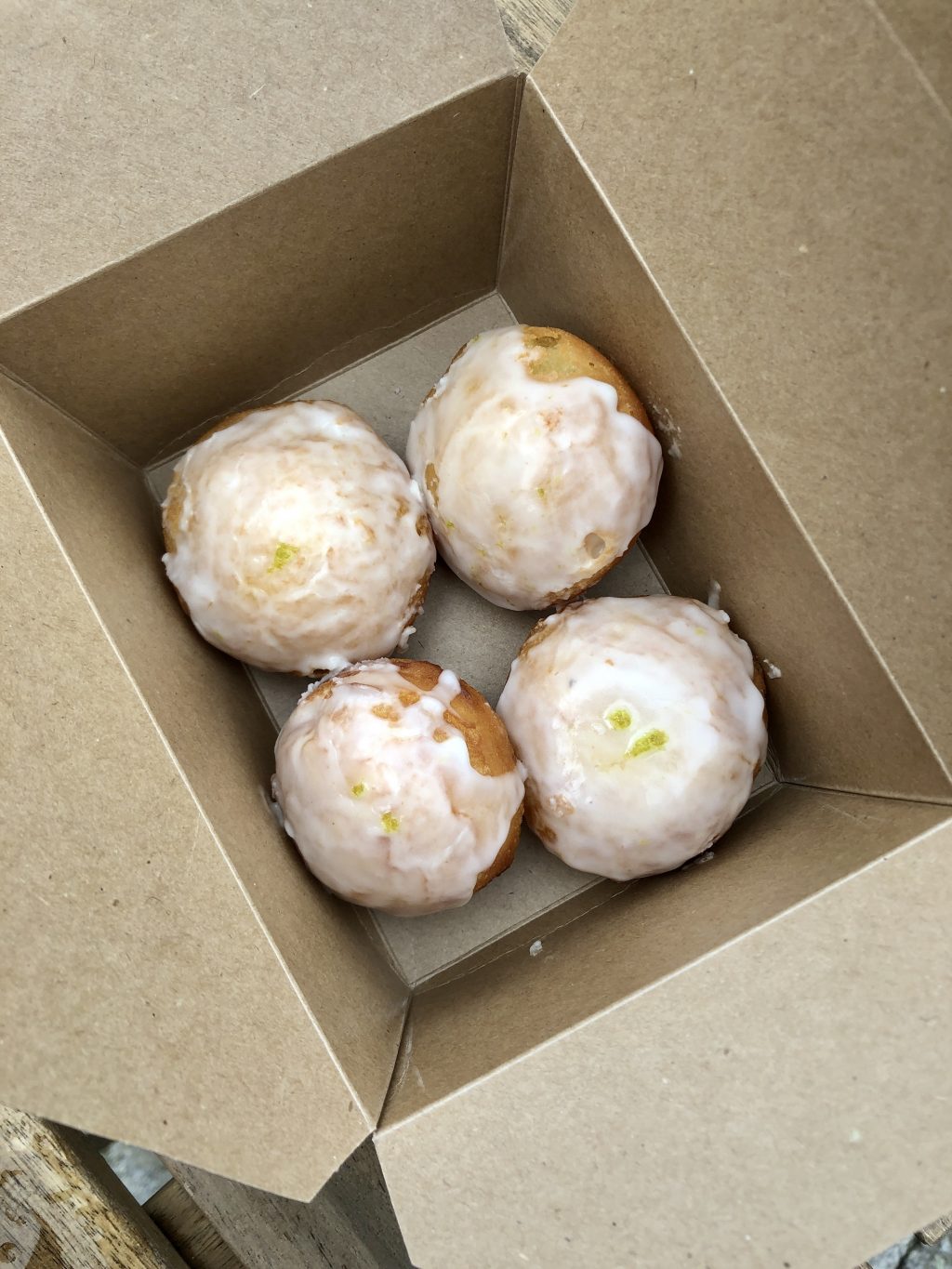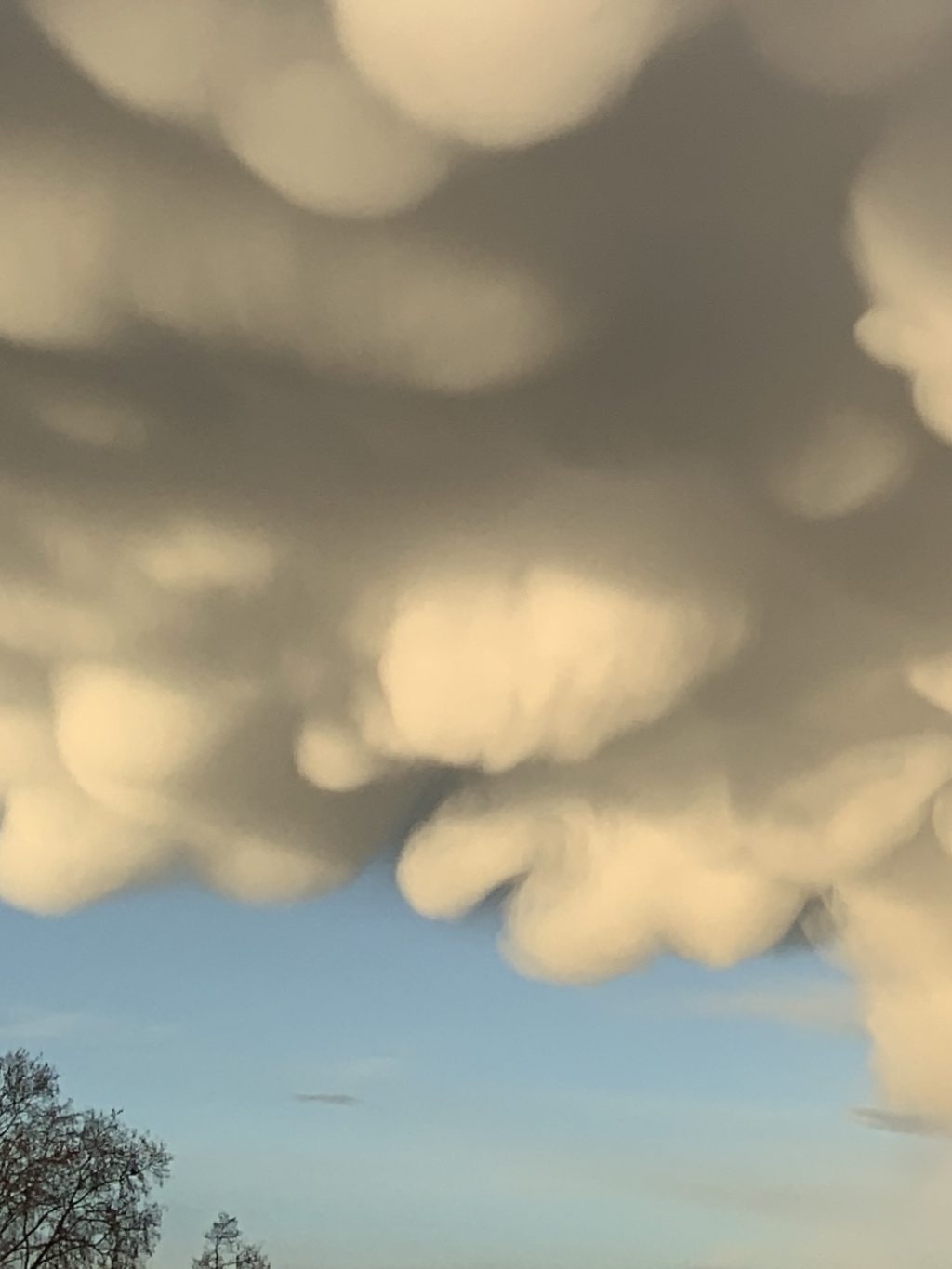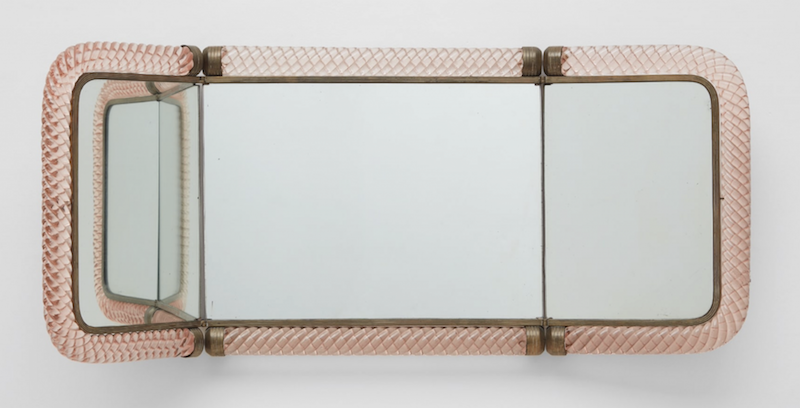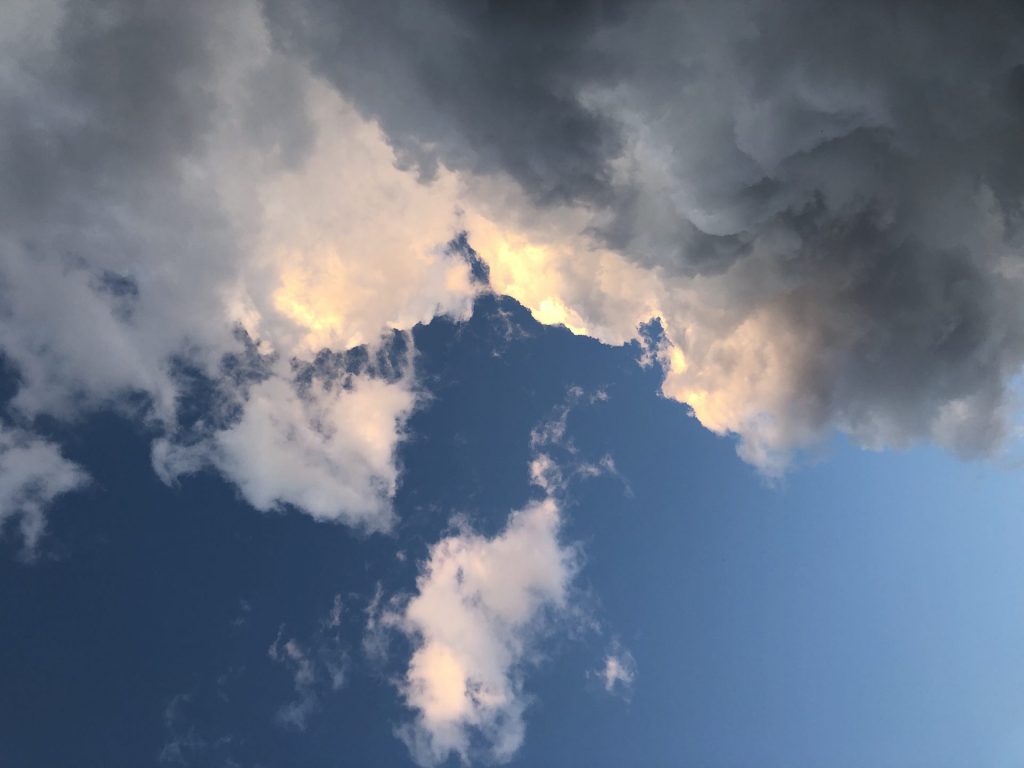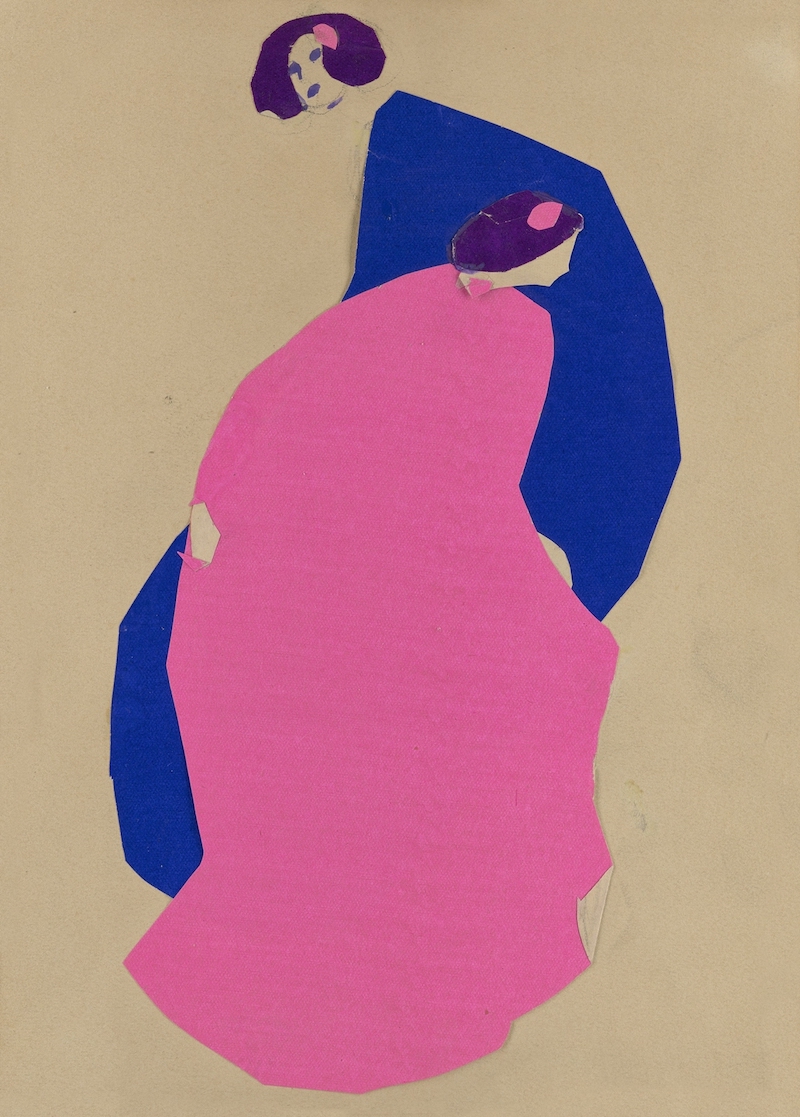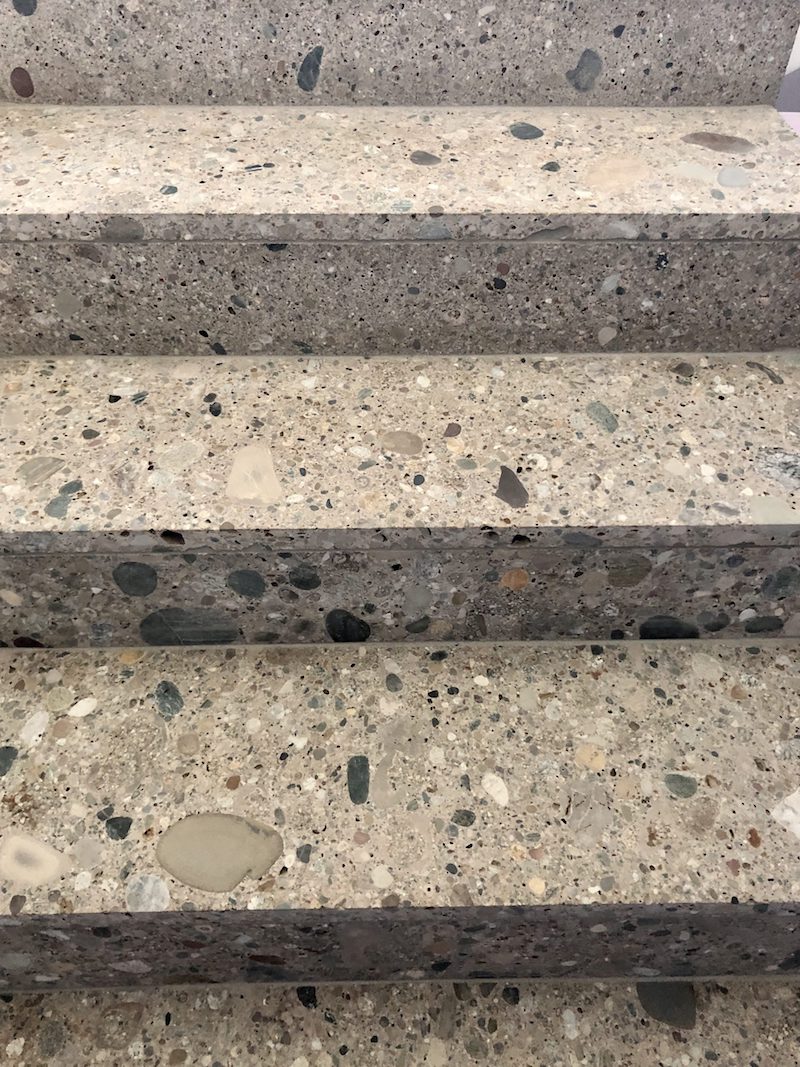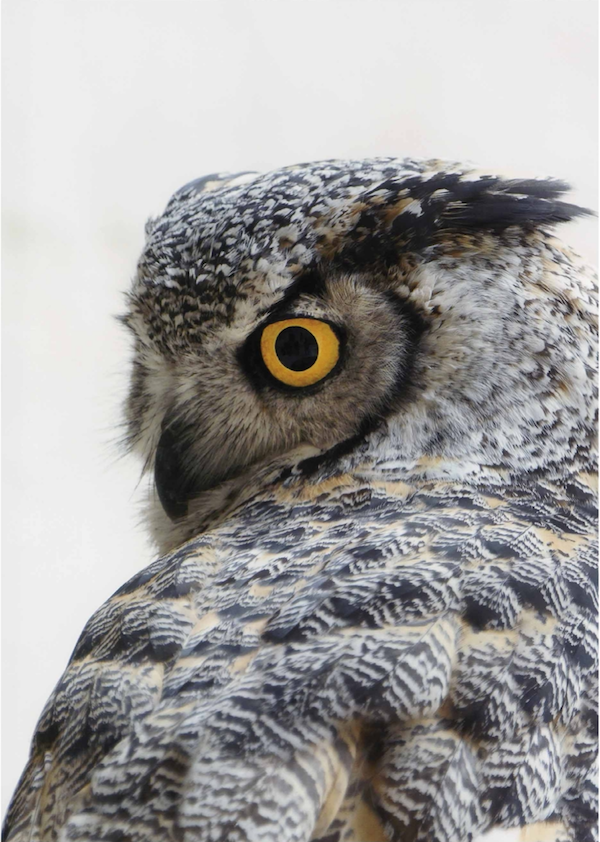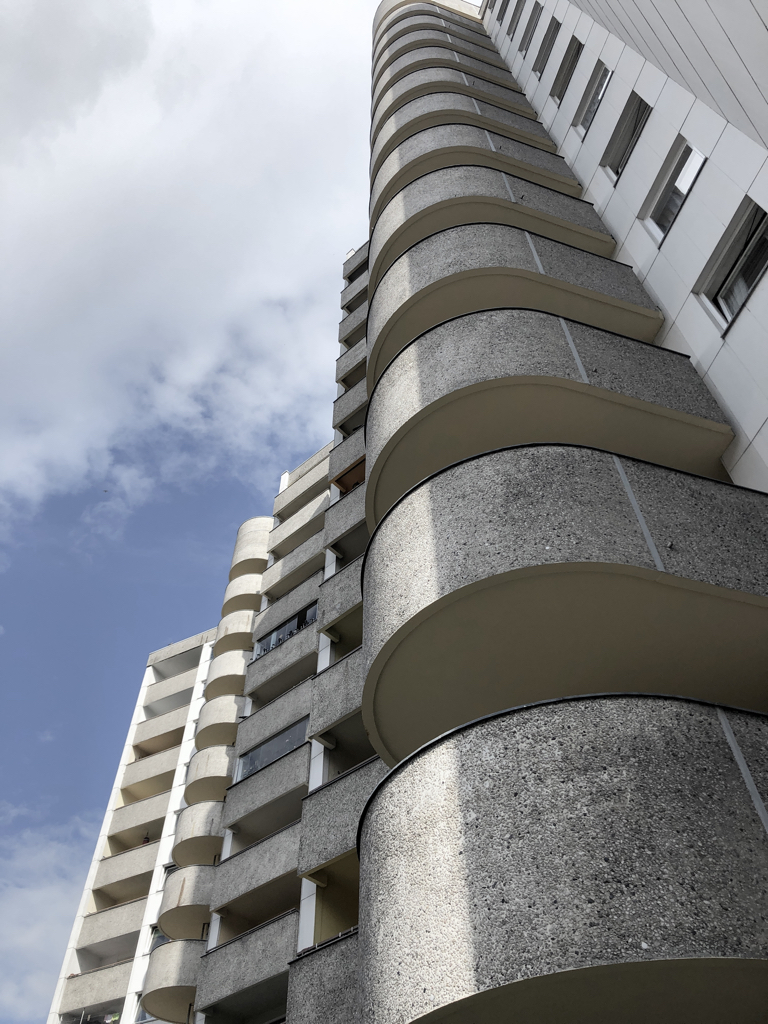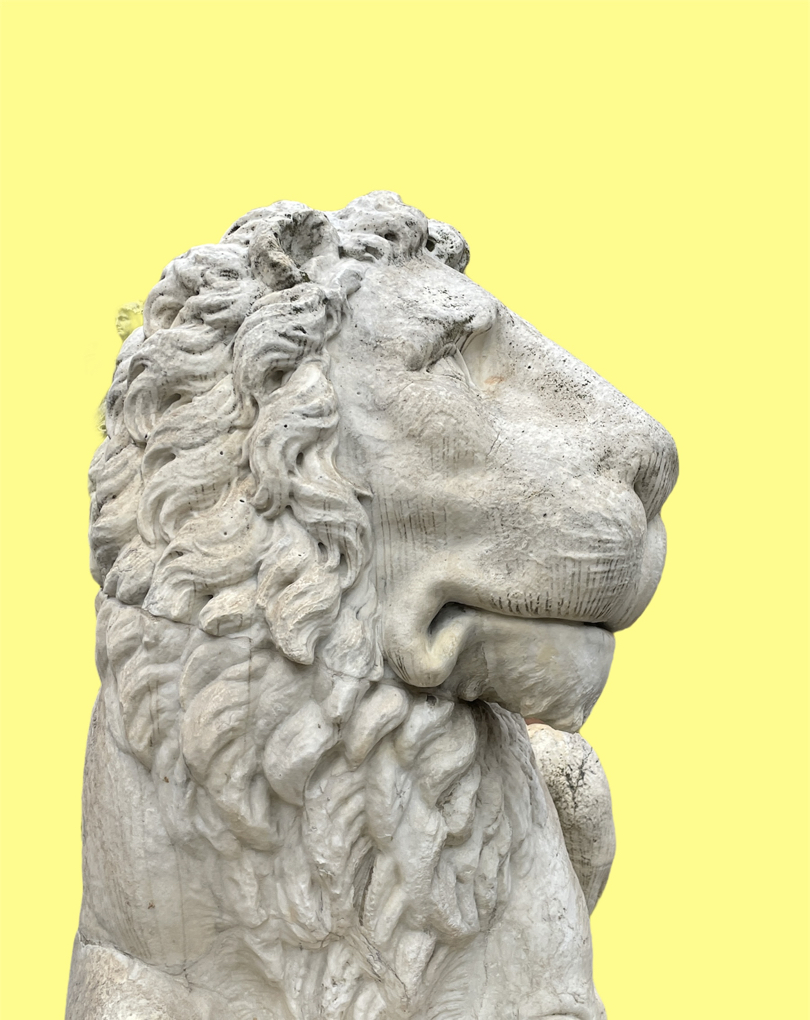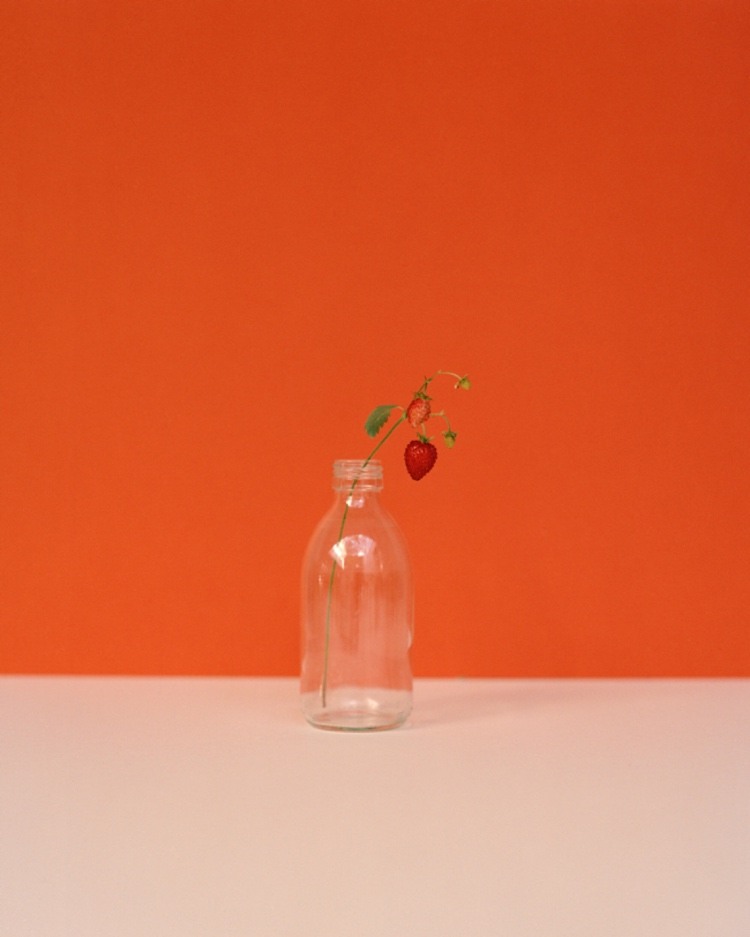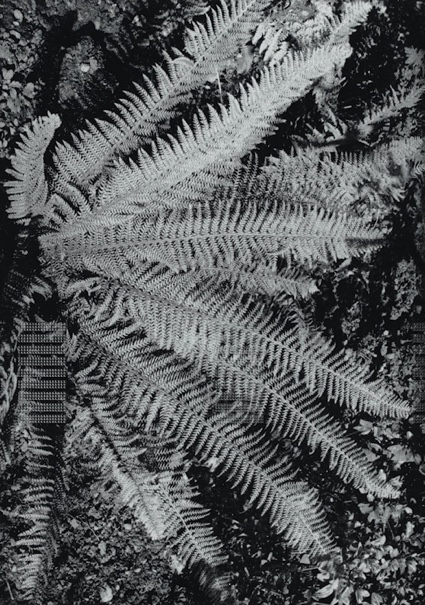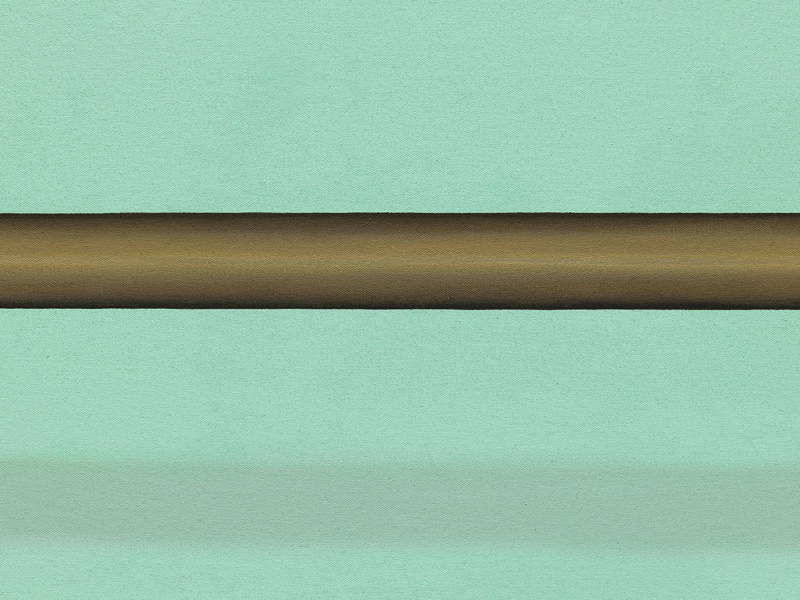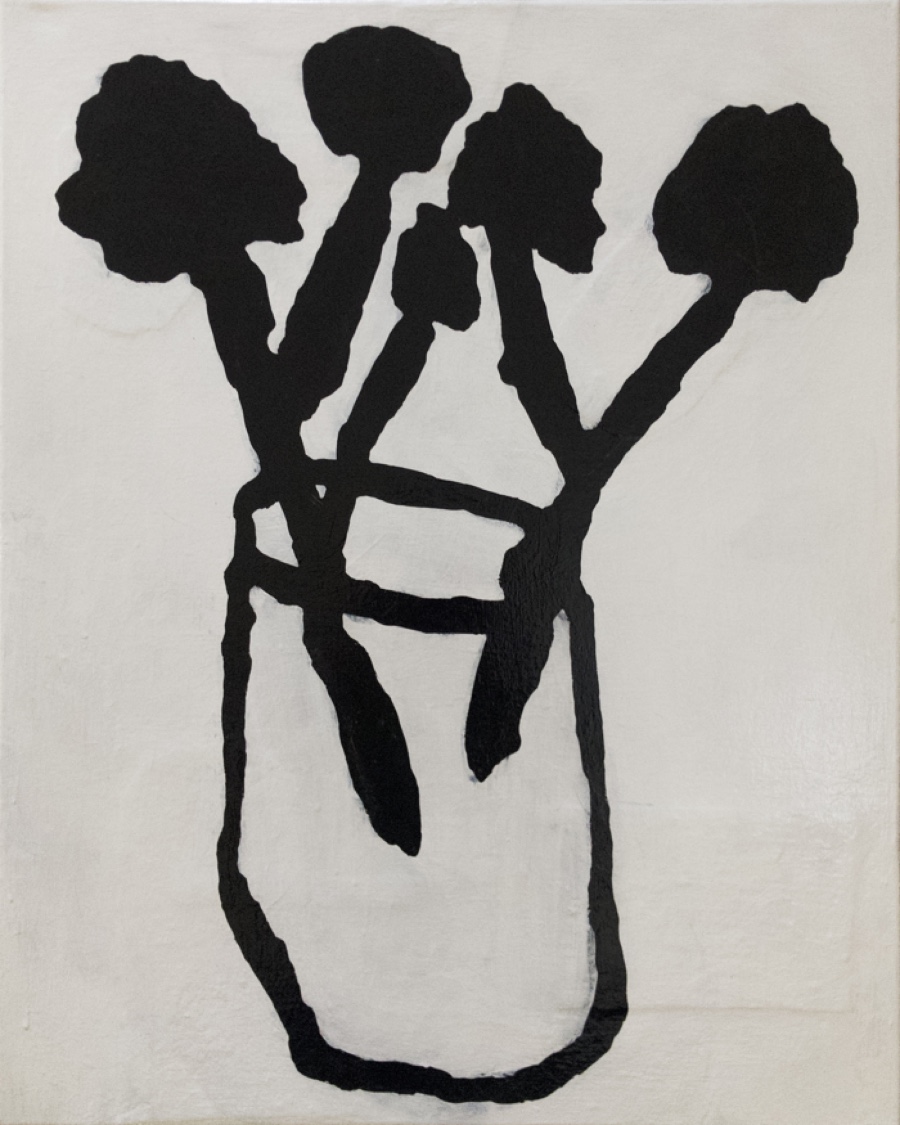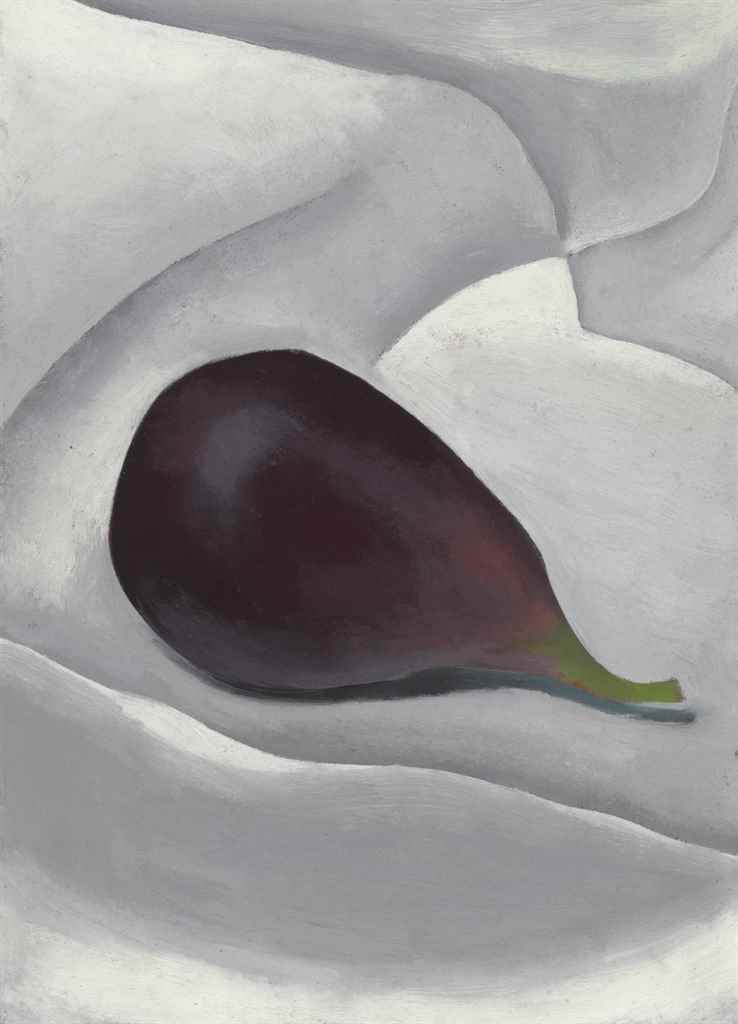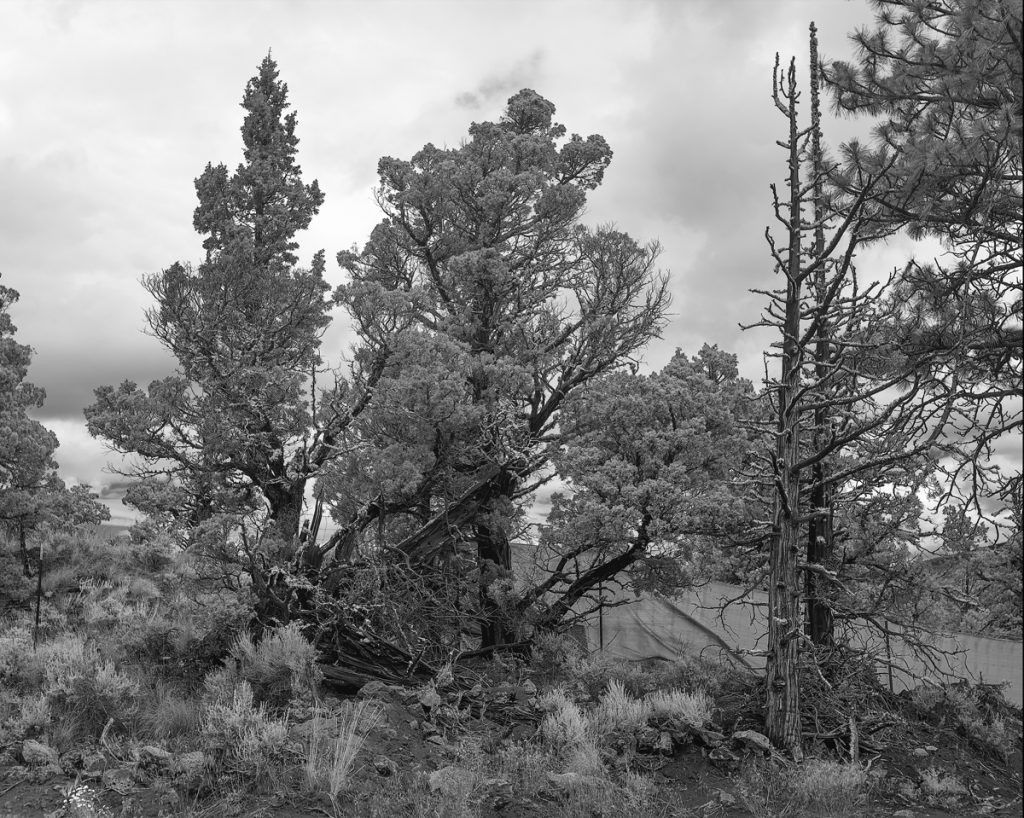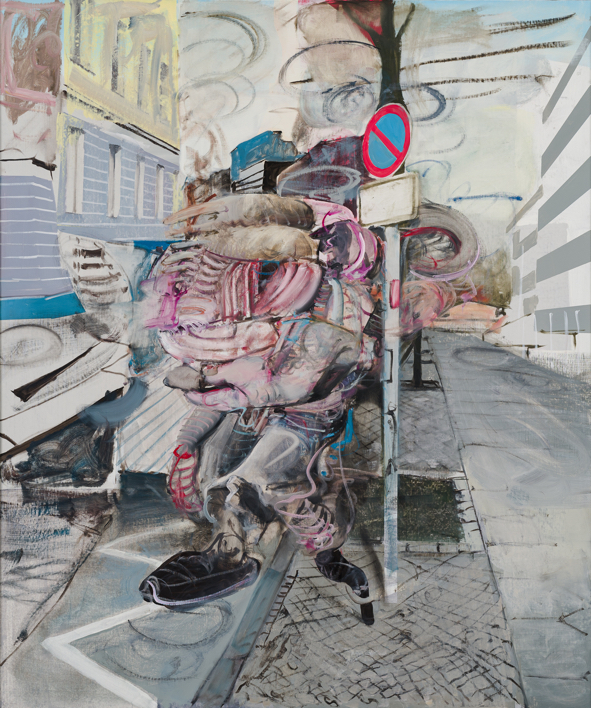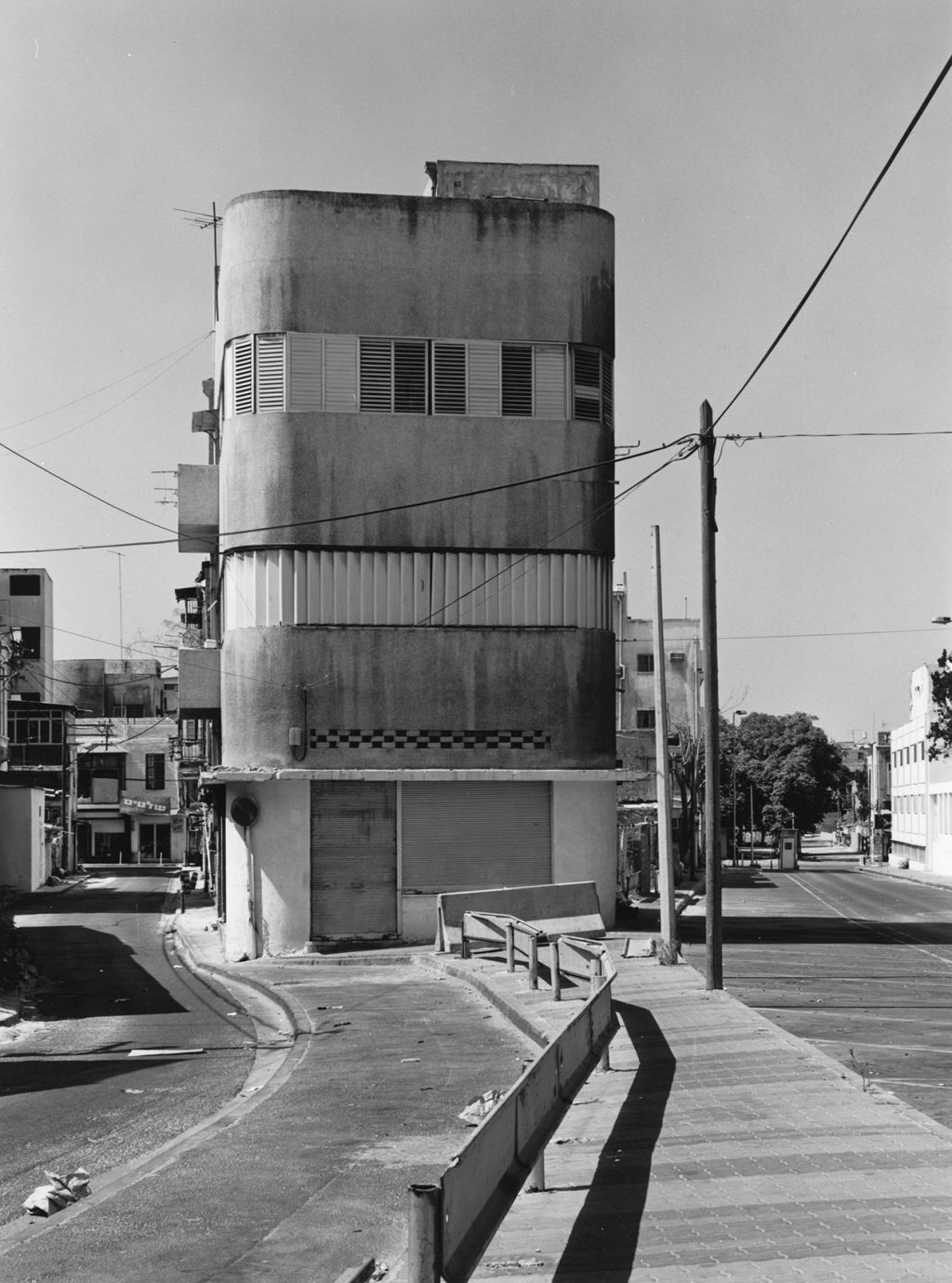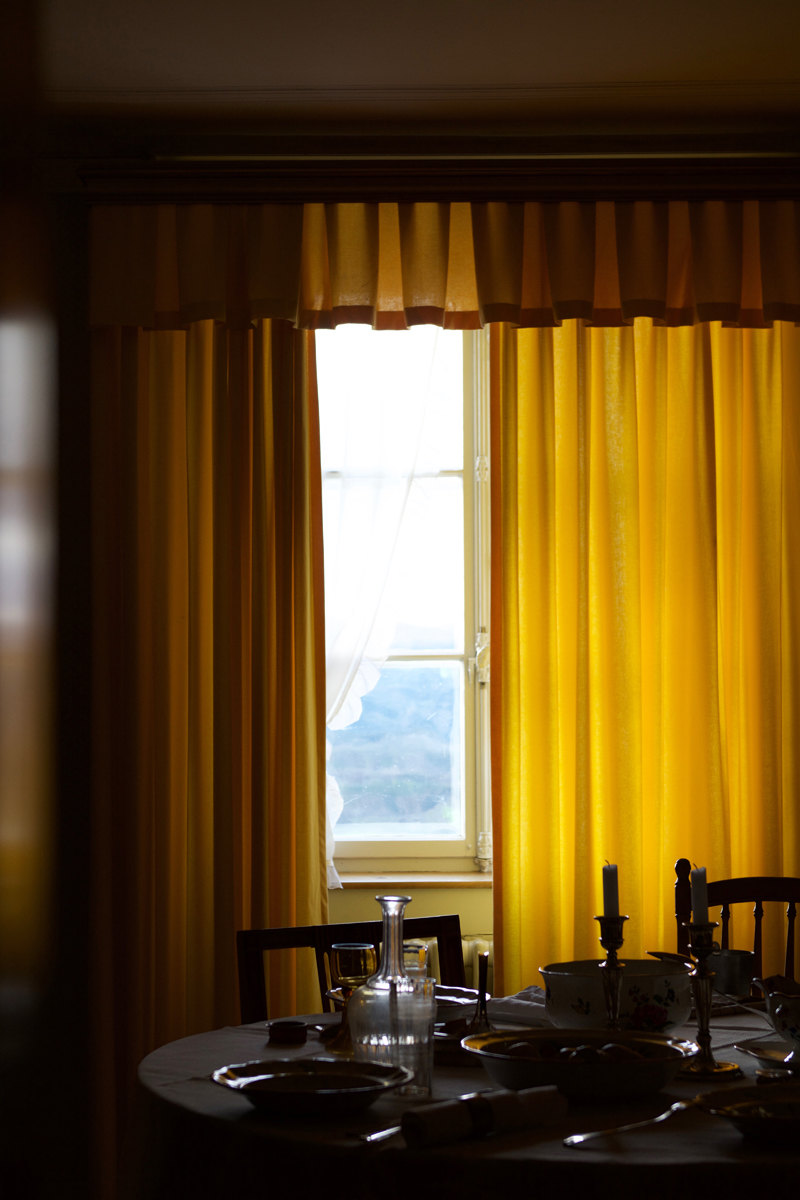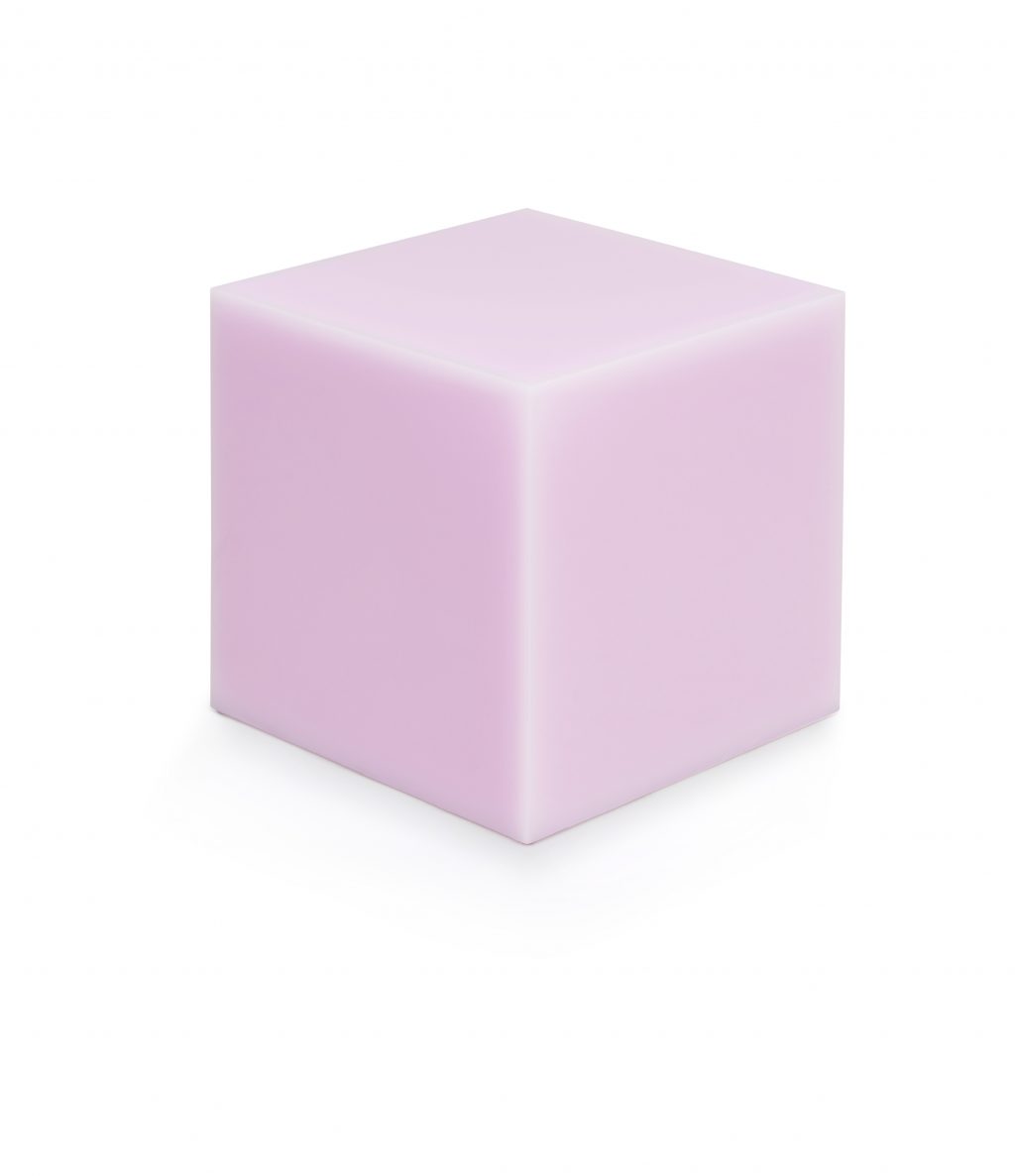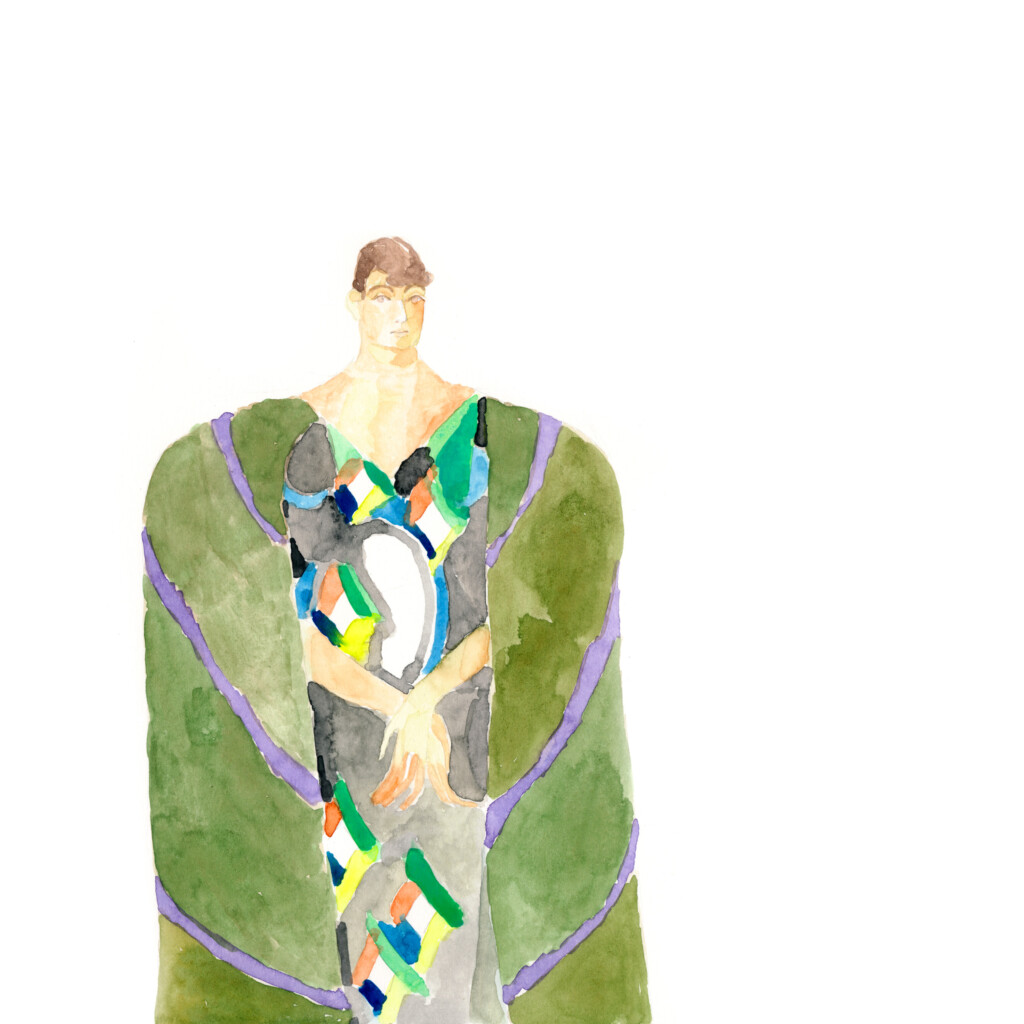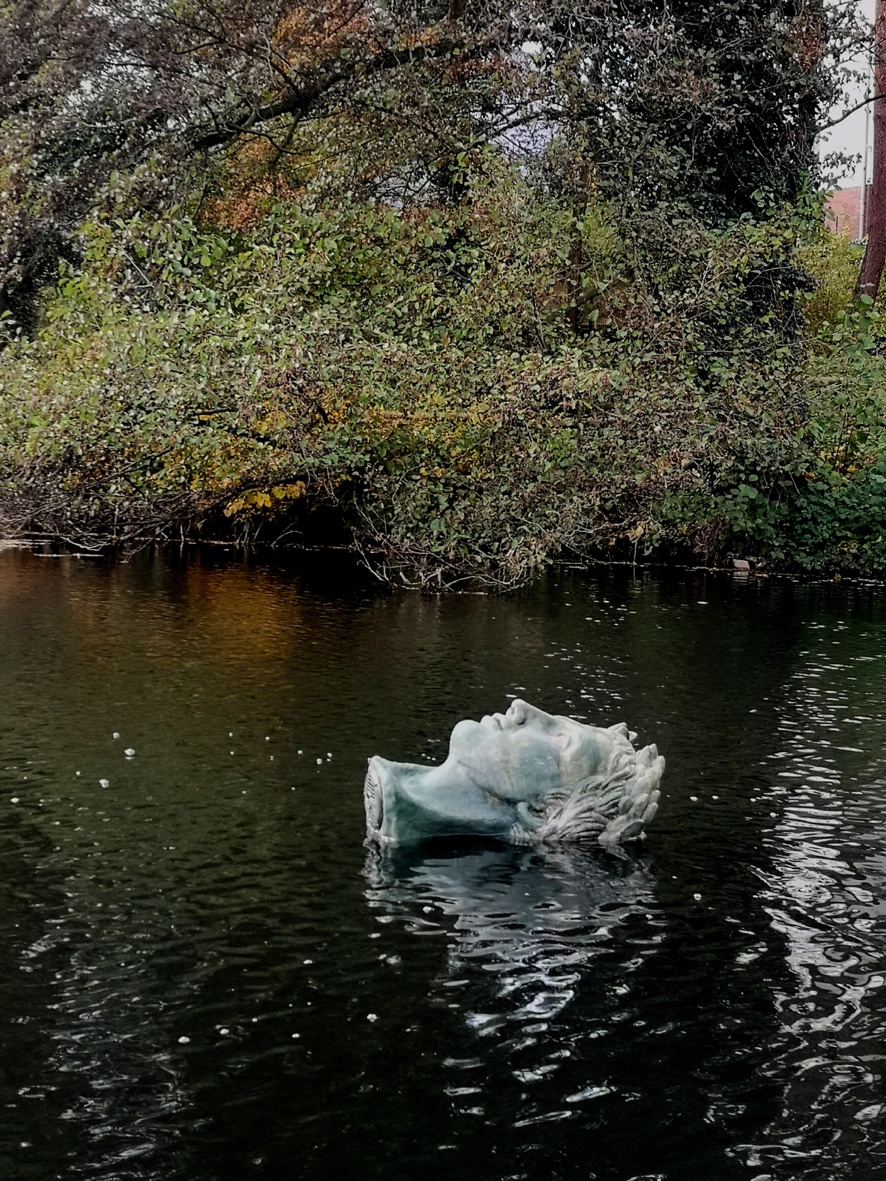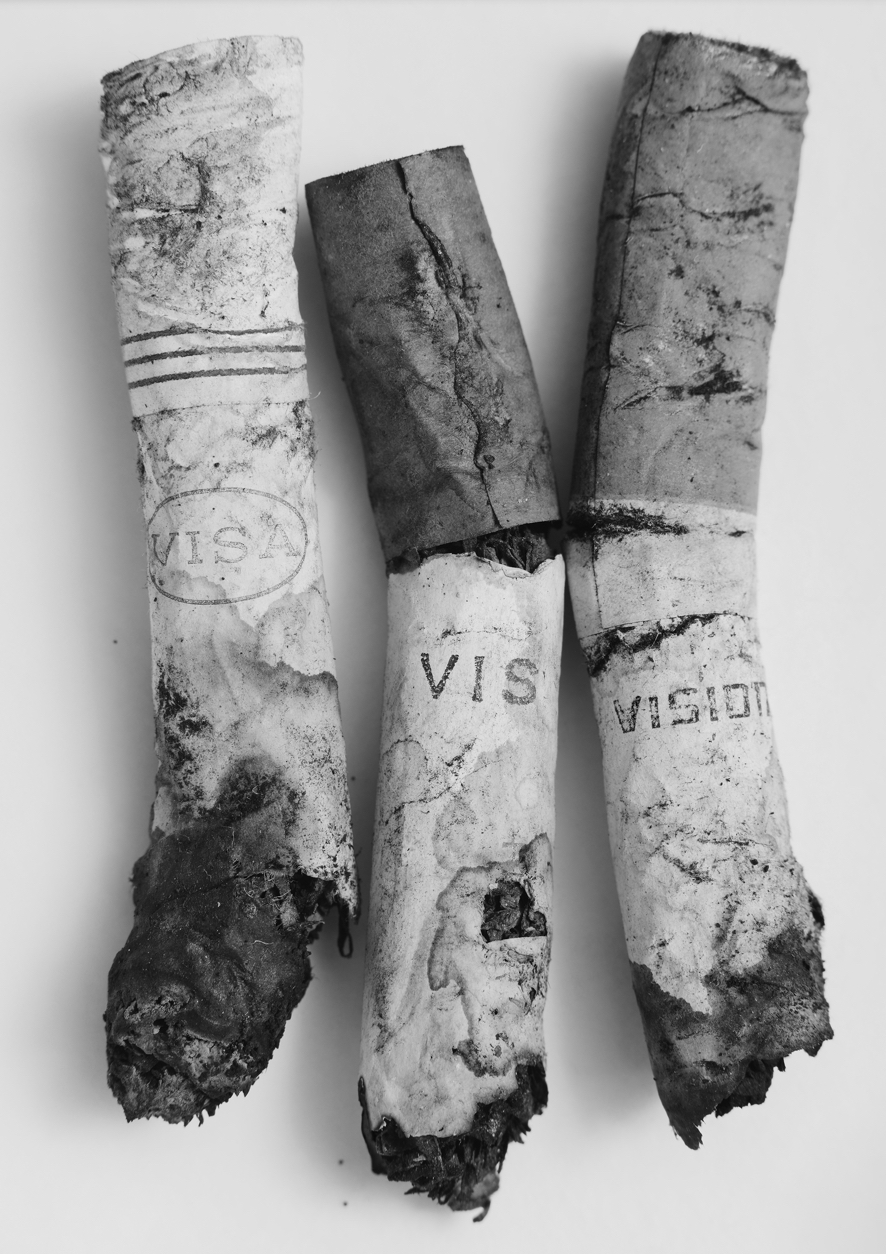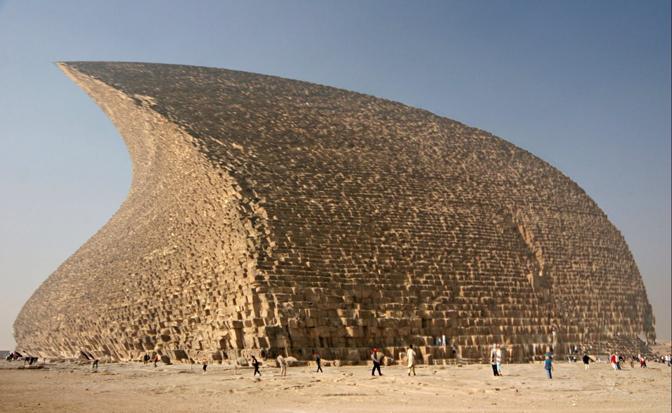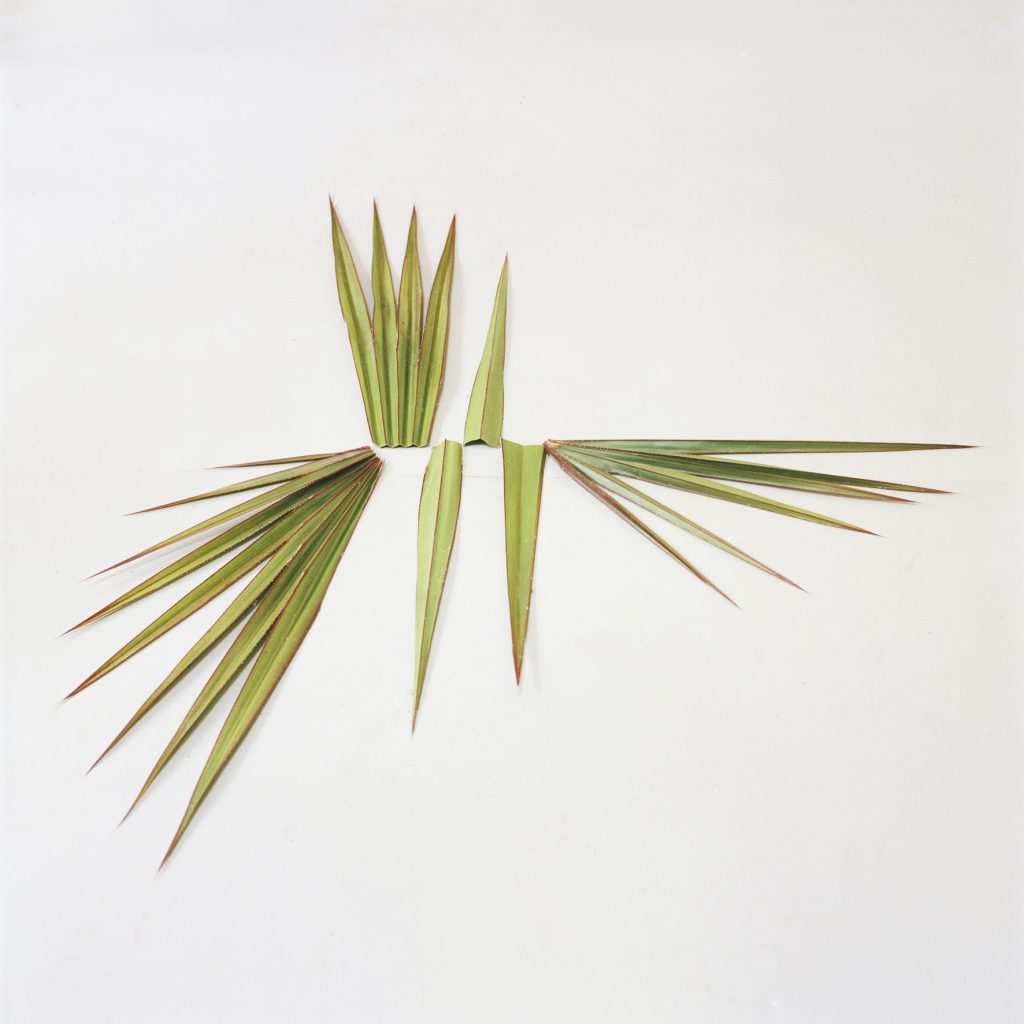In “energy/power”, the inaugural exhibition of Max Goelitz’ new gallery space in Berlin, artist Haroon Mirza focuses on the harvesting and distribution of electricity to address socio-political issues deriving from technology, nature and humans. Central to the multisensory presentation is the large-scale octagonal sculpture Dyson Sphere (2021/2022), which combines radiating halogen lamps with solar panels. Simultaneously powering an ecosystem of sound-generating objects and psychoactive plants.
MODERN-DAY HOLISTIC HEALTH
By combining traditional wisdom with current scientific insights, My Inner Health Club gives guidance on various aspects of health and well-being: from coping with stress, restlessness, and anxiety, to sleeping problems or poor nutrition. The streaming service founded by Ann-Kathrin Grebner and Yasmin Poloczek hosts online classes by leading experts and practitioners from across the globe, reviving ancient knowledge overlooked by the modern health system.
HOW TO BEST TEACH DESIGN TODAY?
FROM PRALINES TO PLATES
FONDATION BEYELER’S JUBILEE
Standing, sitting and strolling among 100 of the Beyeler Collection’s most iconic works are not only visitors but thirteen hyper-realistic sculptures by US artist Duane Hanson. Neither beautiful nor ugly, just ordinary at heart. The figures, embodying marginalised collectives of the 70s-80s American society, populate the rooms and enter a dialogue with both the artworks and the architecture. Yet only a special occasion could have attracted such guests, namely the Fondation Beyeler’s 25 Year Anniversary.
HUNGARIAN MODERNISTS
Little is known, that even before the outbreak of First World War, the rapidly growing city of Berlin attracted a great number of Hungarian artists. In search of a platform to engage with international audiences and encouraged by the failed revolution in their homeland in 1919, the German capital offered them a place to explore creative freedom. With “Magyar Modern” (Hungarian Modernists) Berlinische Galerie renders tribute to the versatile contribution of Hungarian artists to modern art. Among the artists presented are well-known figures such as László Moholy-Nagy or Marcel Breuer and exciting rediscoveries like Lajos Tihanyi.
BETWEEN CUBA AND AACHEN
With the survey “Ya Estamos Aquí” Ludwig Forum Aachen ties on the long-existing relationship of the museum with Belkis Ayón, a master of print-making and one of the most influential Cuban artists until this day. In her rich collagraphies she combined catholic iconography with depictions of Abakuá rituals, a secret Afro-Cuban cult which she studied extensively. It was by means of these patriarchial motifs that she reflected on her own social, political and emotional struggles—ultimately shaping new mythologies.
SCHINKEL PROGRESSIVE
Right in the historic centre of Berlin, the former site of Karl-Friedrich Schinkel’s famous Bauakademie will be home to the Federal Bauakademie Foundation. After an intense participation process with experts and citizens on the appearance and the use of the future building, one thing is certain: The Bauakademie is to be a demonstration project of what innovative, future-oriented and sustainable architecture means today and tomorrow—radiating the visionary spirit of Schinkel.
IMPOSED ANONYMITY
Intended as a place of encounter and grief, the walk-through installation by Colombian artist Doris Salcedo “Palimpsest” will be on display for one year at the Fondation Beyeler. The work records the names of refugees who drowned in the Mediterranean and Atlantic over the past 20 years, either embedded in stone slabs or forming as drops of water and seeping away in a constant cycle of inscription and erasure. It bears a timeless and universal experience by questioning how we collectively mourn, how societies remember and how personal suffering and public space are related.
STRUCTURAL HONESTY MEETS TIMELESS BEAUTY
Vitra has been producing the designs of Jean Prouvé since 2002. The French engineer, constructor and designer has had a significant influence on furniture design and was regarded as an innovator of industrial construction. In 2022, Vitra has revised the collection with new original colours and introduced a number of lesser-known designs. At Café Prouvé, a worldwide pop-up series, design aficionados can immerse themselves in the French designer’s oeuvre.
CHÂTEAU ROYAL—TUCKING INTO THE CREATIVE FABRIC OF BERLIN
The opening of Château Royal marks the beginning of a boutique hotel that embraces the good food, wine and art that ignite the energetic flame of Berlin. Inspiring the interiors are materials popular during the city’s heyday at the turn of the 19th and 20th centuries—craquele tiles, colourful stained glass and accents of marble, tin and oak. Each of the hotel’s 93 rooms features a work by a different artist with mediums ranging from painting and sculpture, text and sound. The artworks, discrete or loud, and the artists behind them embody the eclectic spirit of the city.
A NEW CAMPUS FOR PIONEERS OF CHANGE
LOOKING INWARDS
During the first Corona lockdown in New York, Kerstin Brätsch shifted her large-scale, collaborative practice into an inward-looking process. Mysticism, tarot, plant medicine and deitis, like the Sumerian sky goddess Innanna, guided her daily practice of drawing. The complete resulting series of 100 drawings on paper are now shown for the first time in “Die Sein: Para Psychics” at the Ludwig Forum Aachen. Wrapped in Wibke Tiarks’ soundscape and exhibited in a soft colored light, pouring from the room’s tinted windows, the mandala-like drawings become portals to the metaphysical.
NATURAL, BUT SPICY
Swiss company Soeder creates rich, natural products with essential oils of regional sources. For a limited edition with La Boîte, New York, their liquid soaps are spiced up a little. Chef Lior Lev Sercarz created three exclusive fragrances, inspired by spices from Japan, Lebanon and Morocco.
THE ROBOTS ARE BACK
The 2017 exhibition “Hello, Robot: Design between Human and Machine” has been the Vitra Design Museum’s most successful exhibition to date and returned to Weil am Rhein at the end of its world tour in an updated version. Addressing the great strides that have been made in robotics in the past few years, it shows how the robotics boom is changing our lives, and how design is changing robotics. It also raises awareness of the ethical and political questions raised in the context of current technology.

